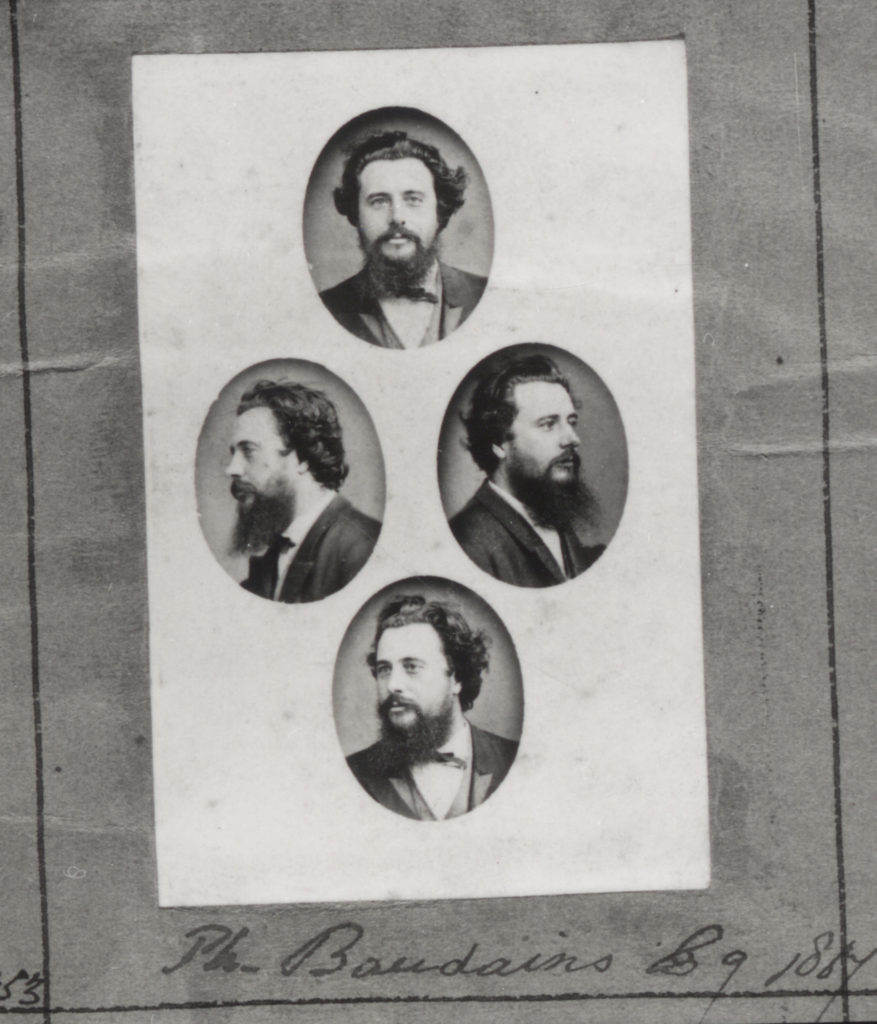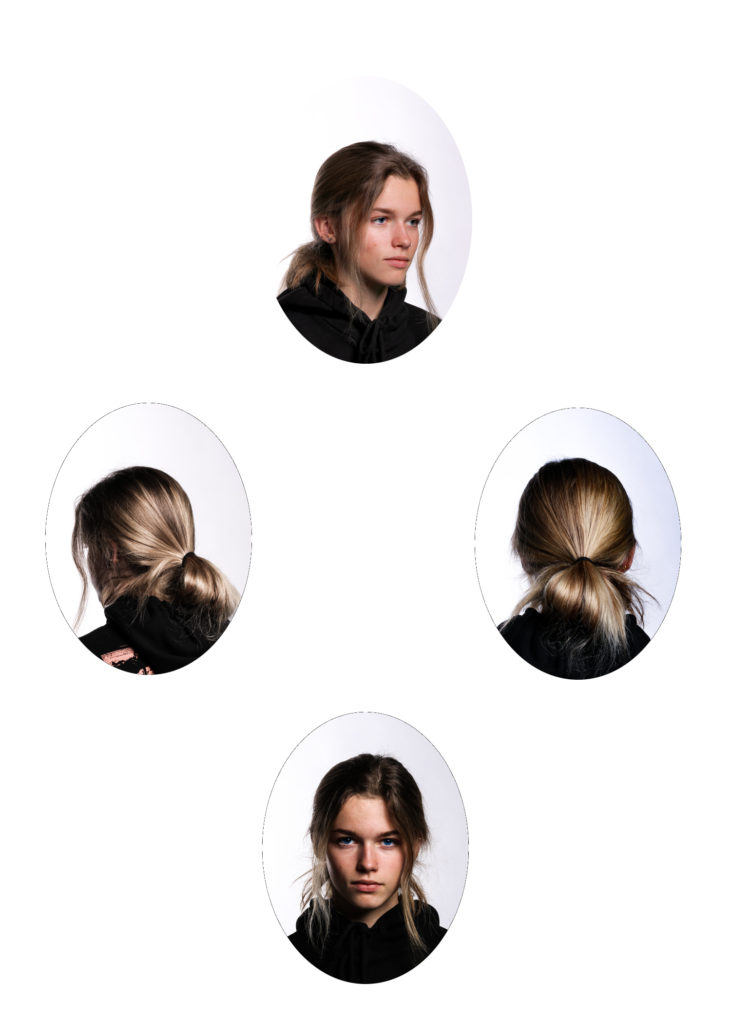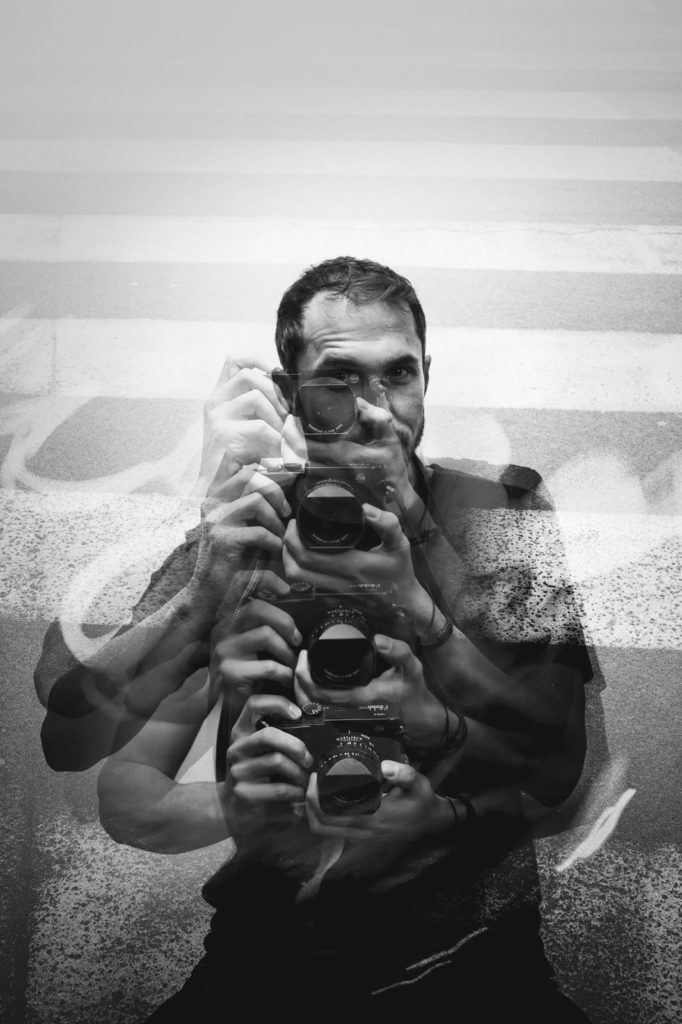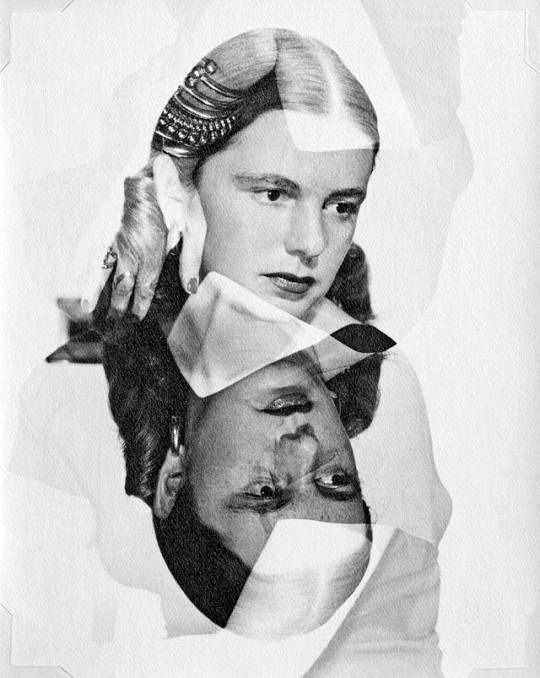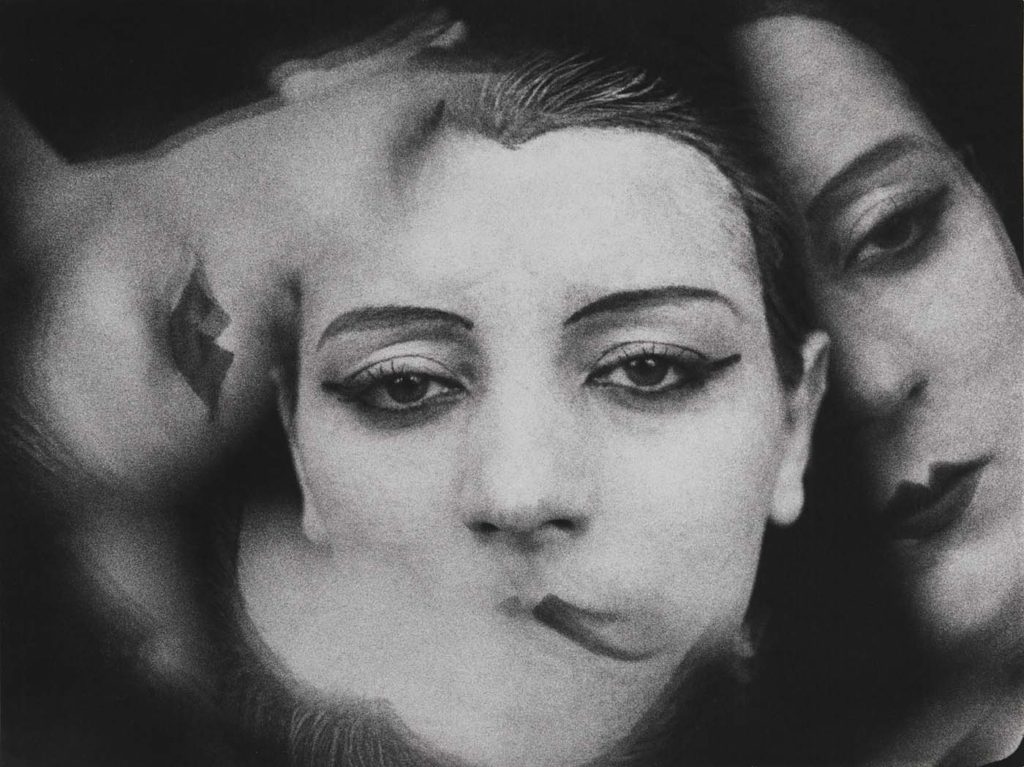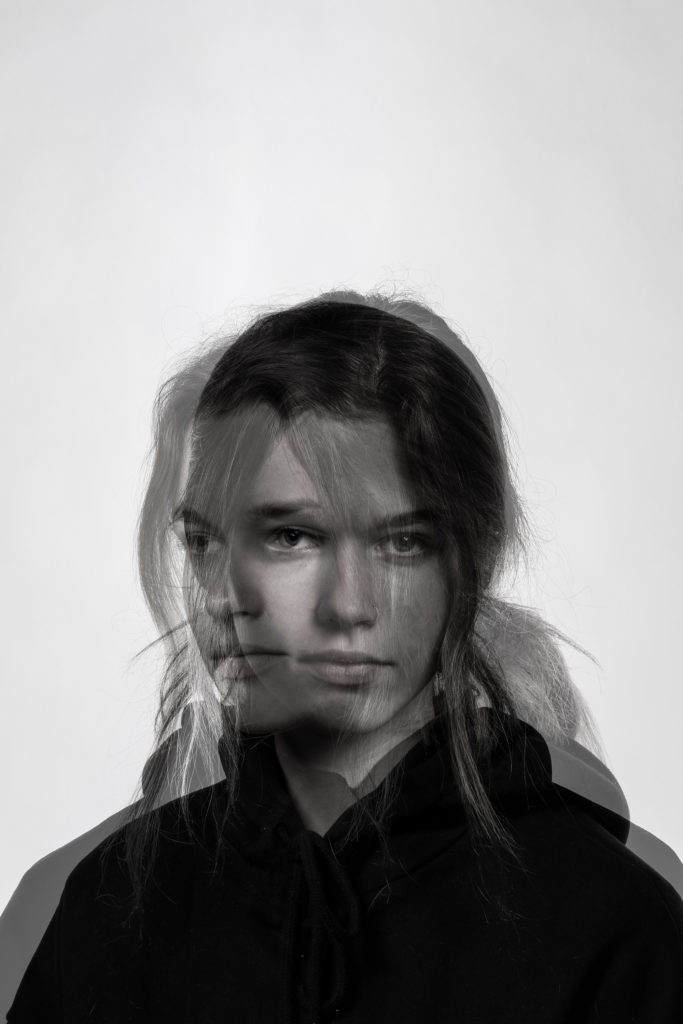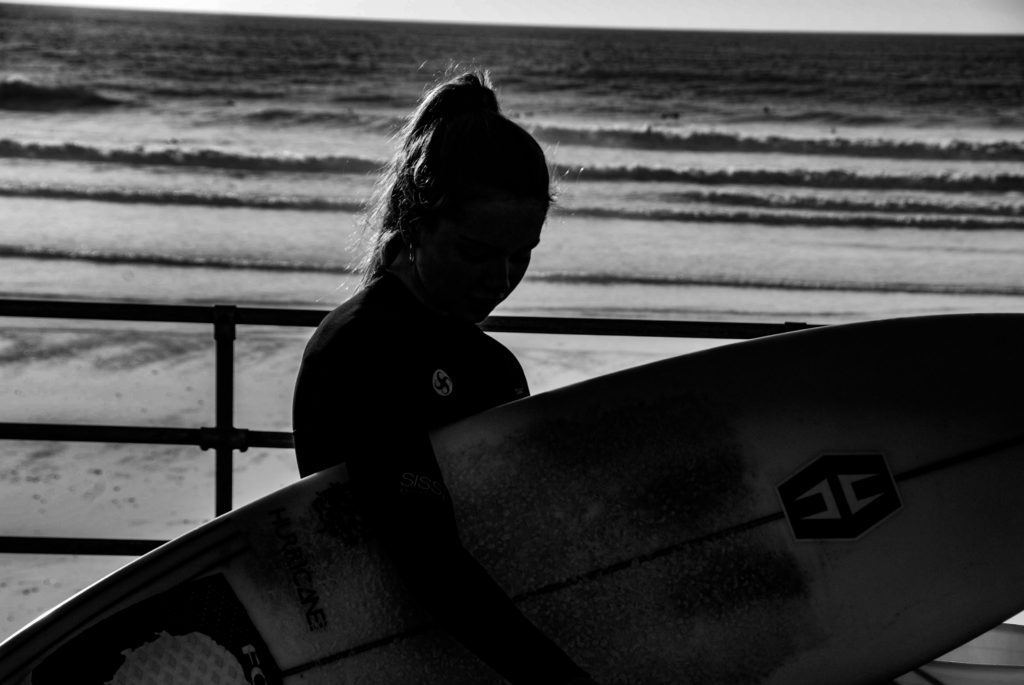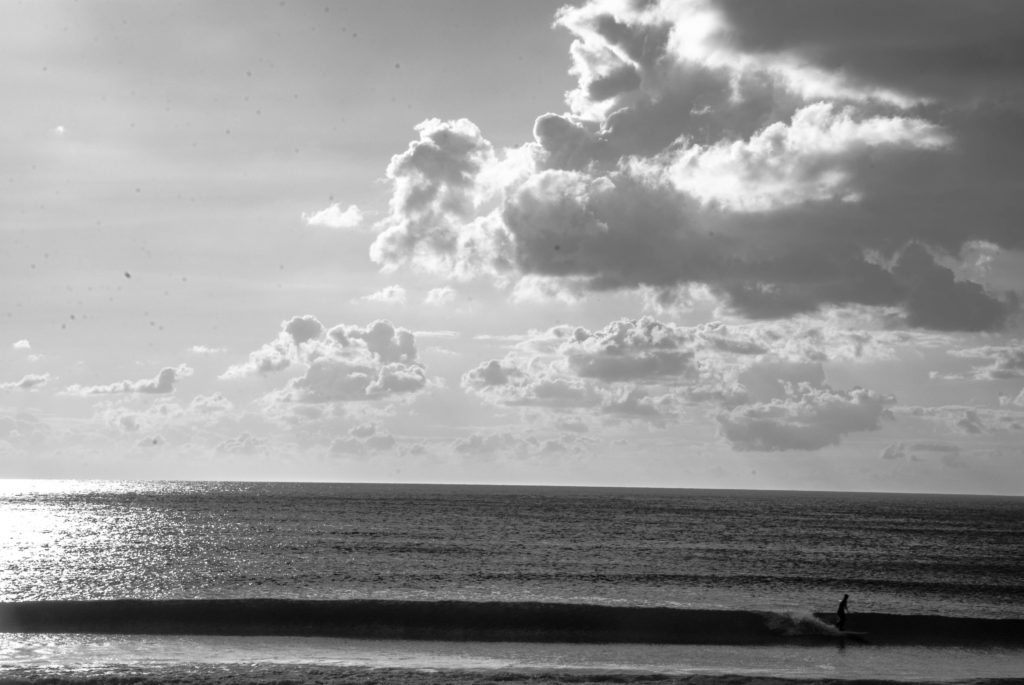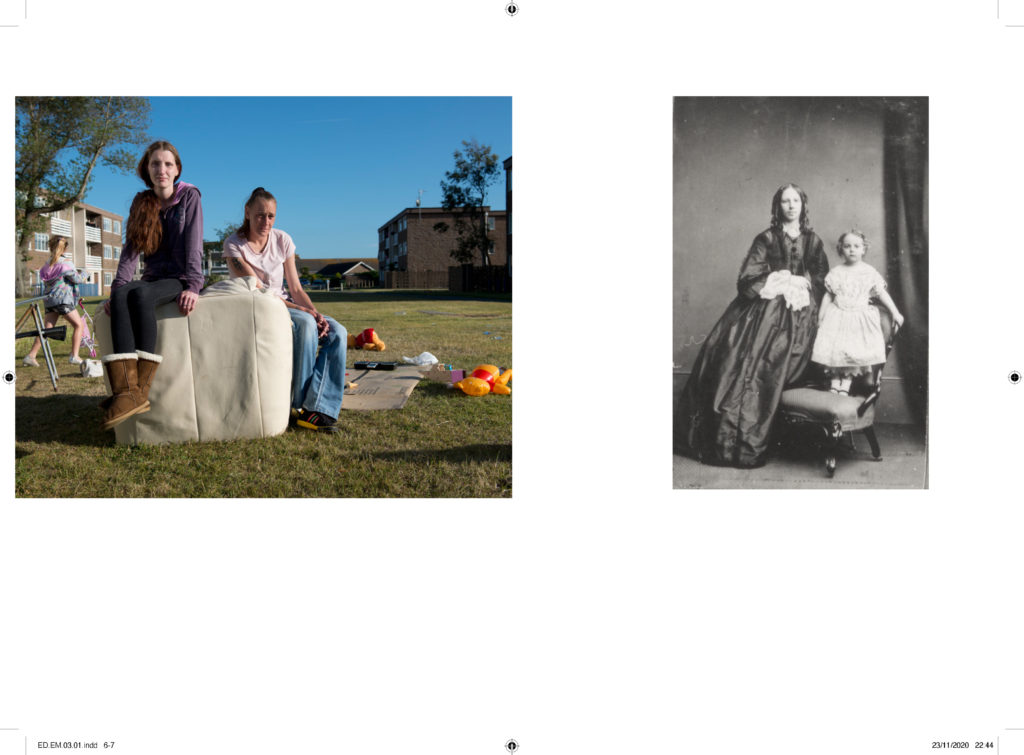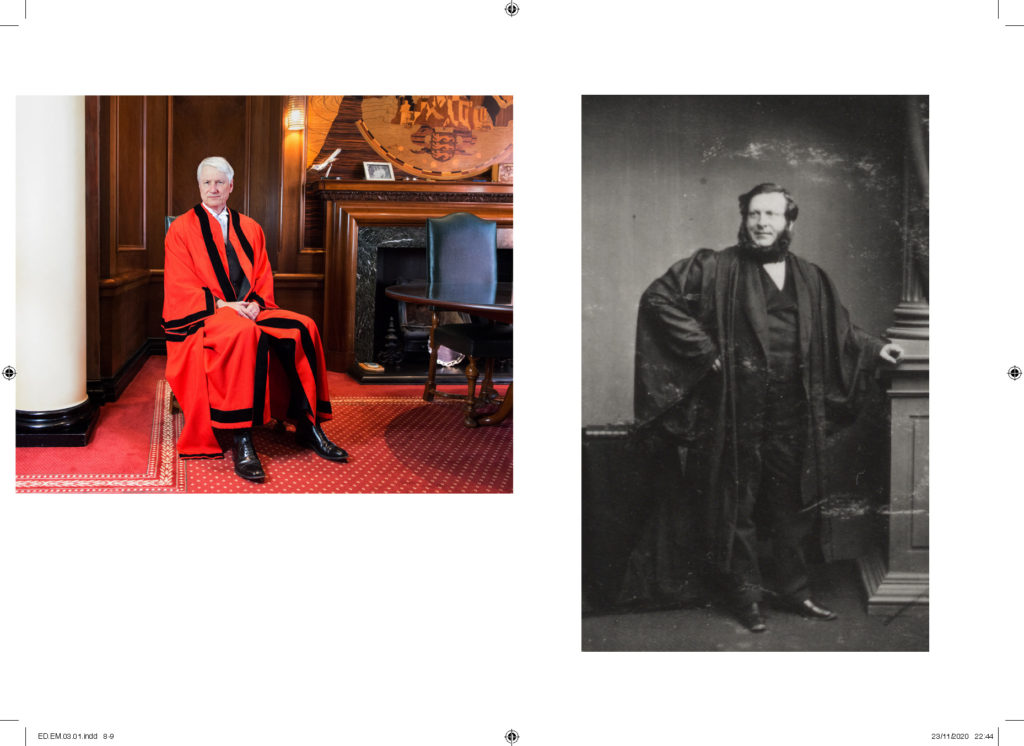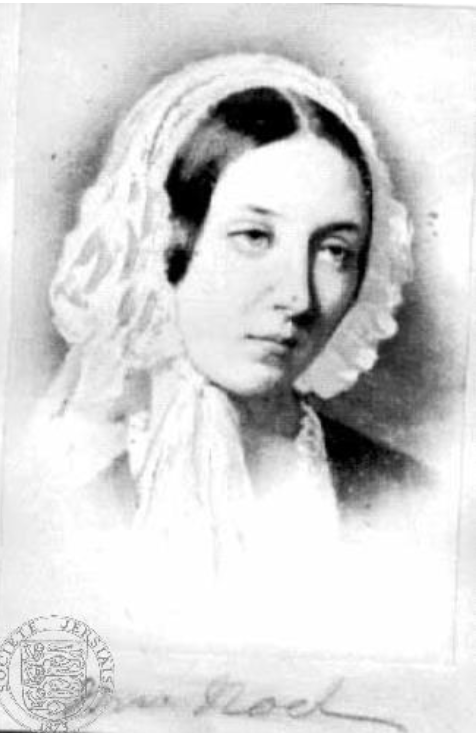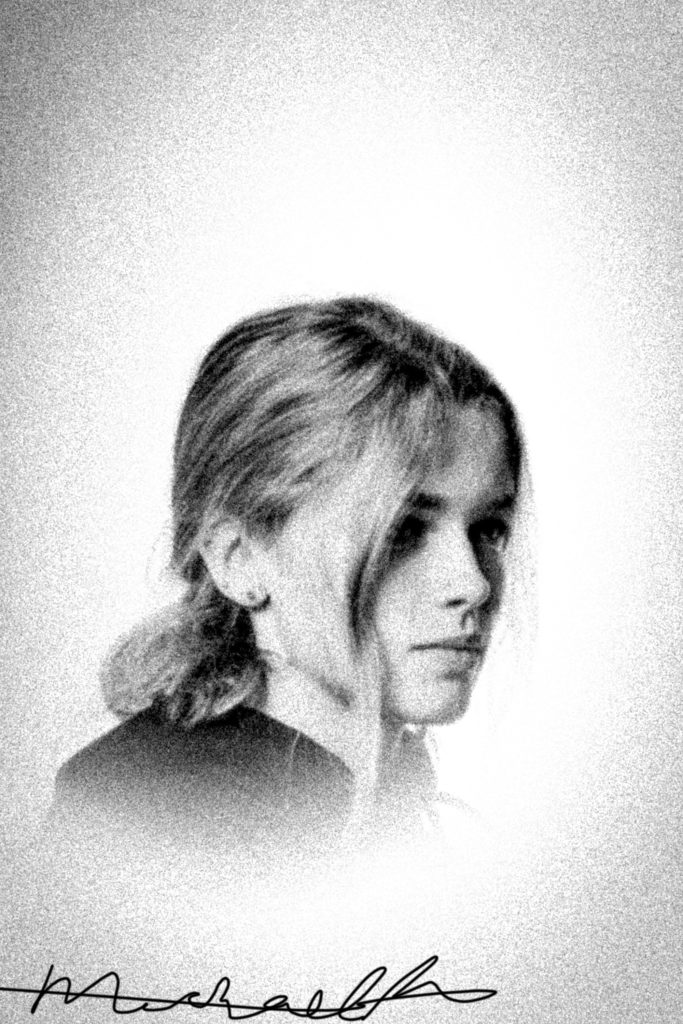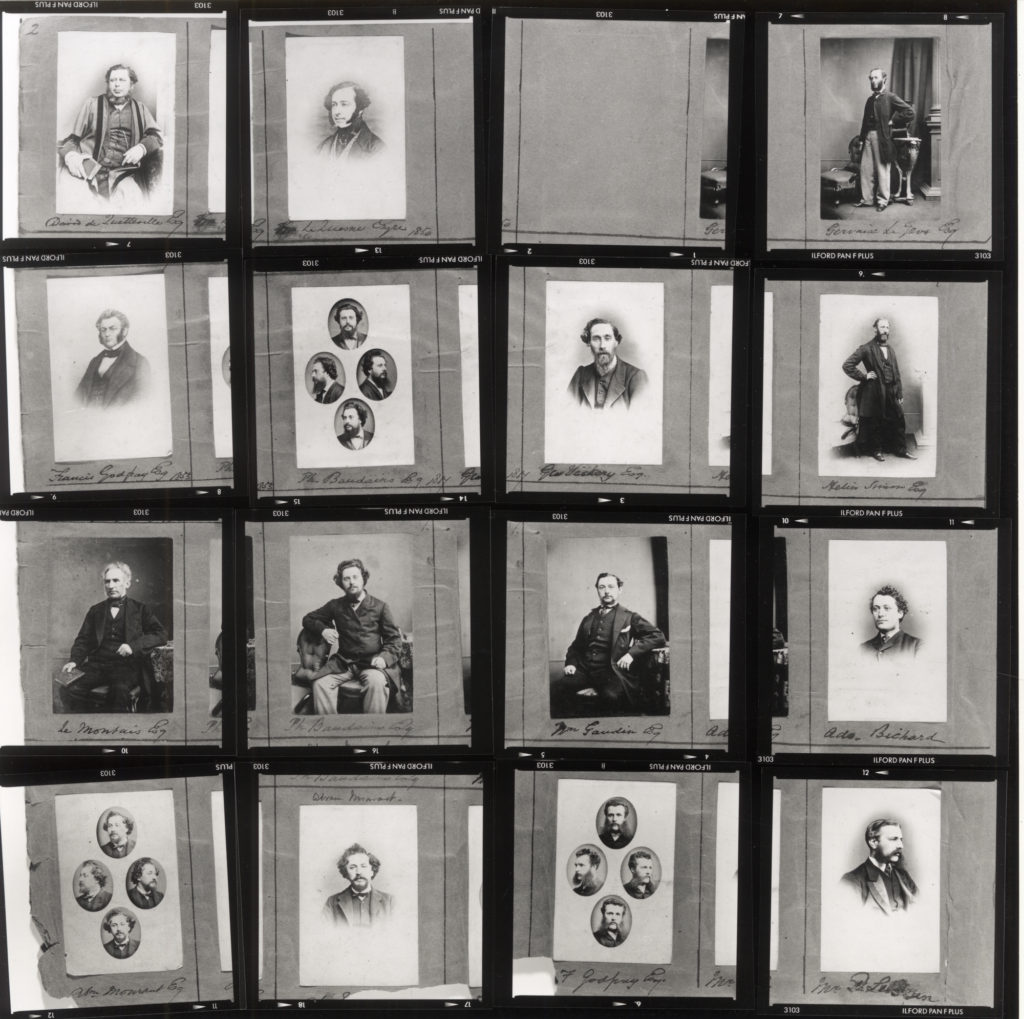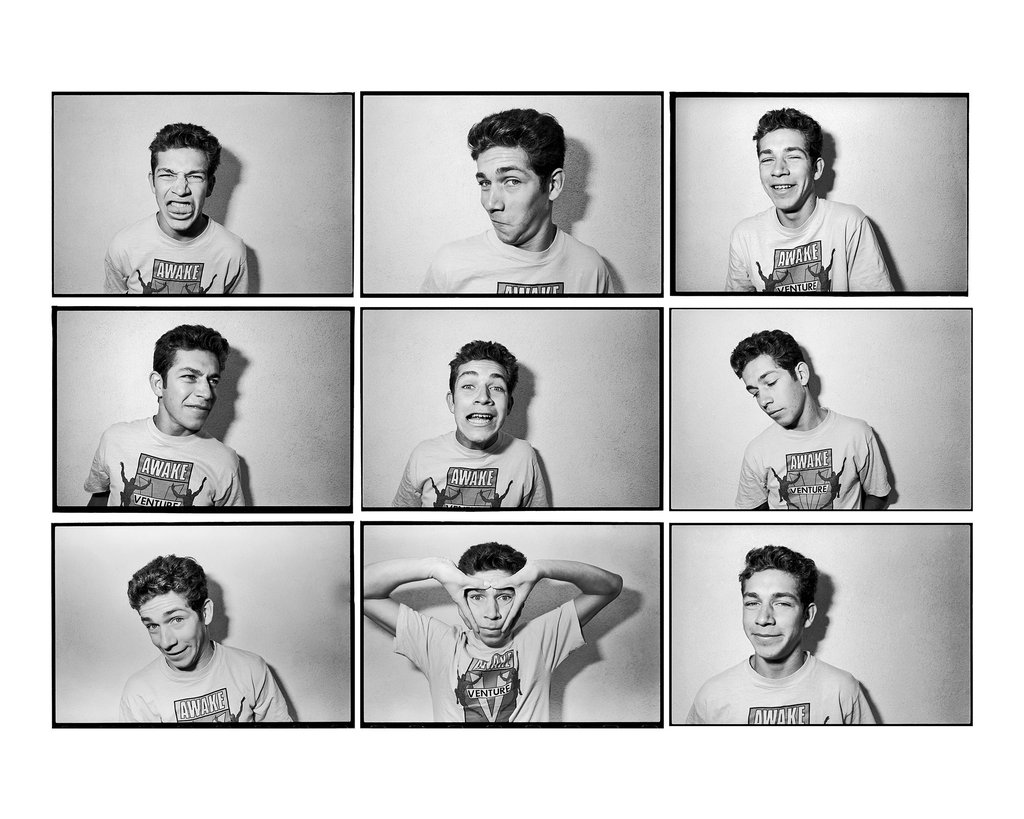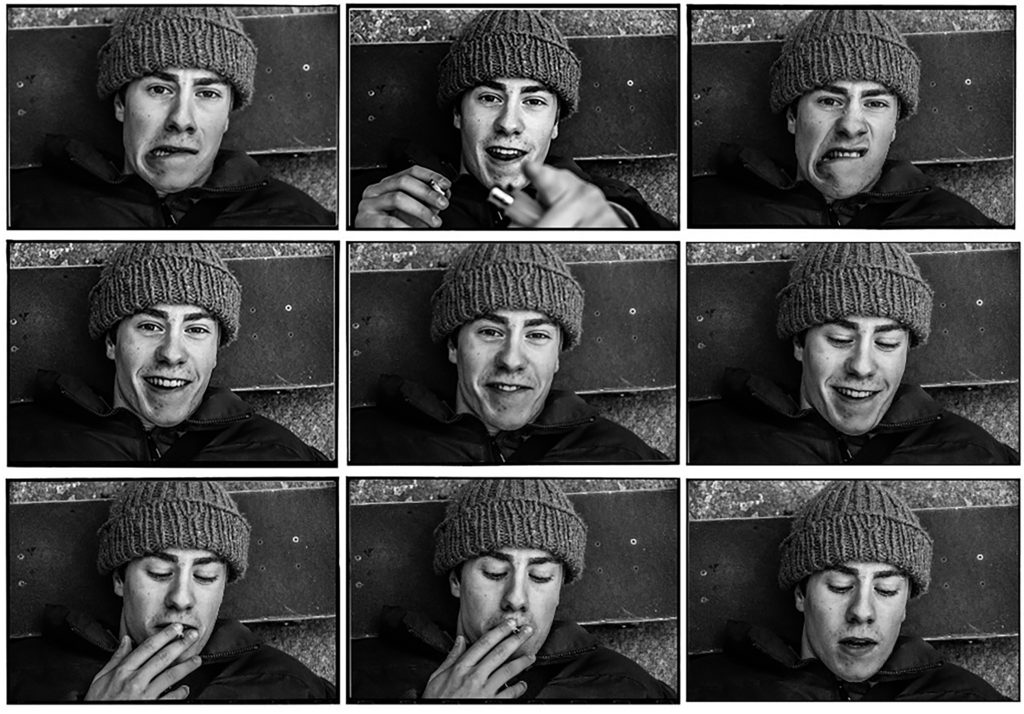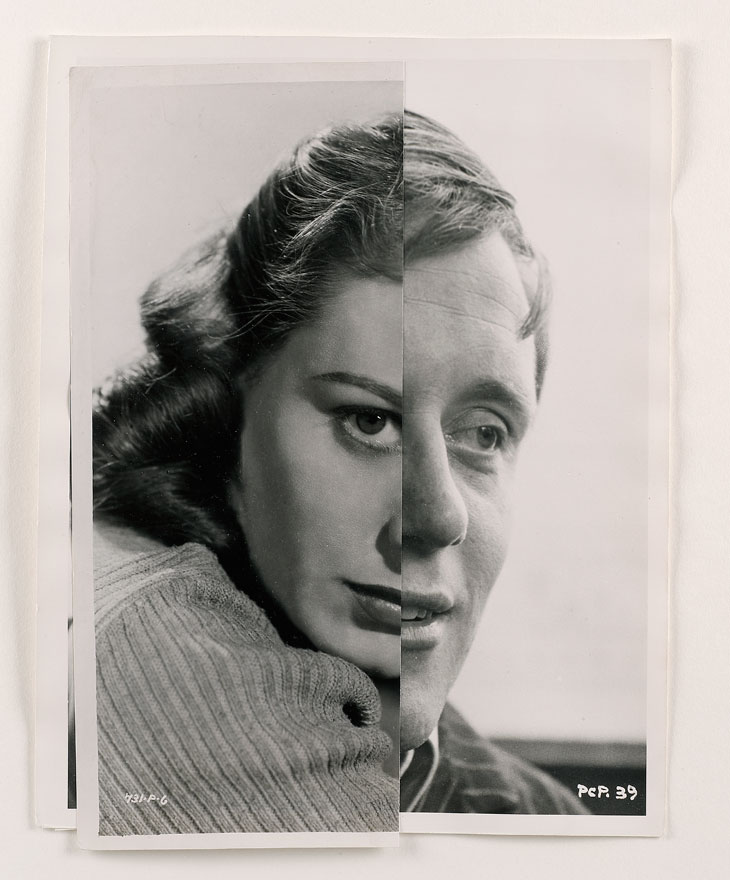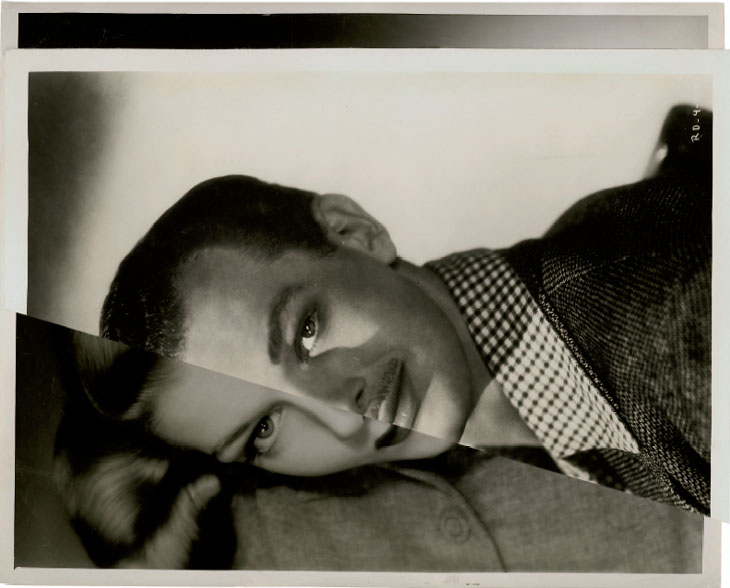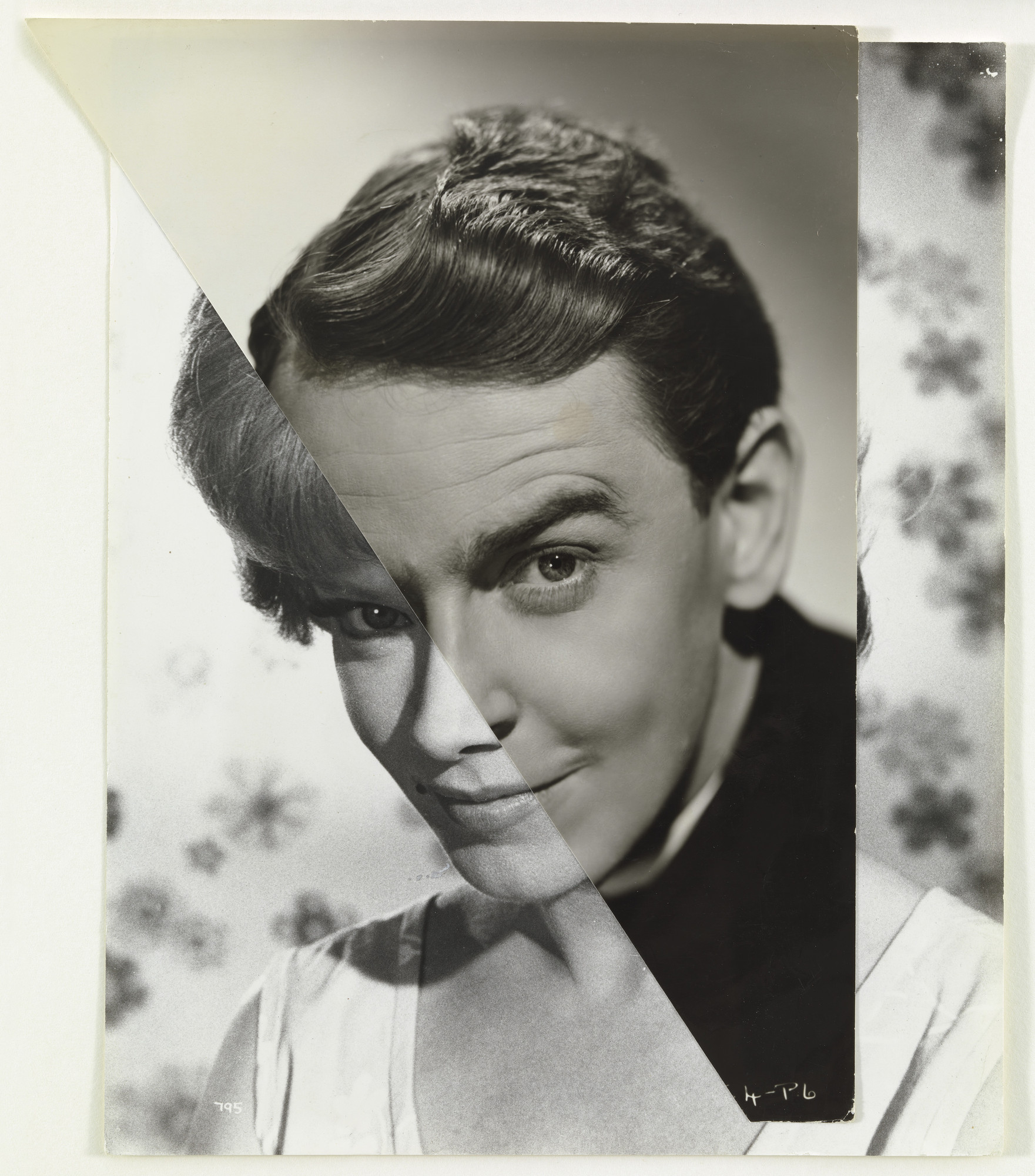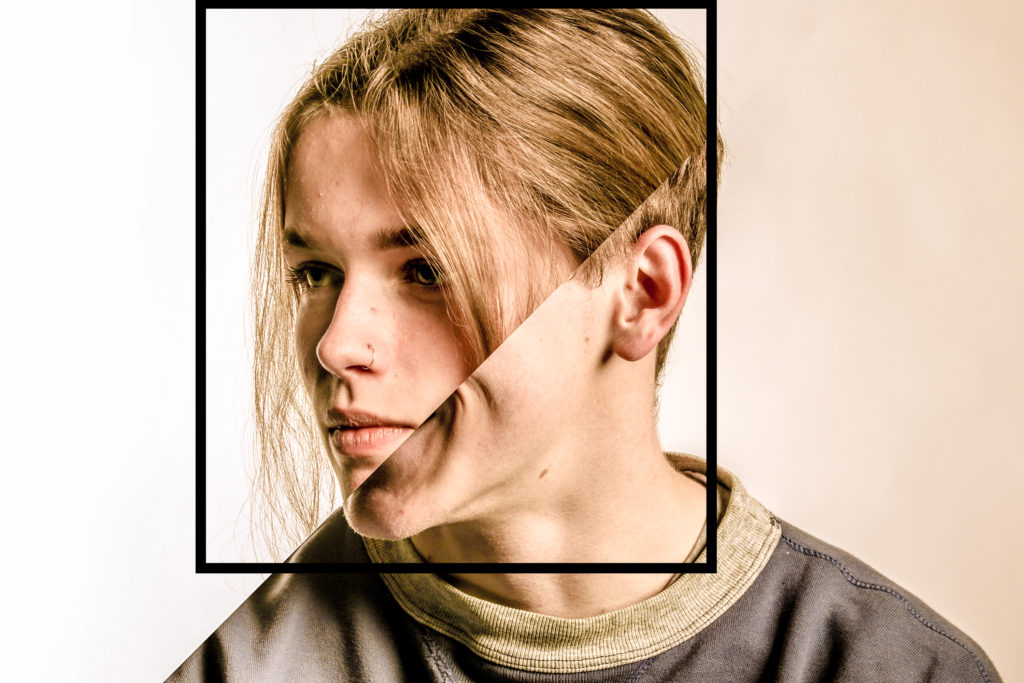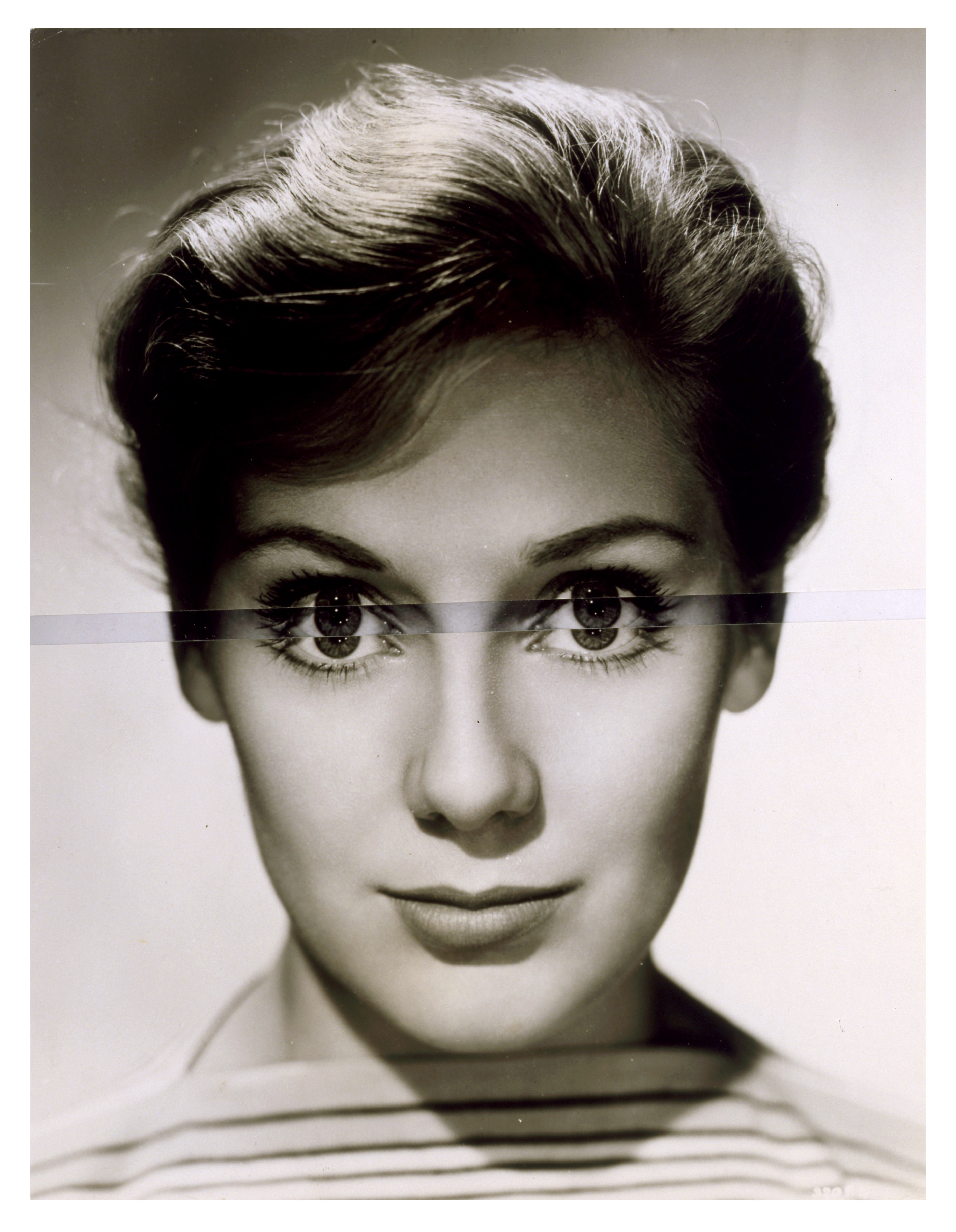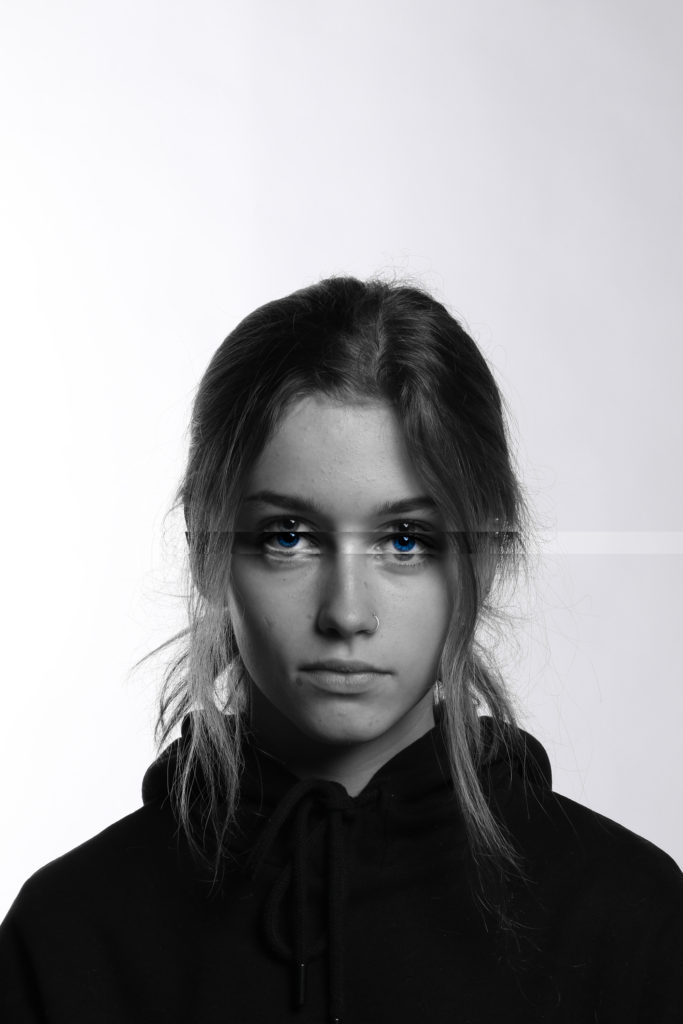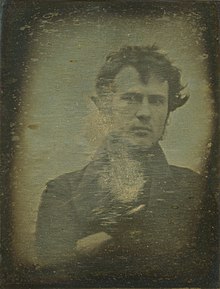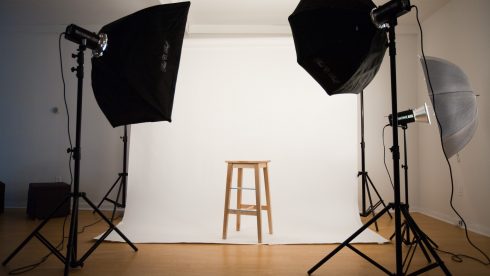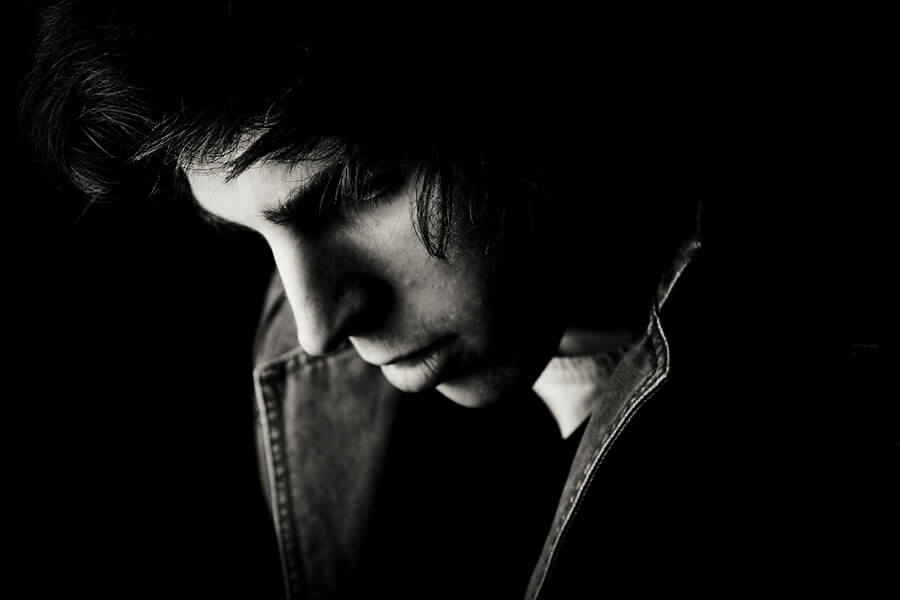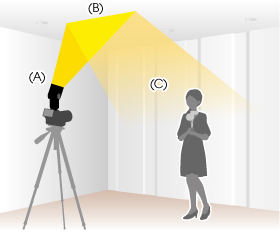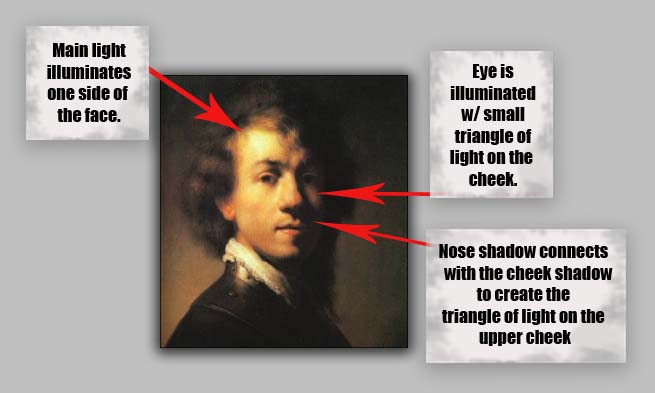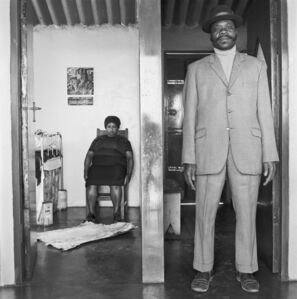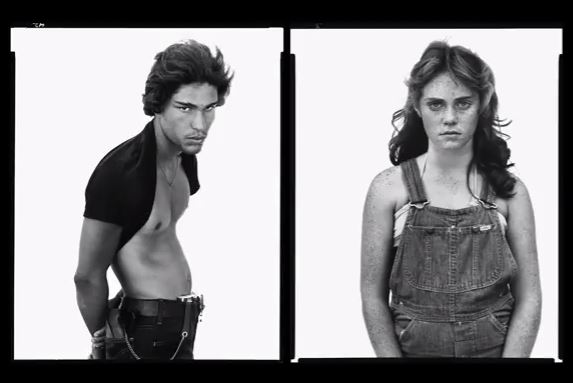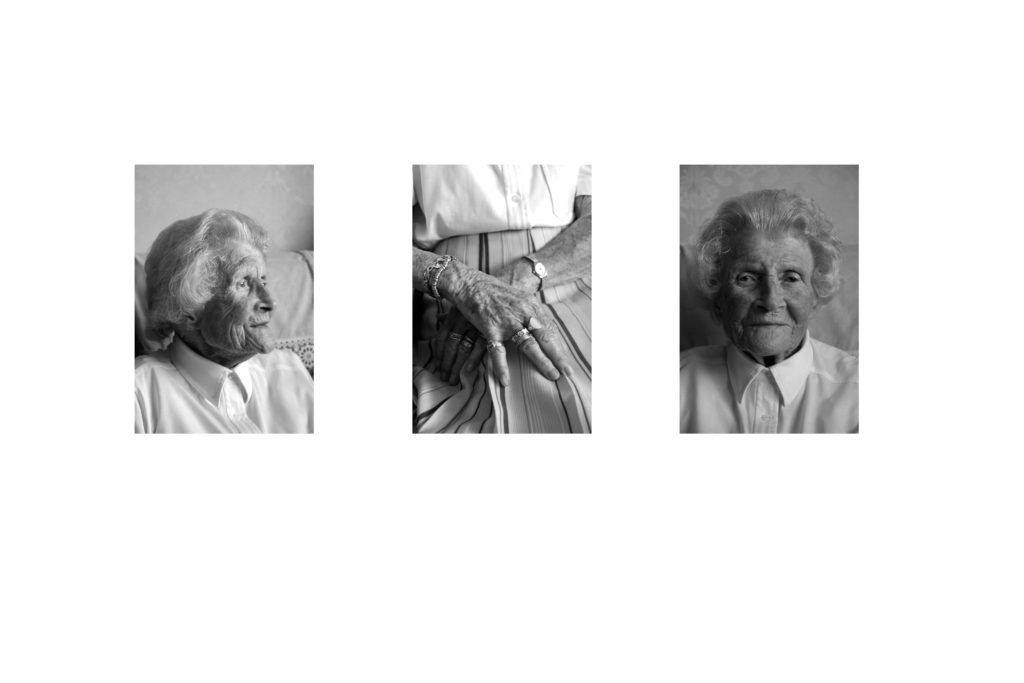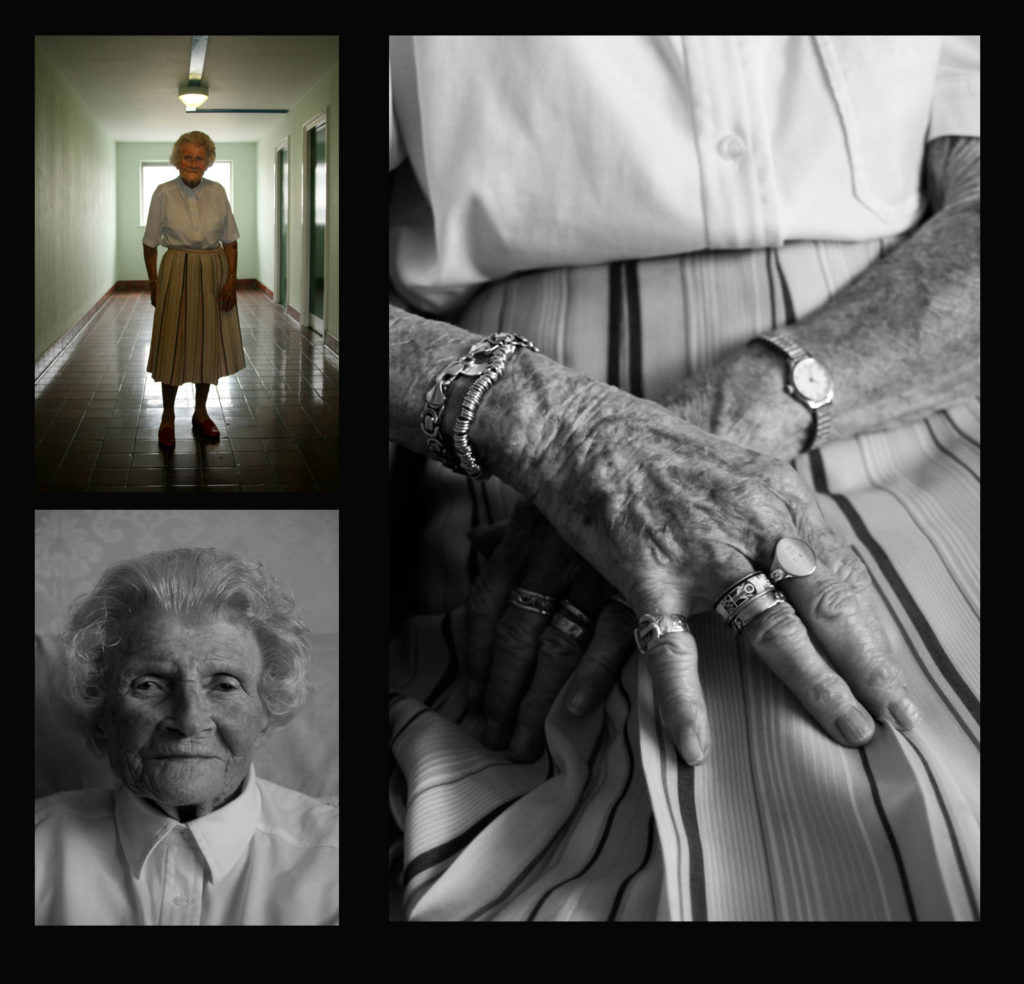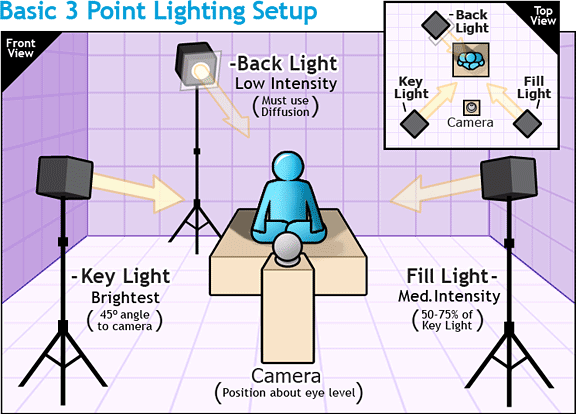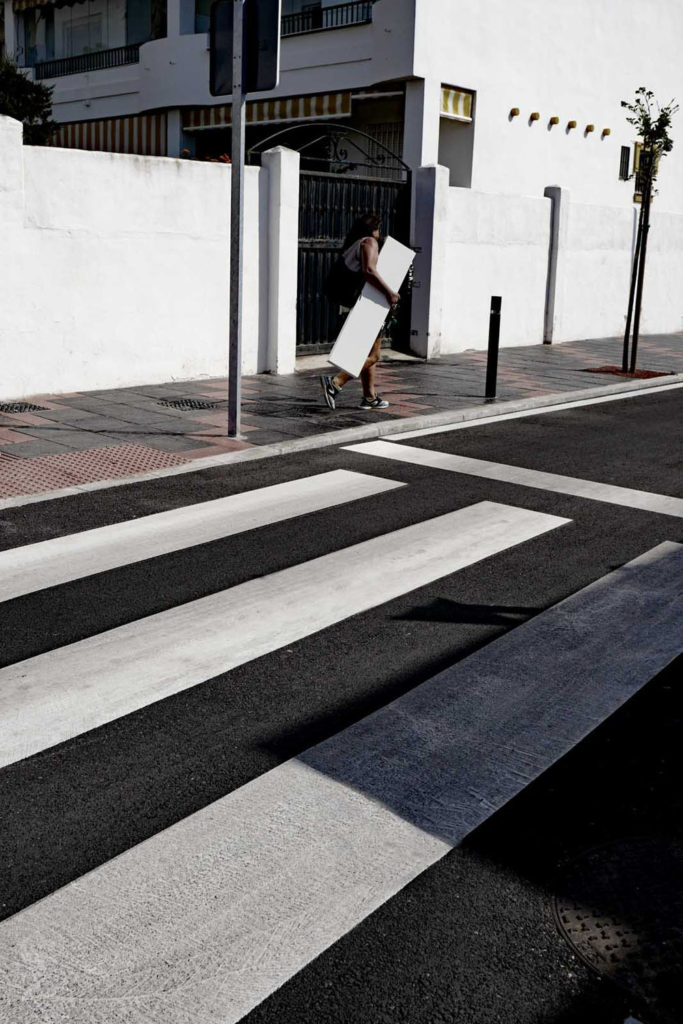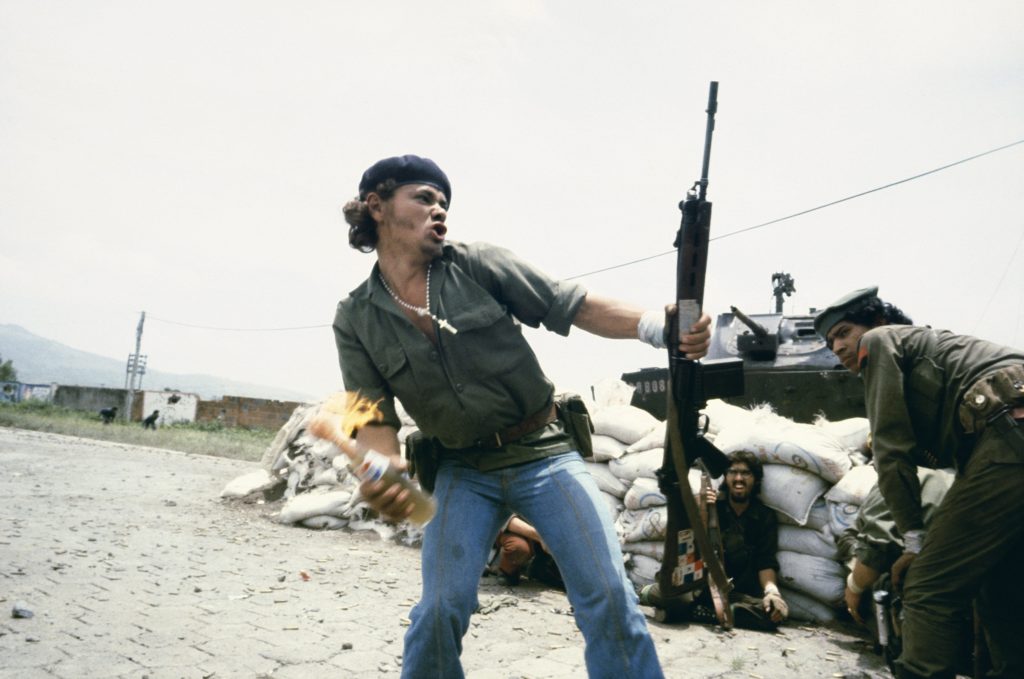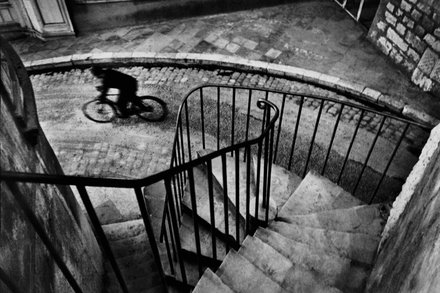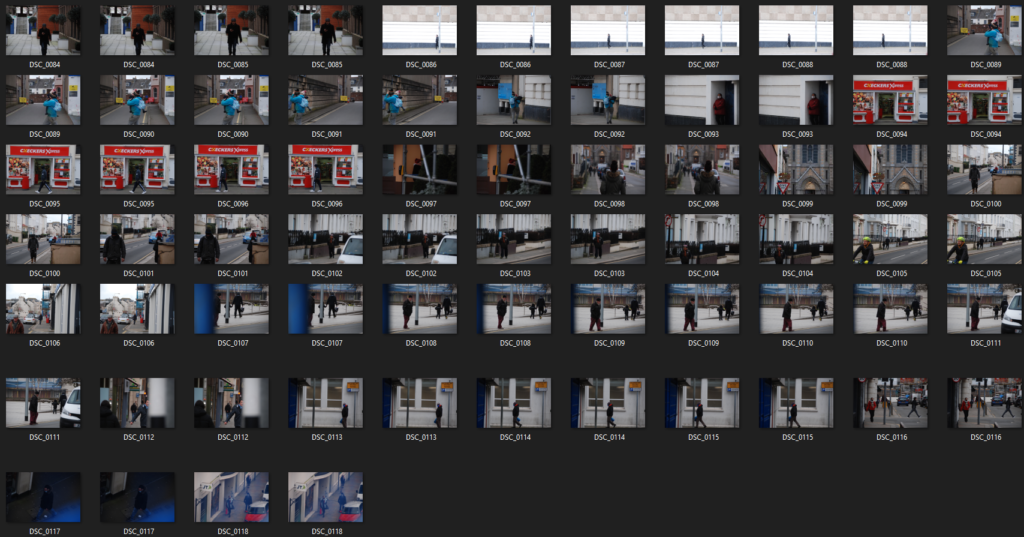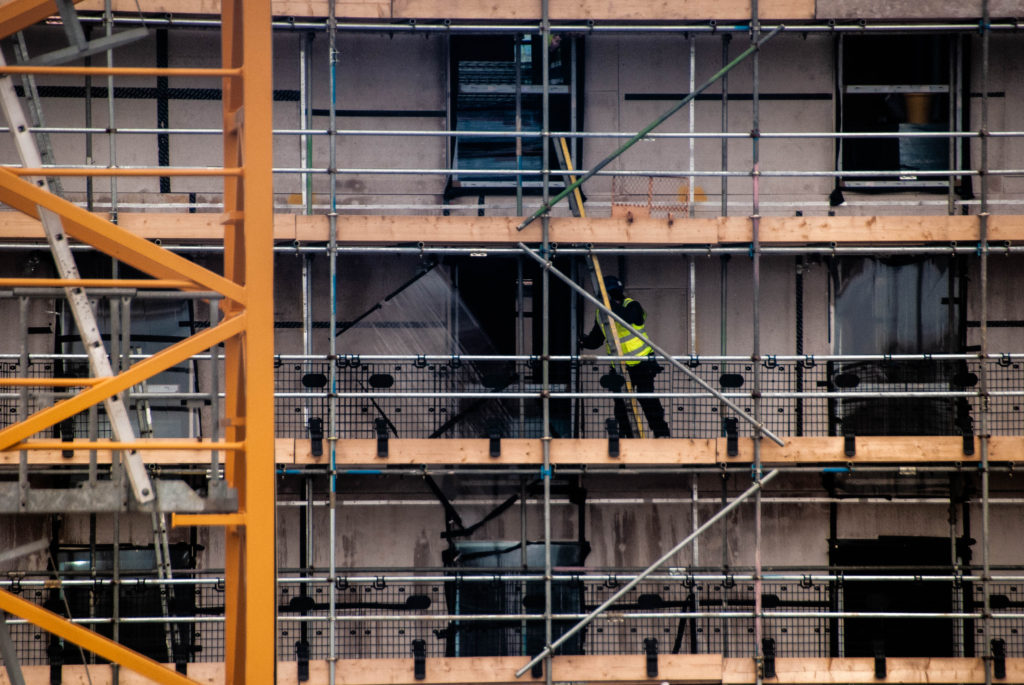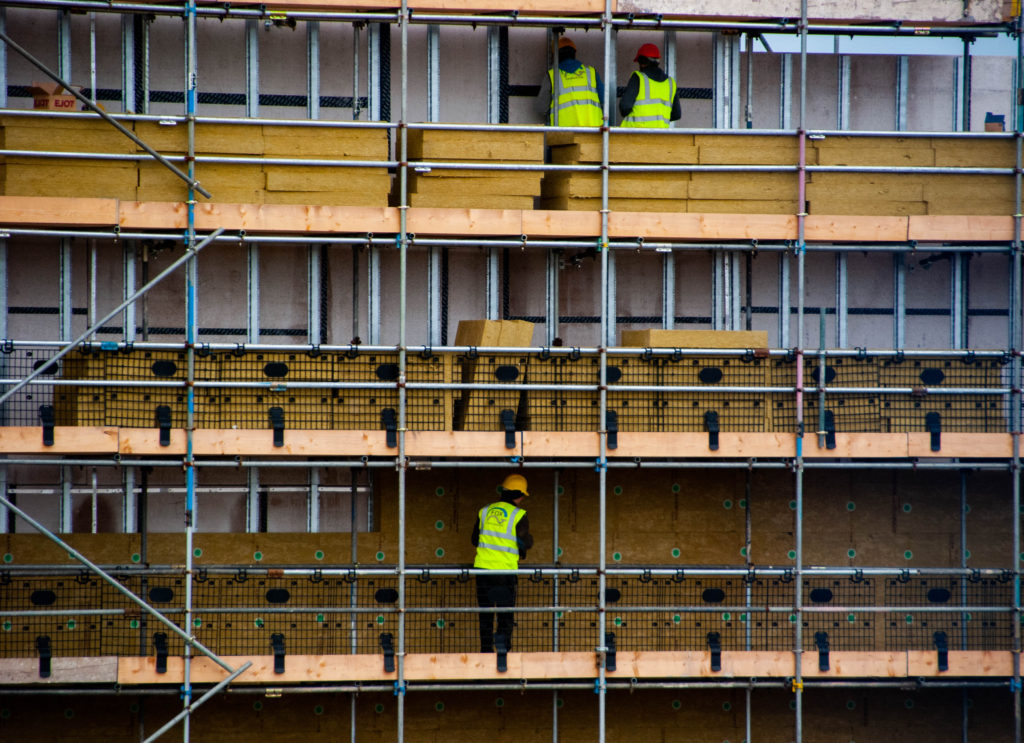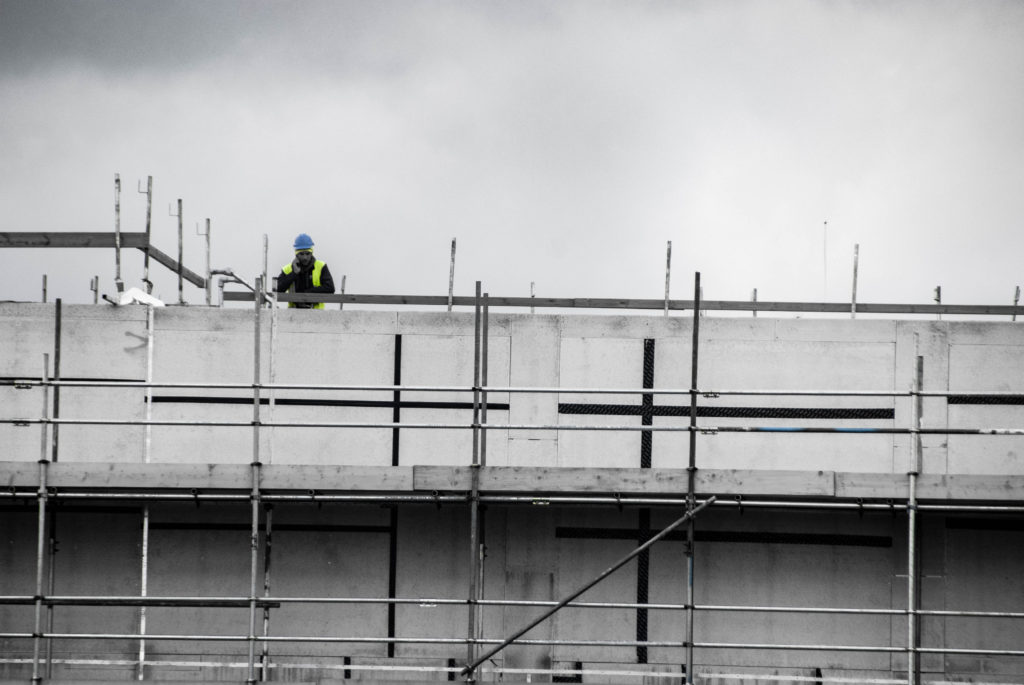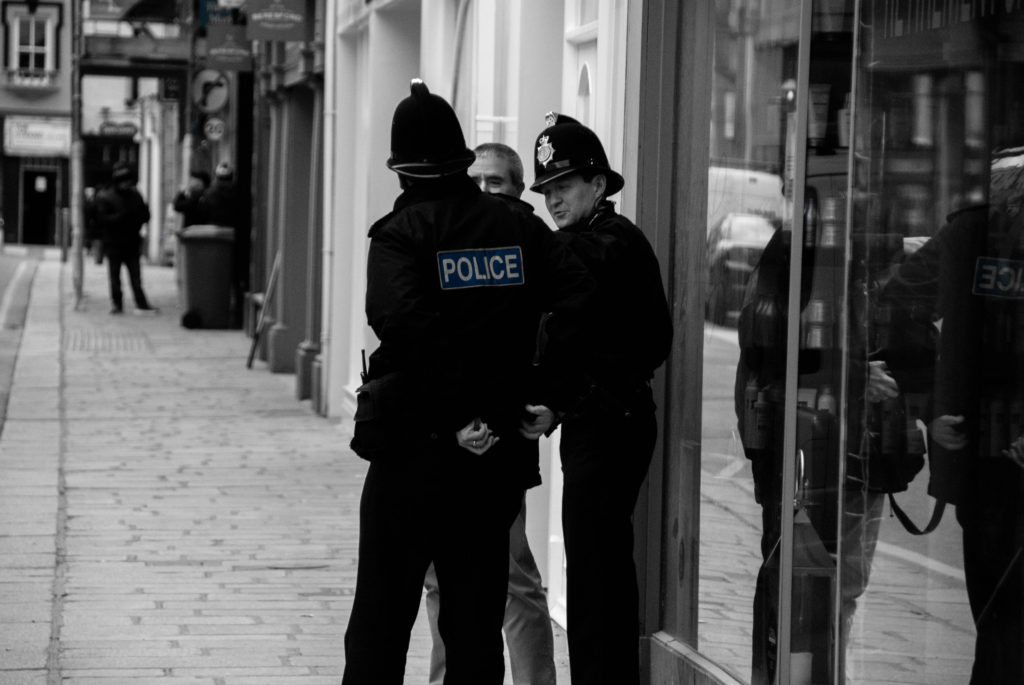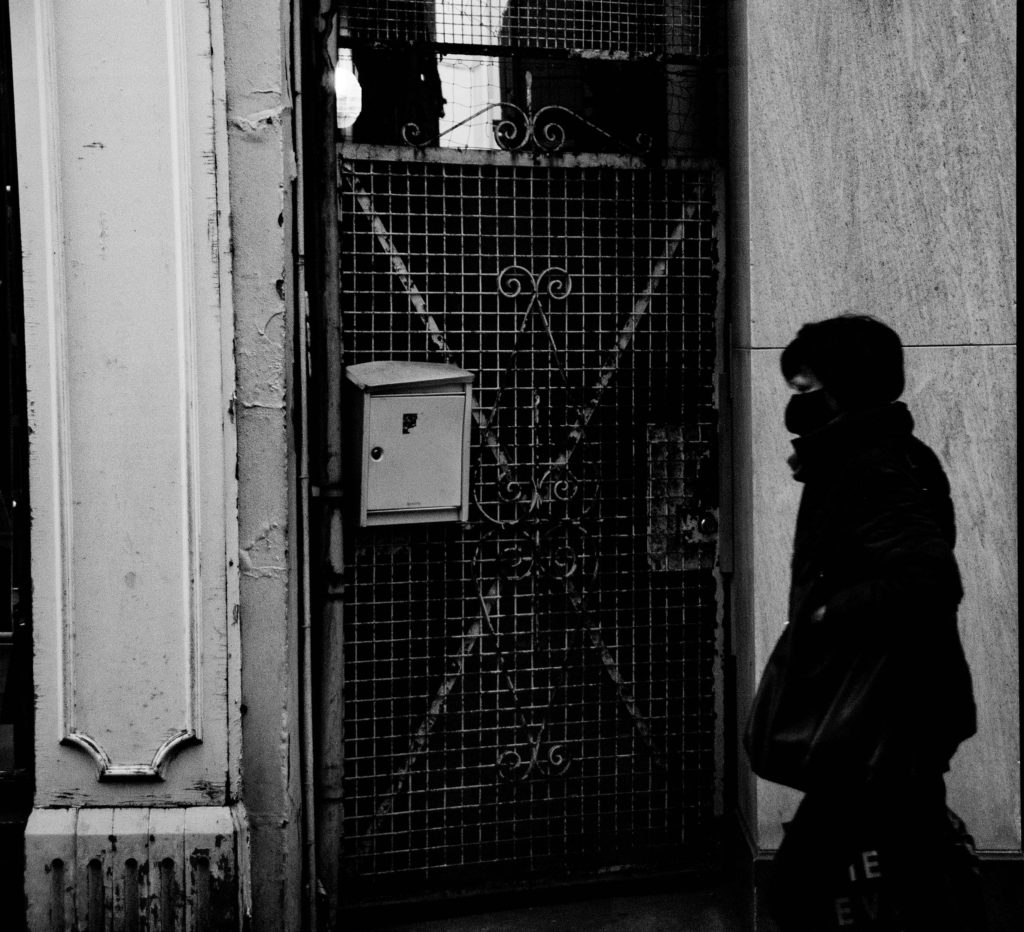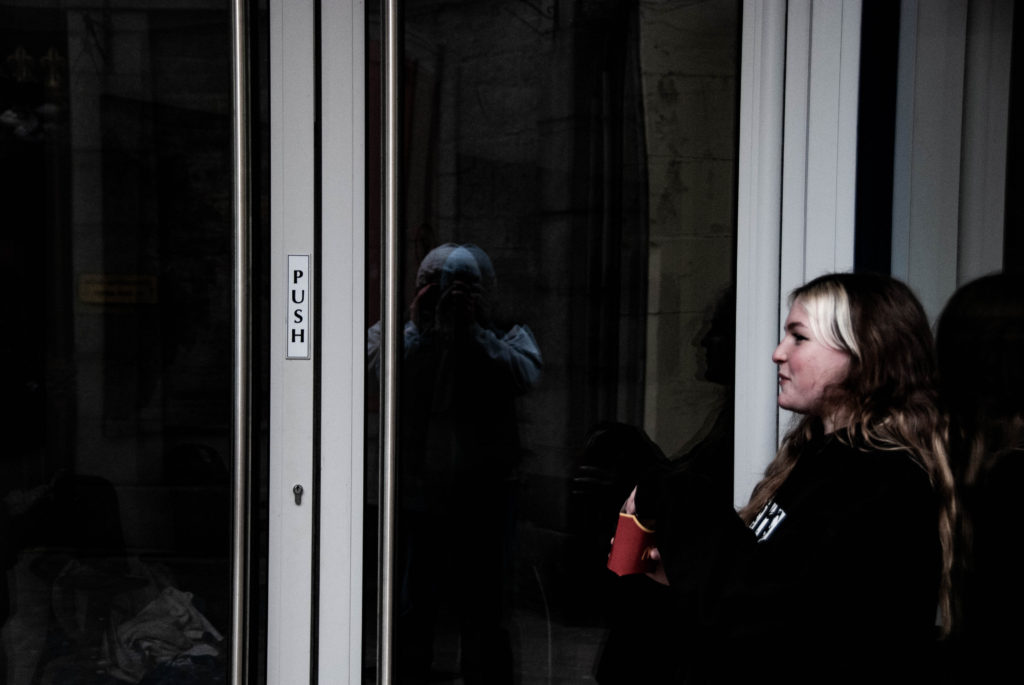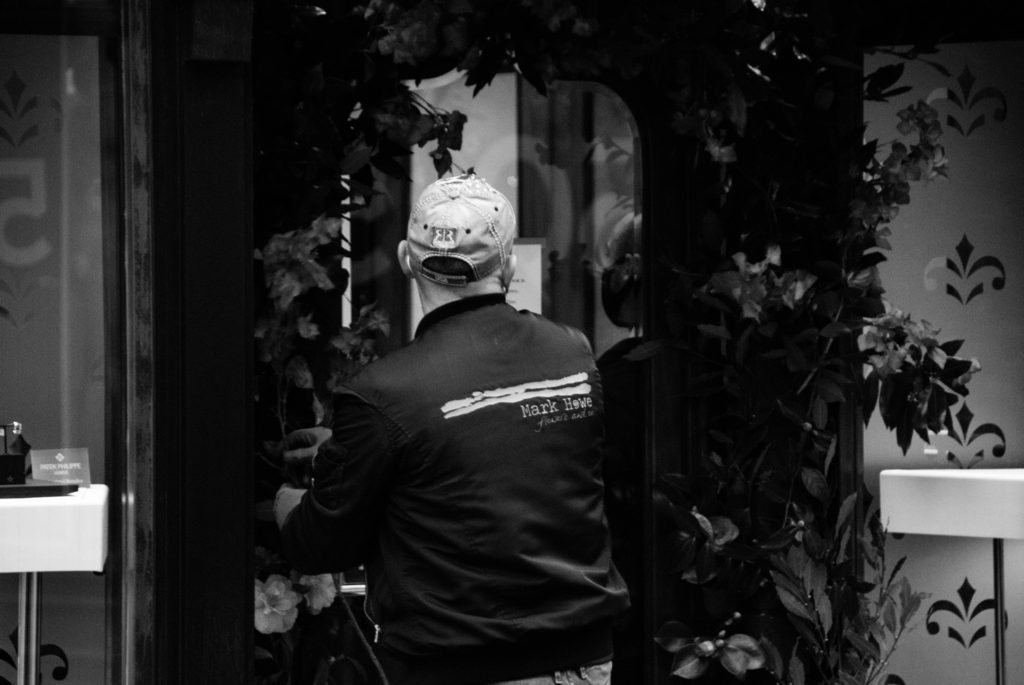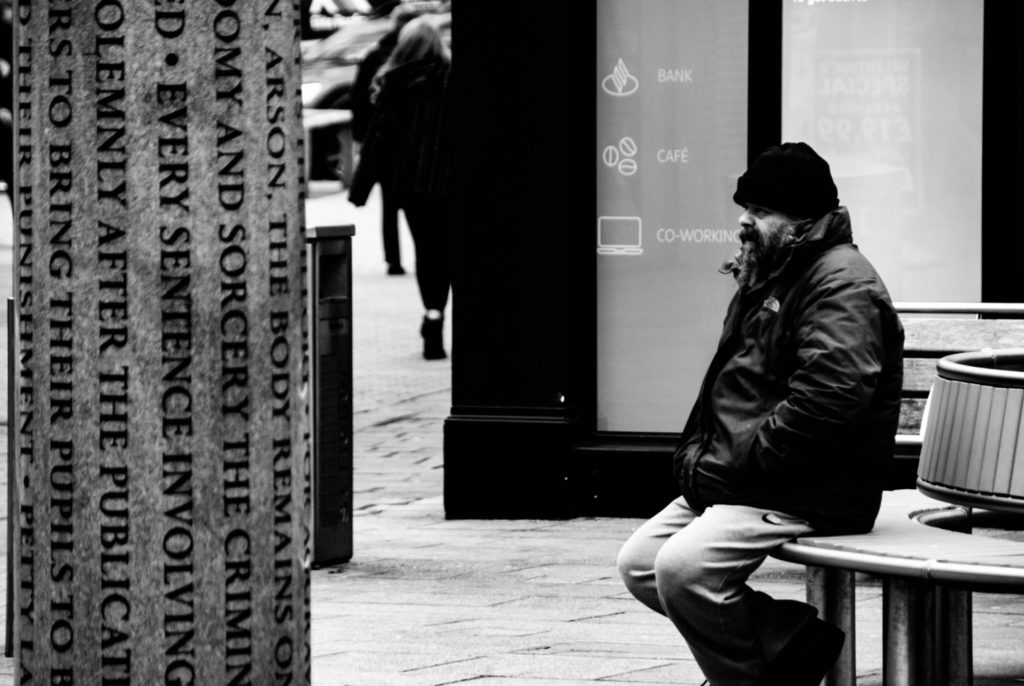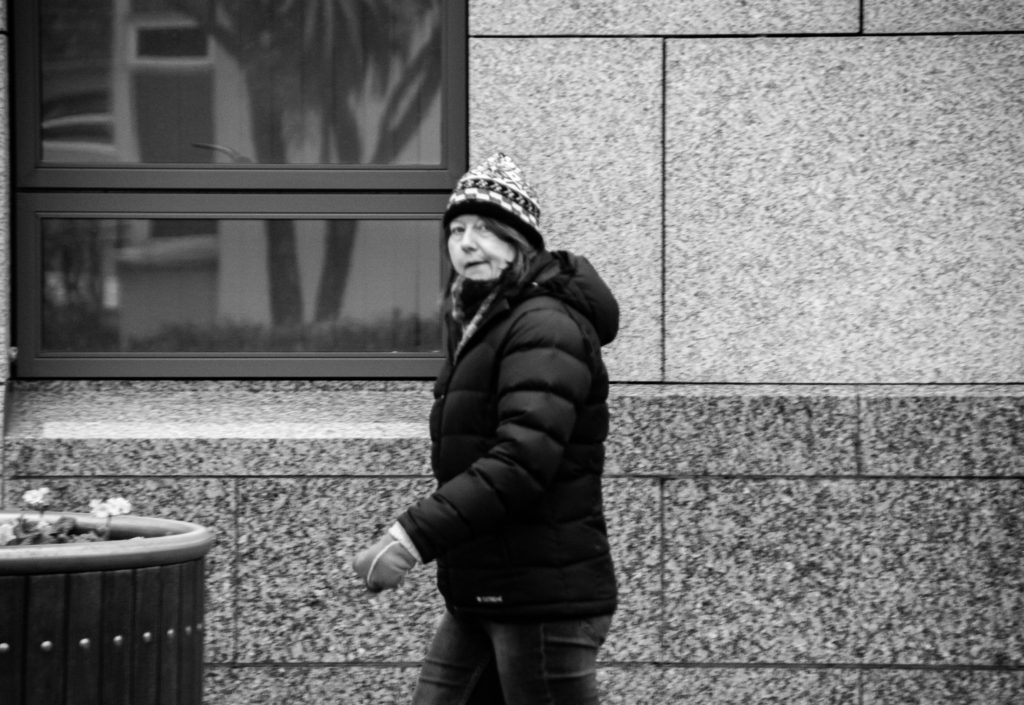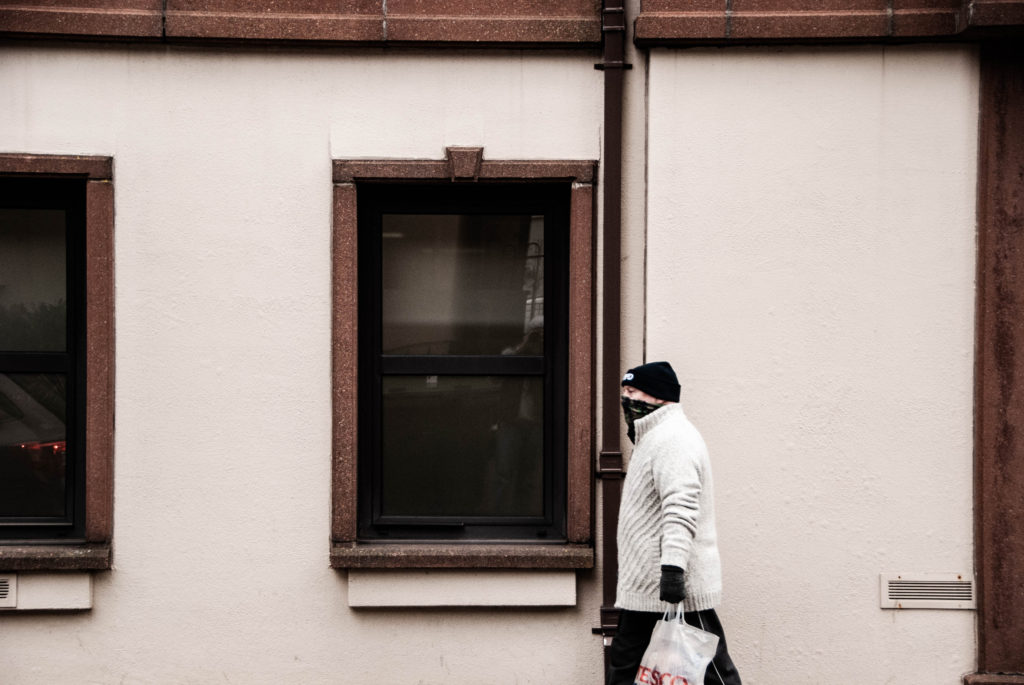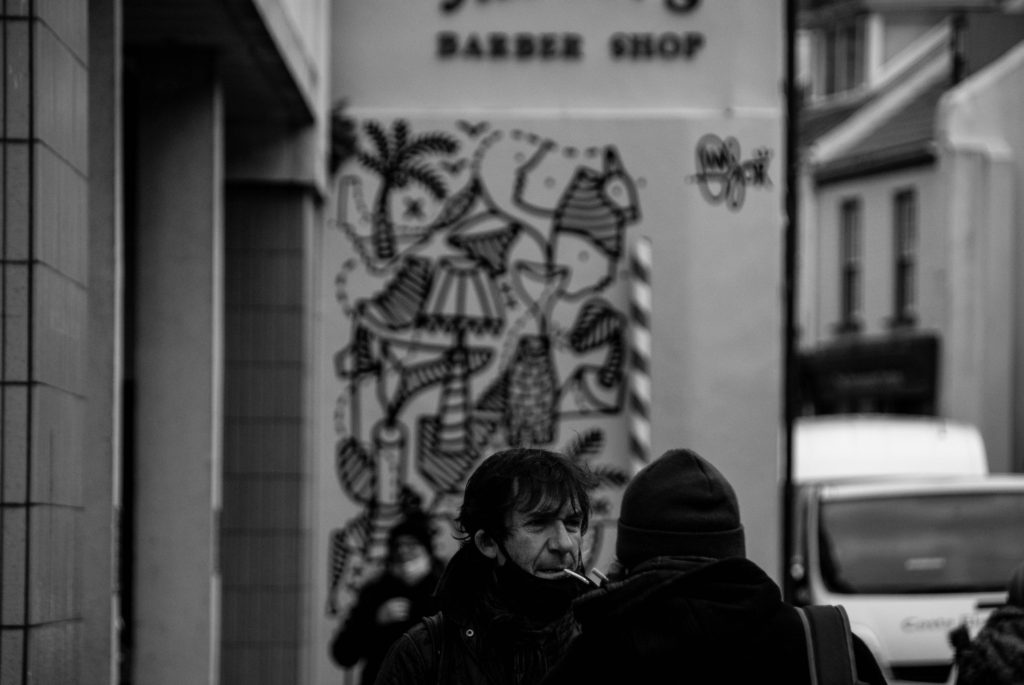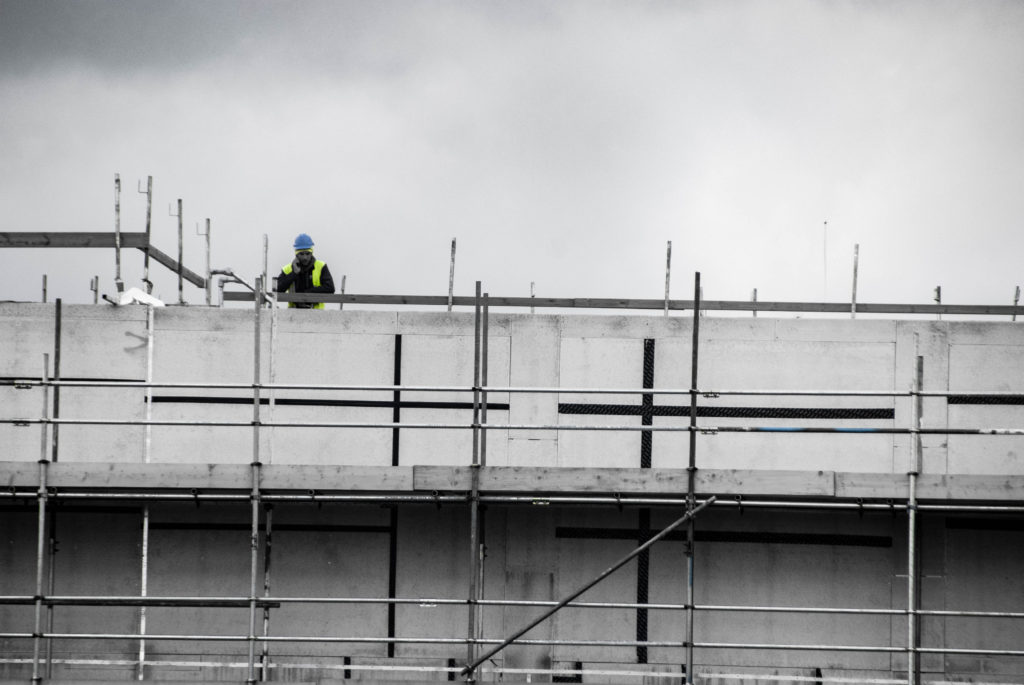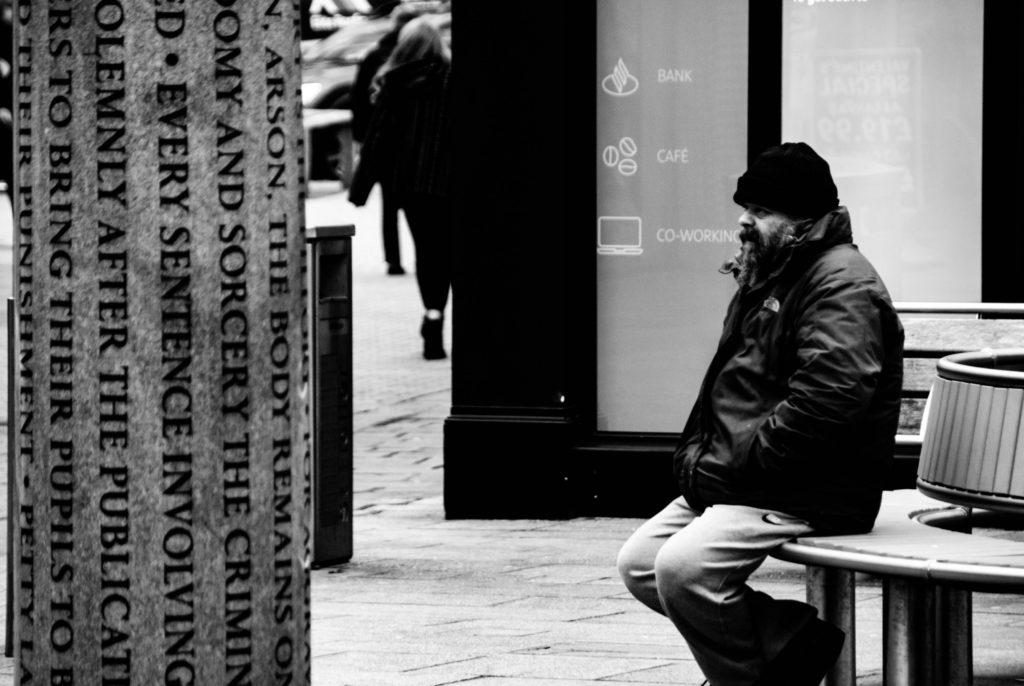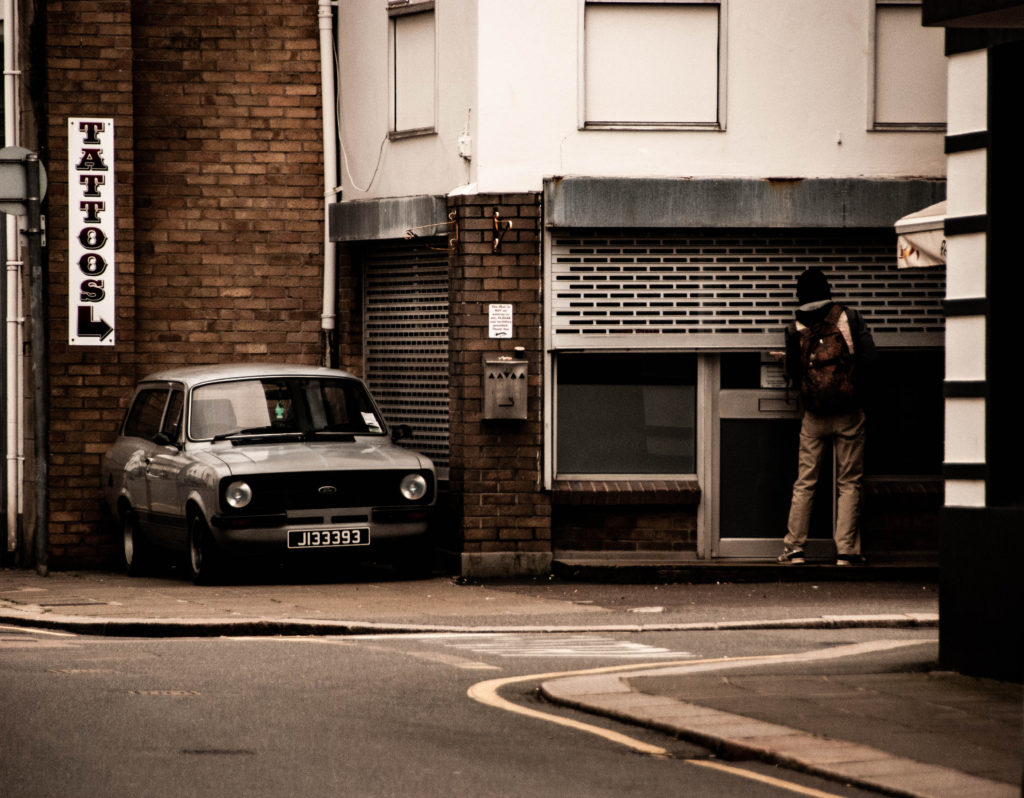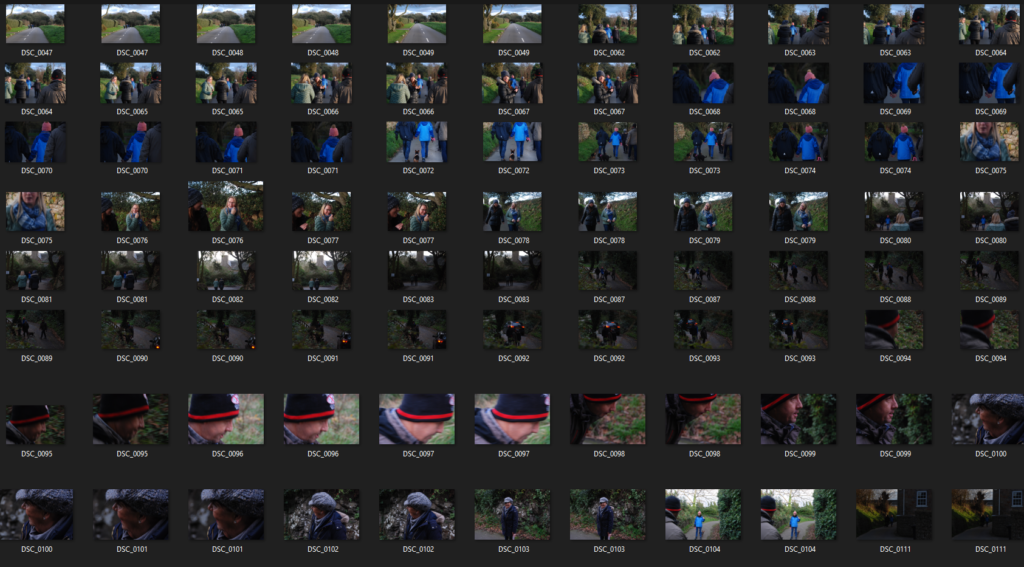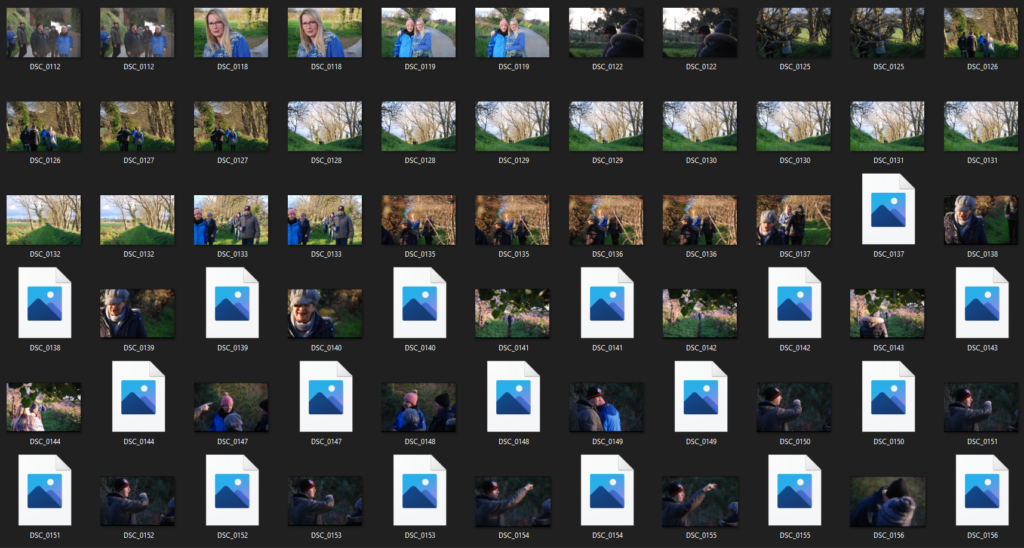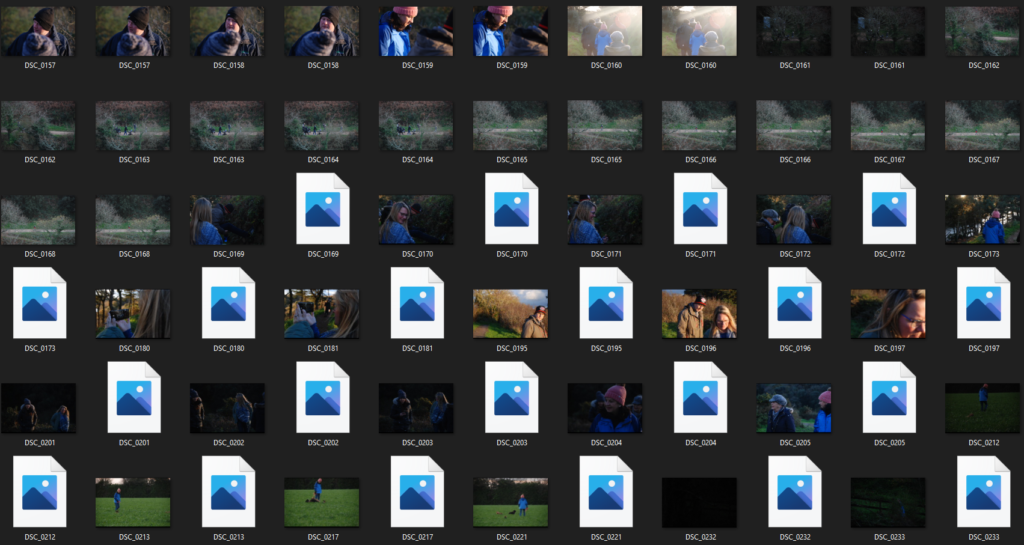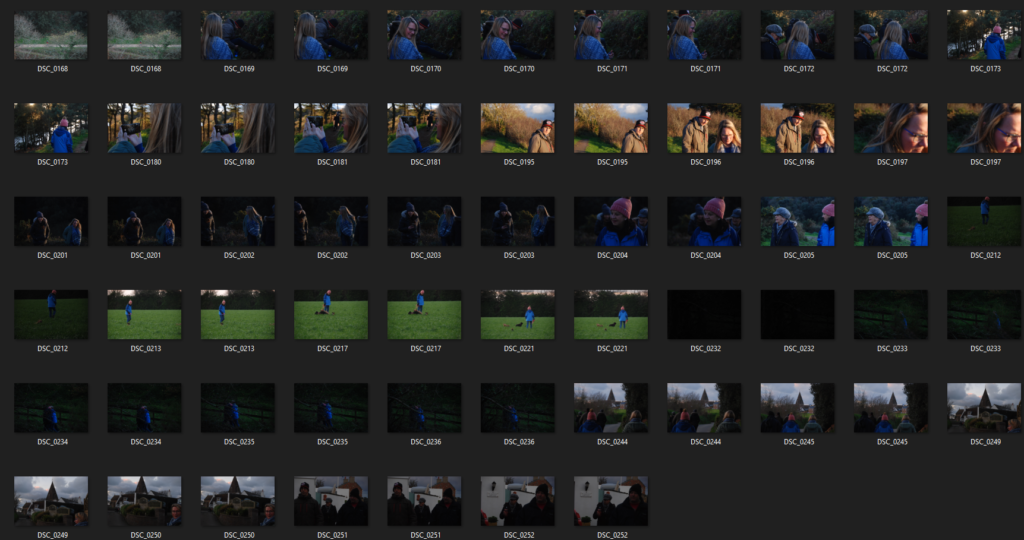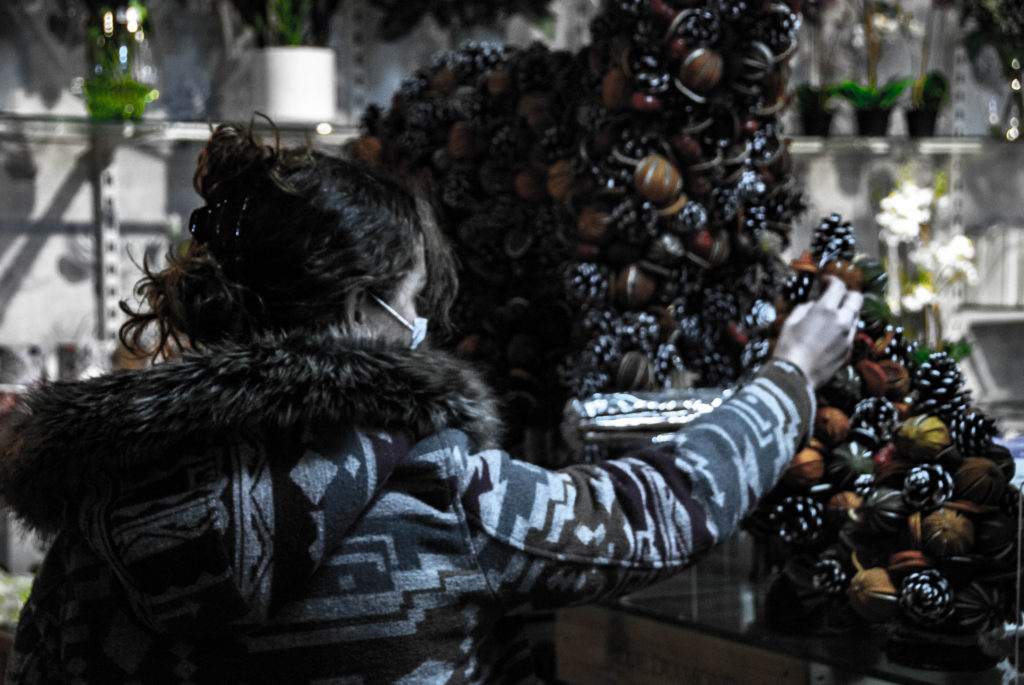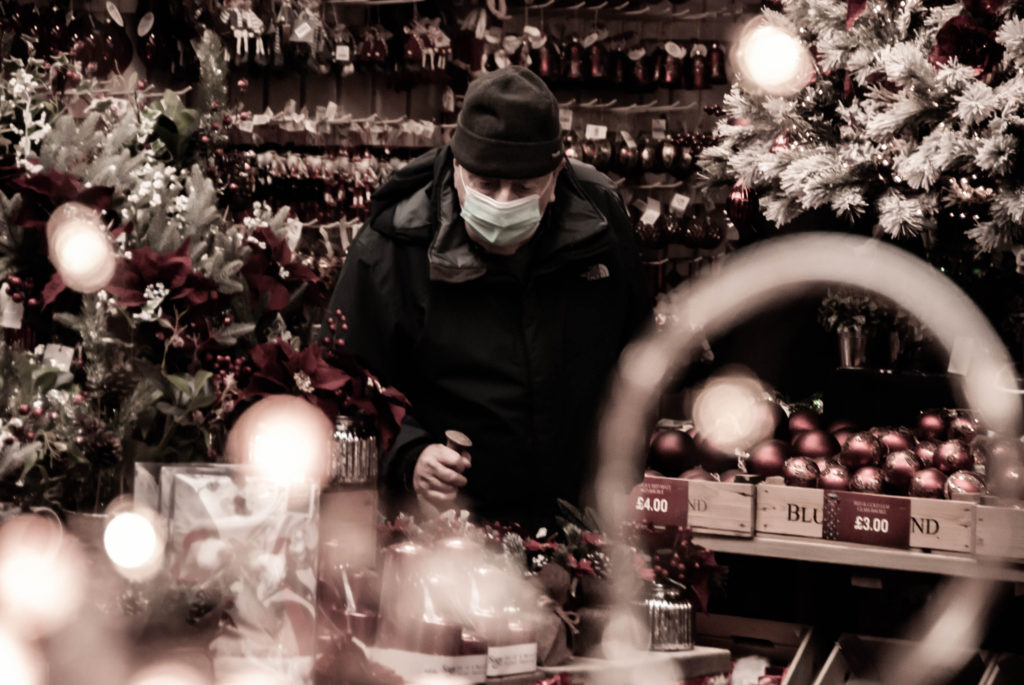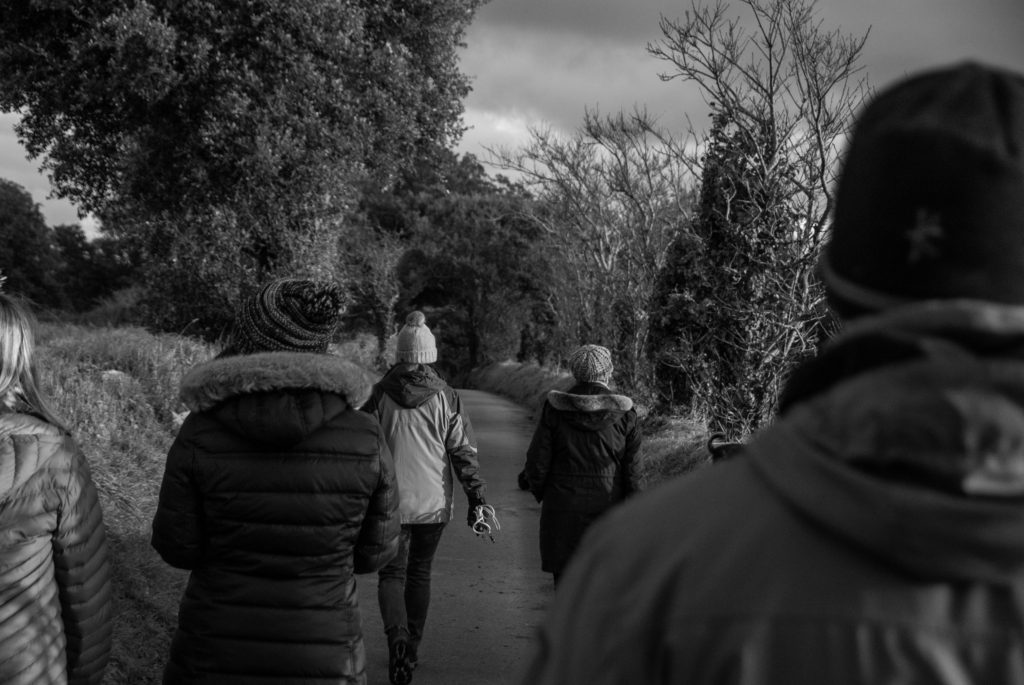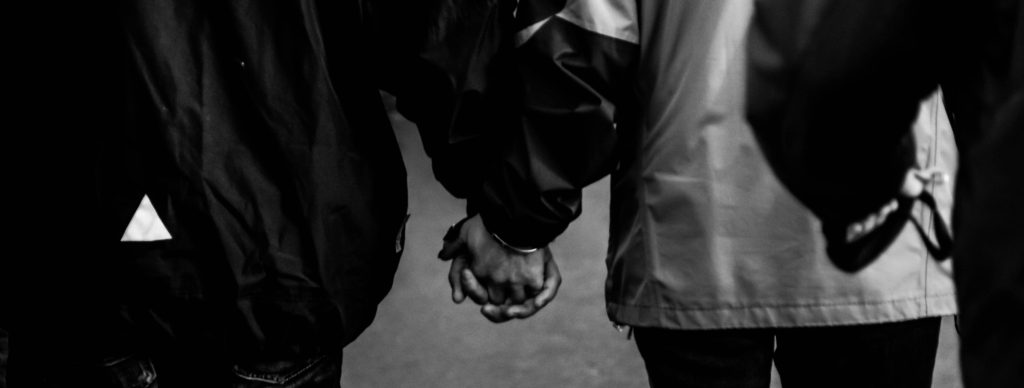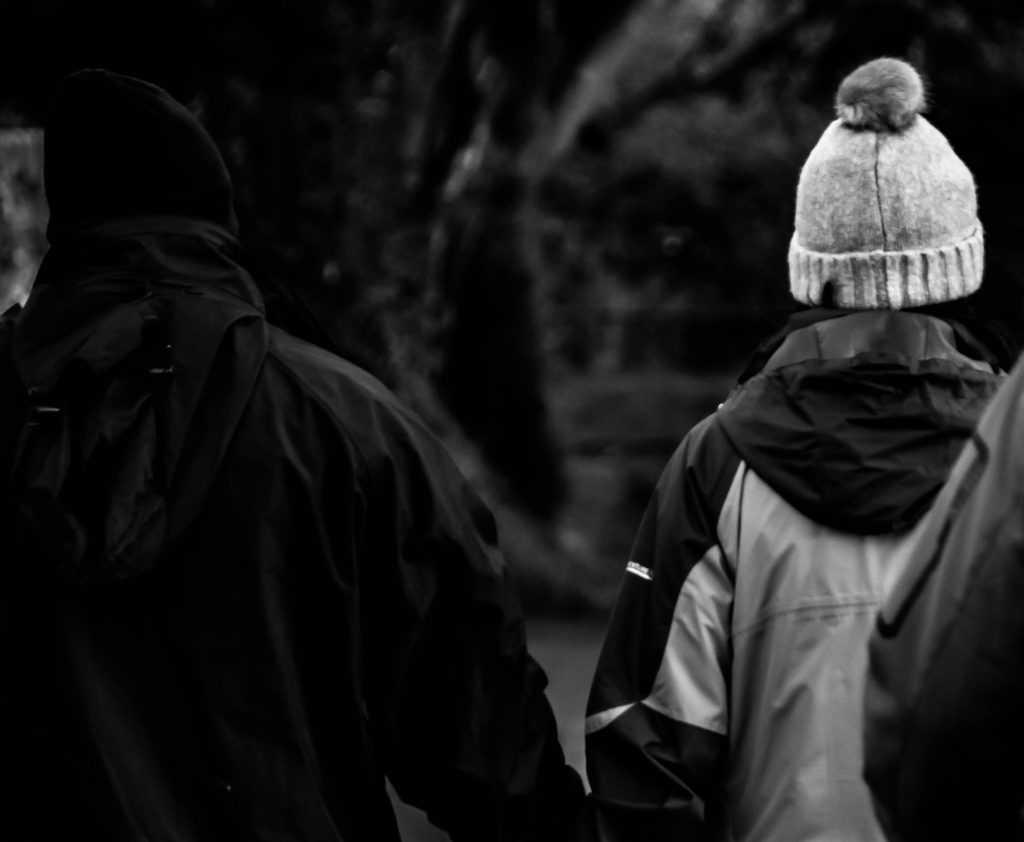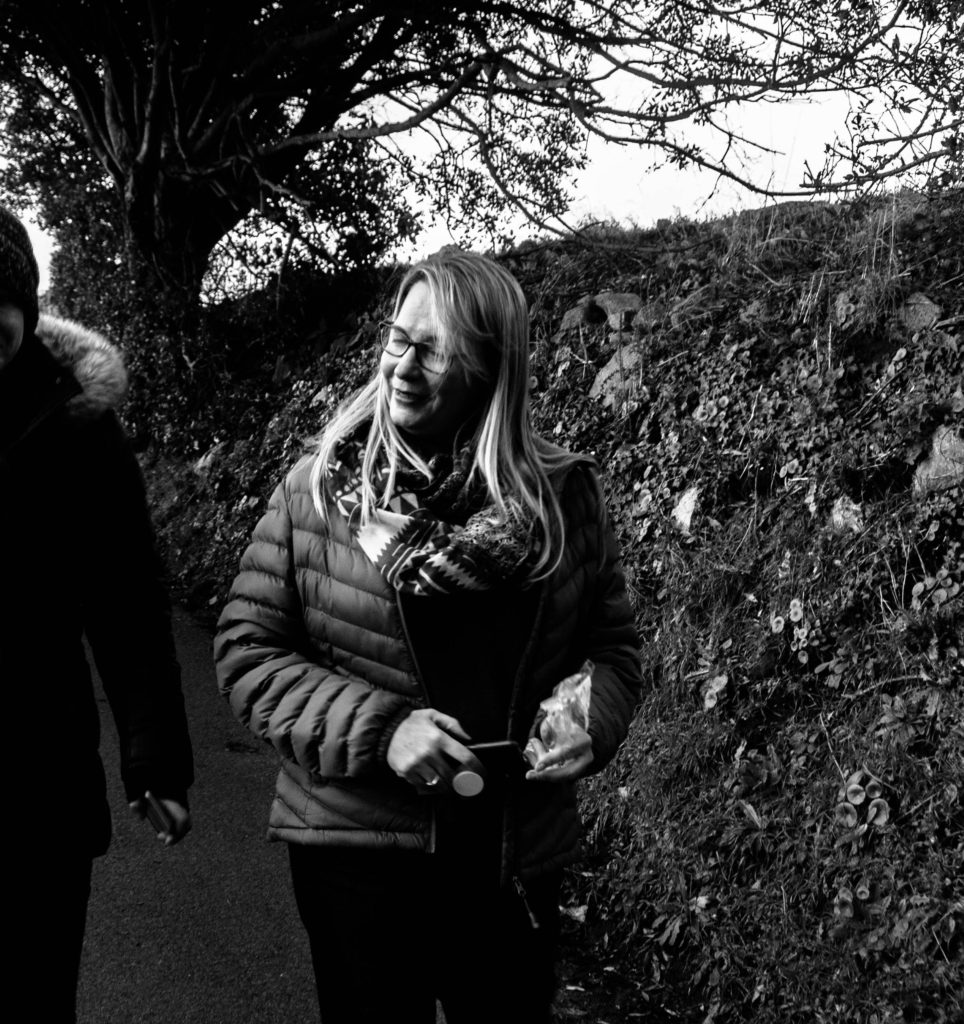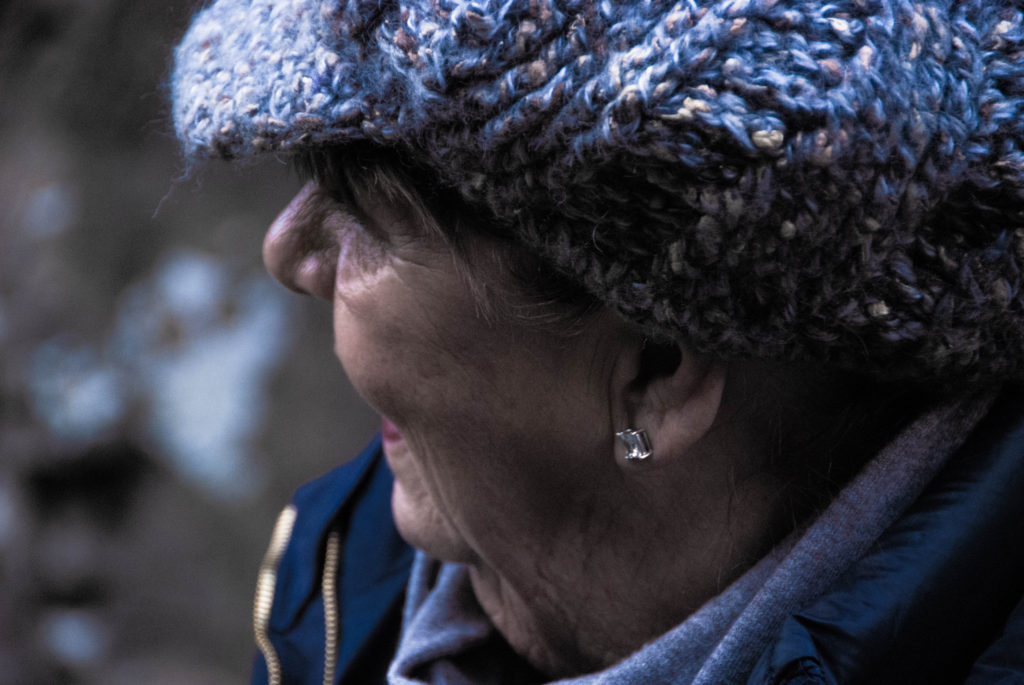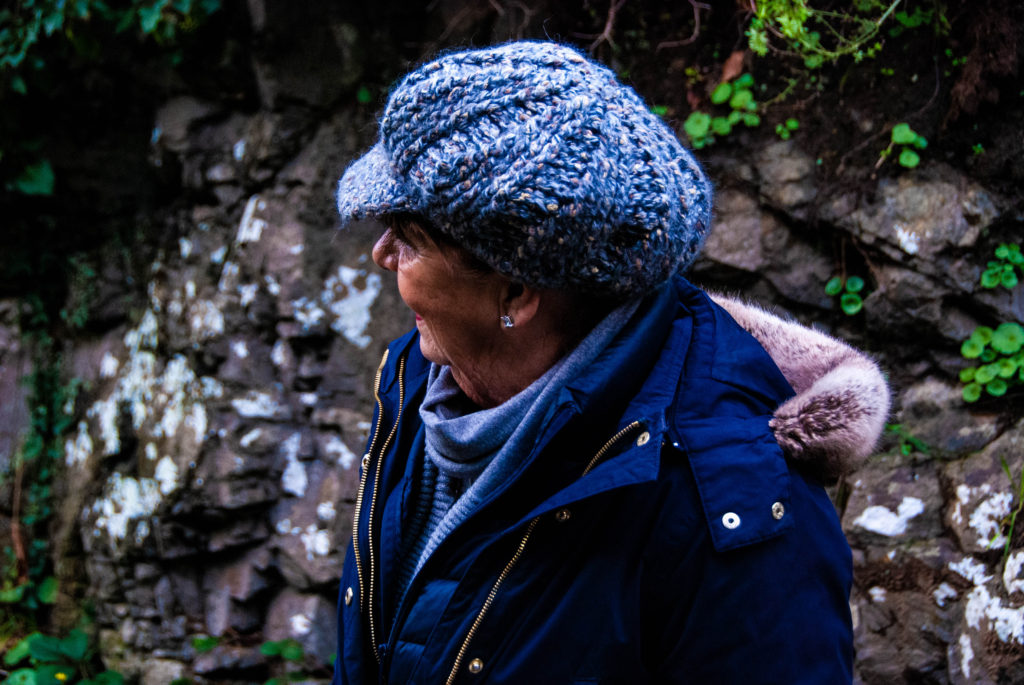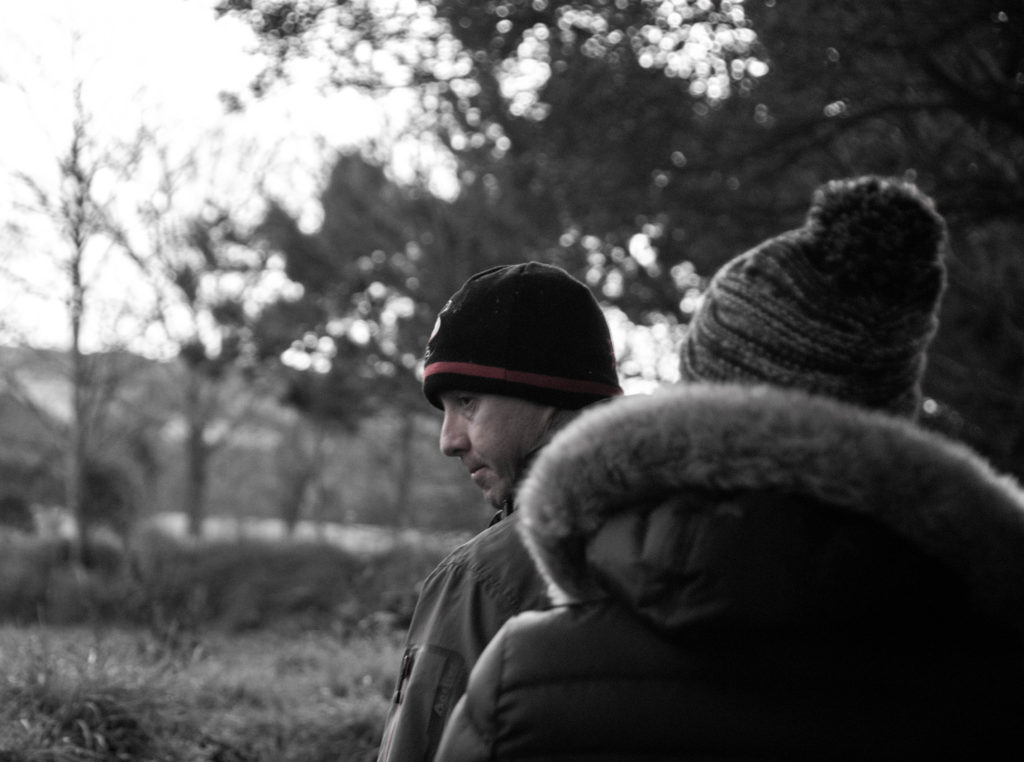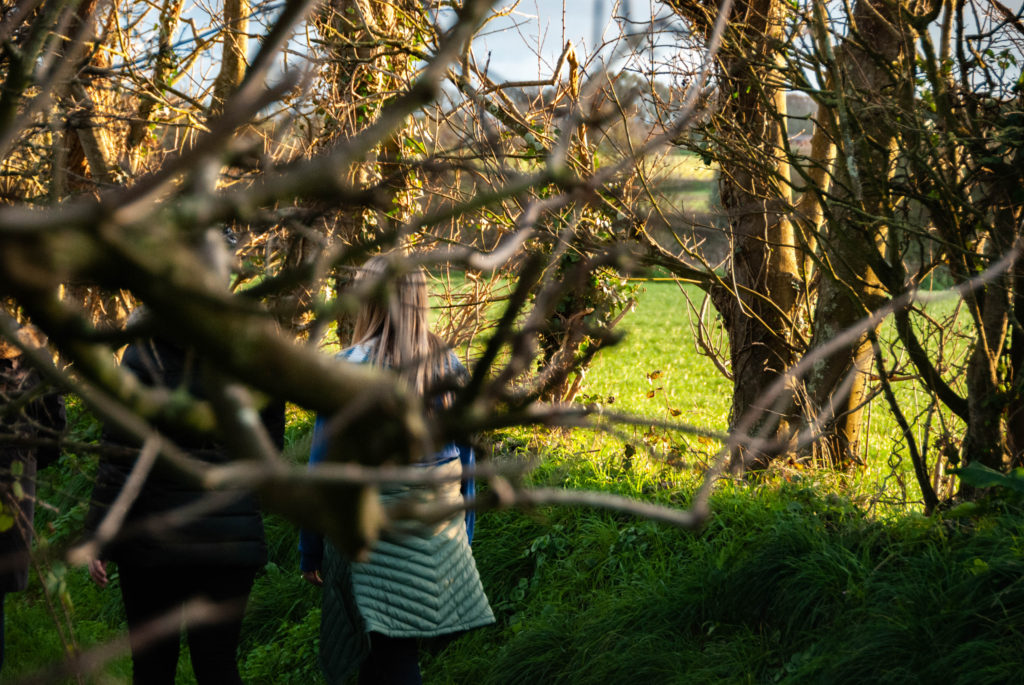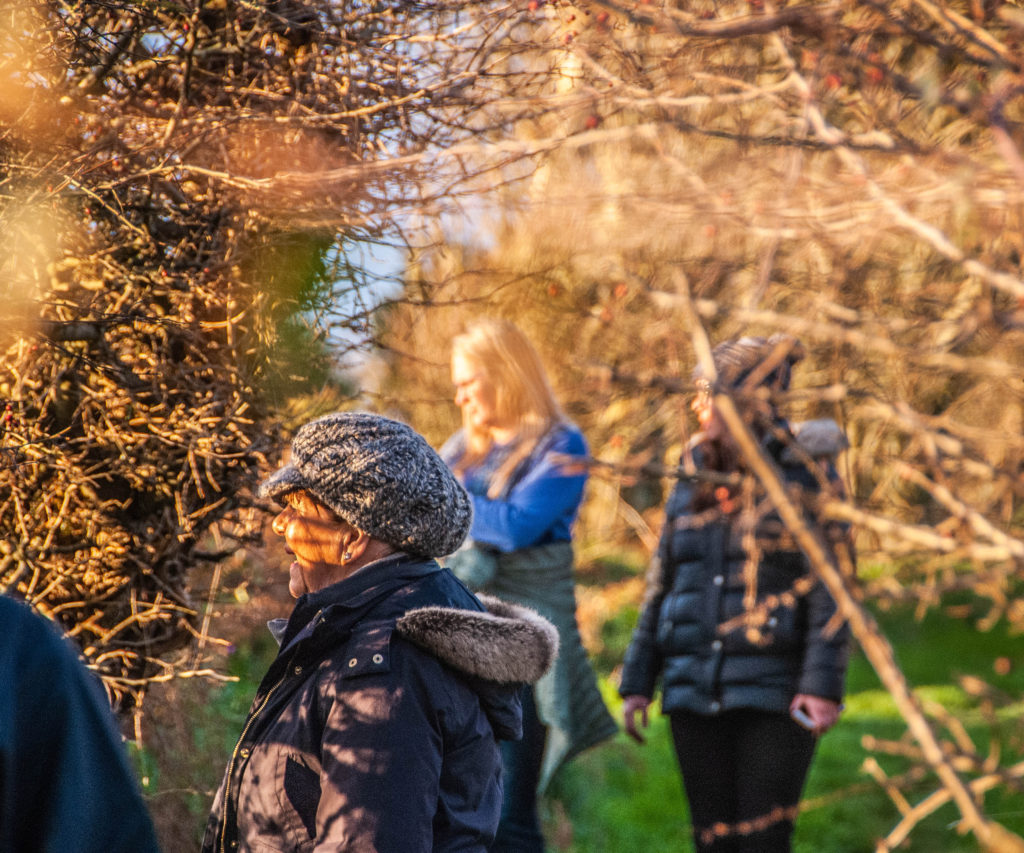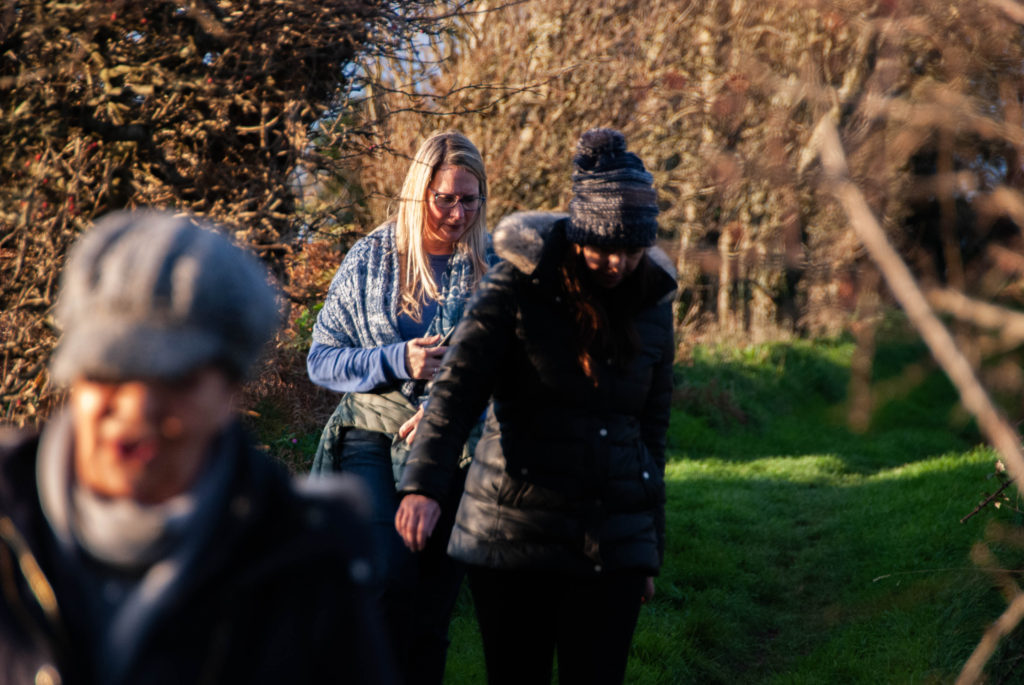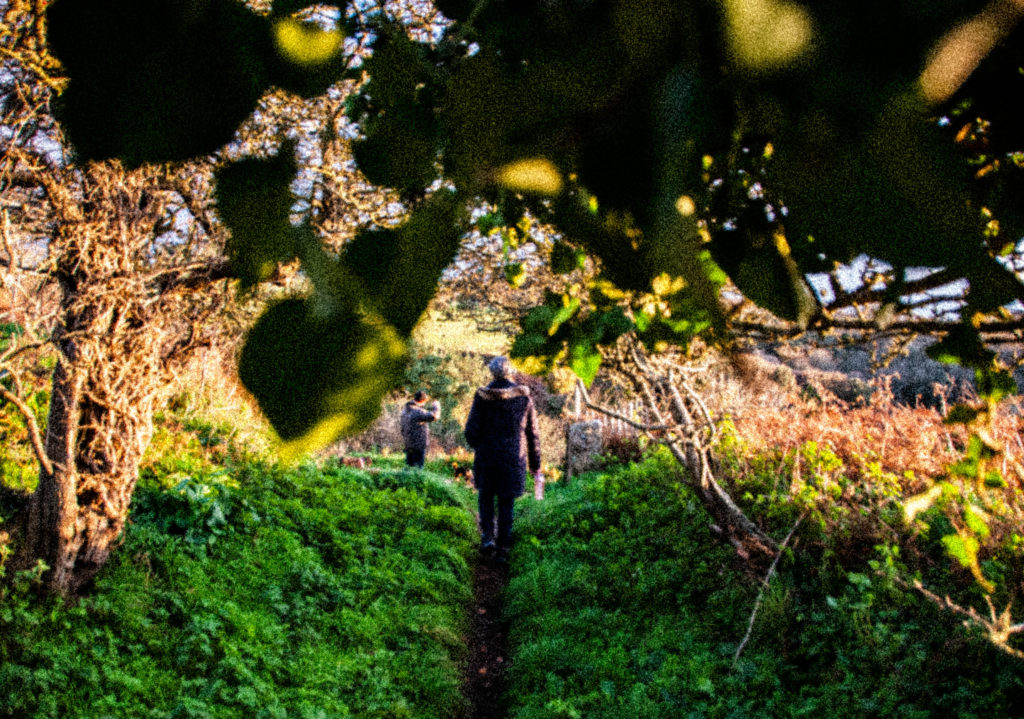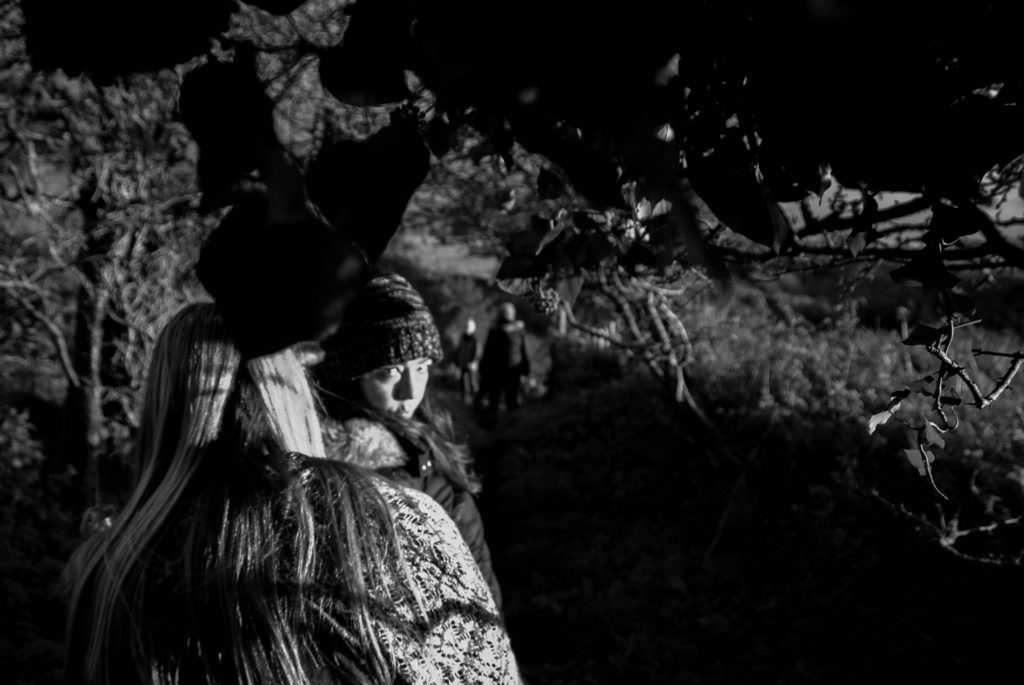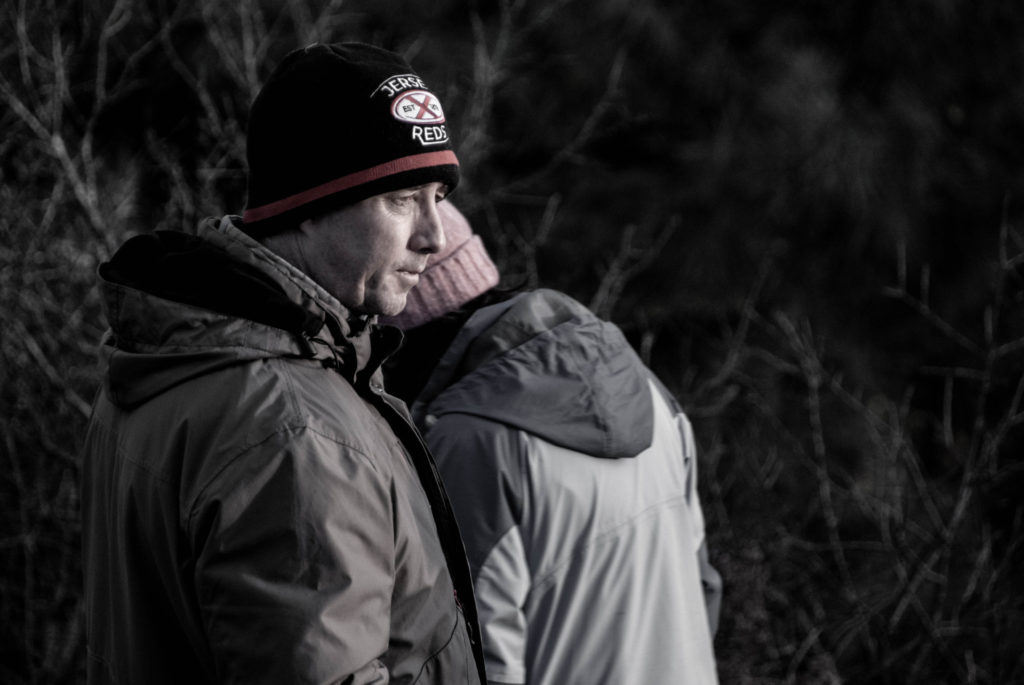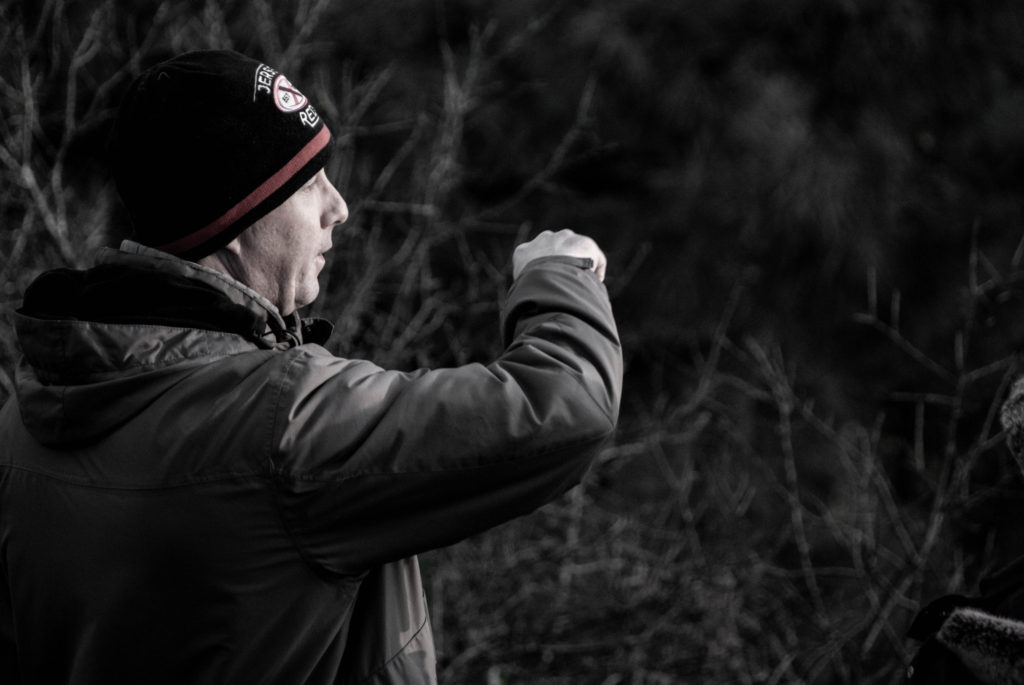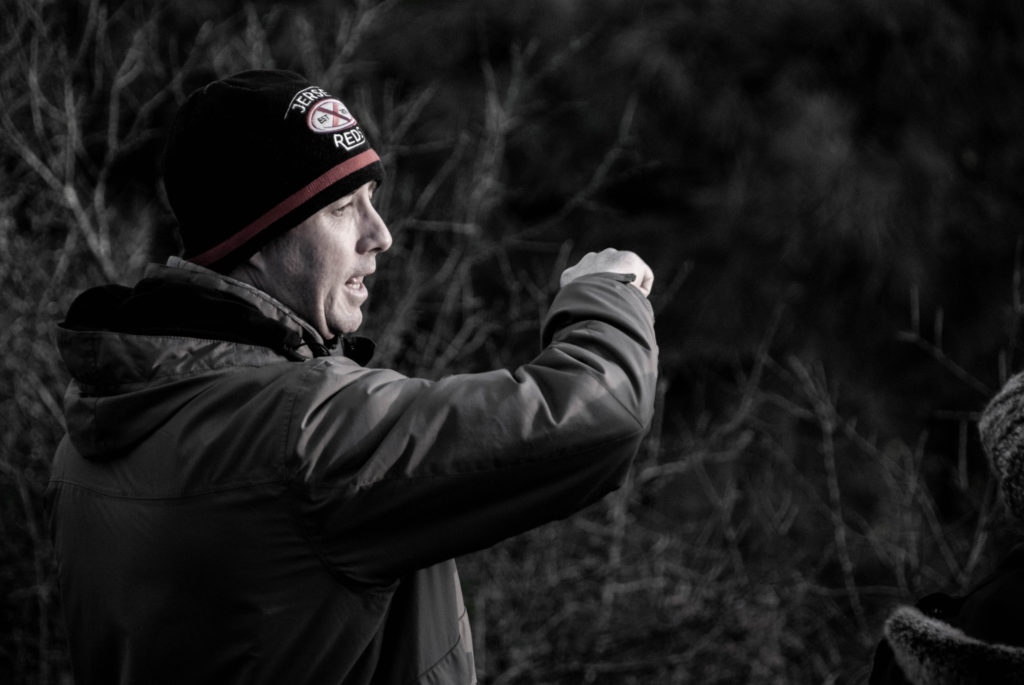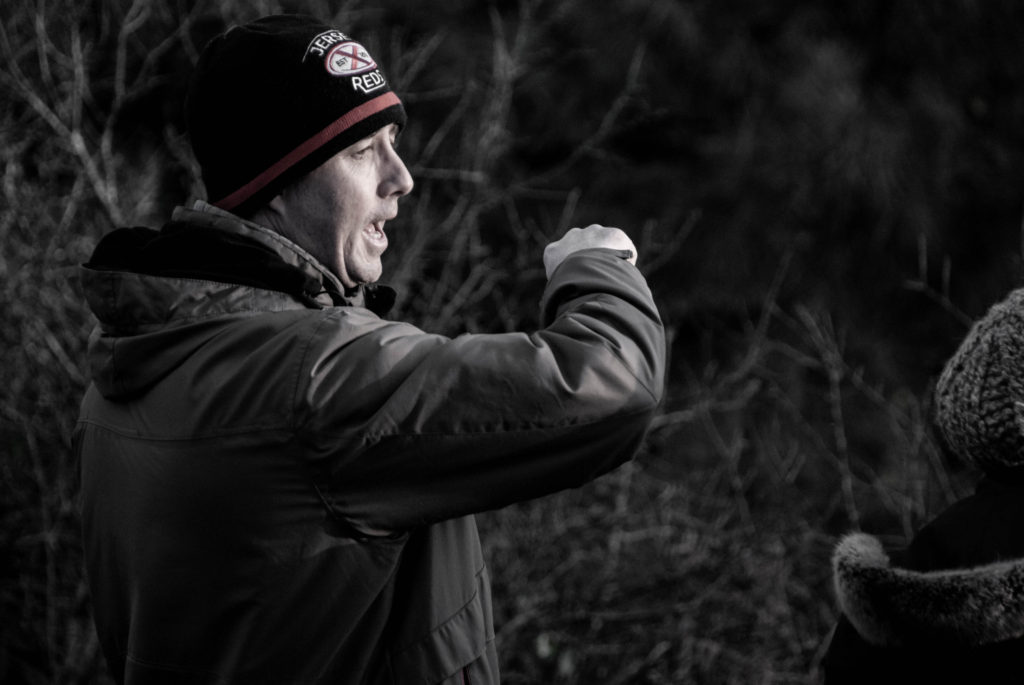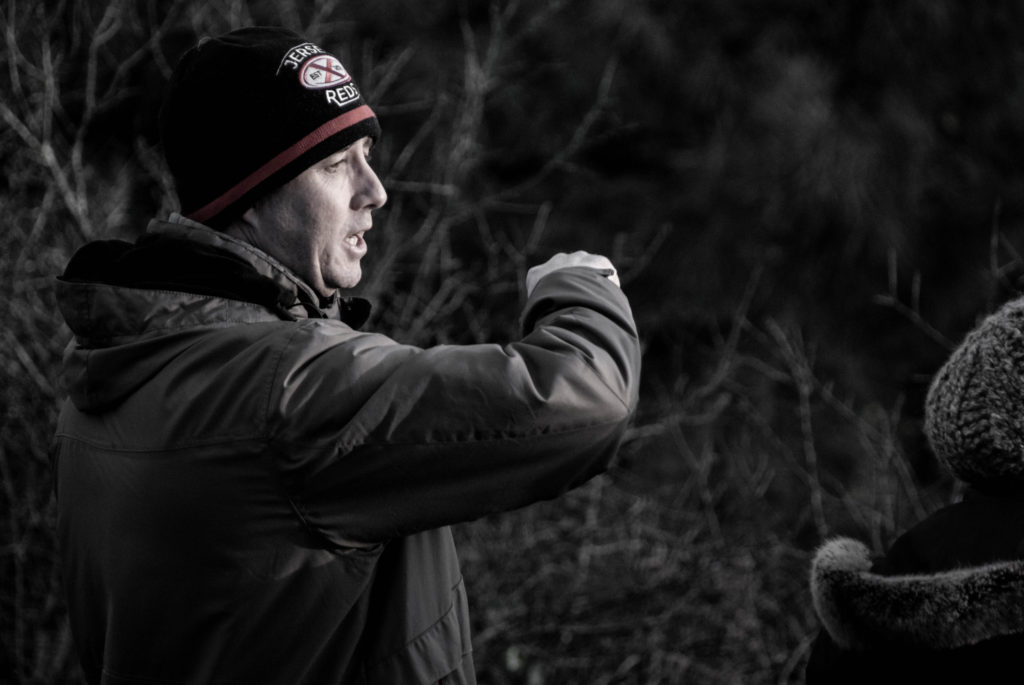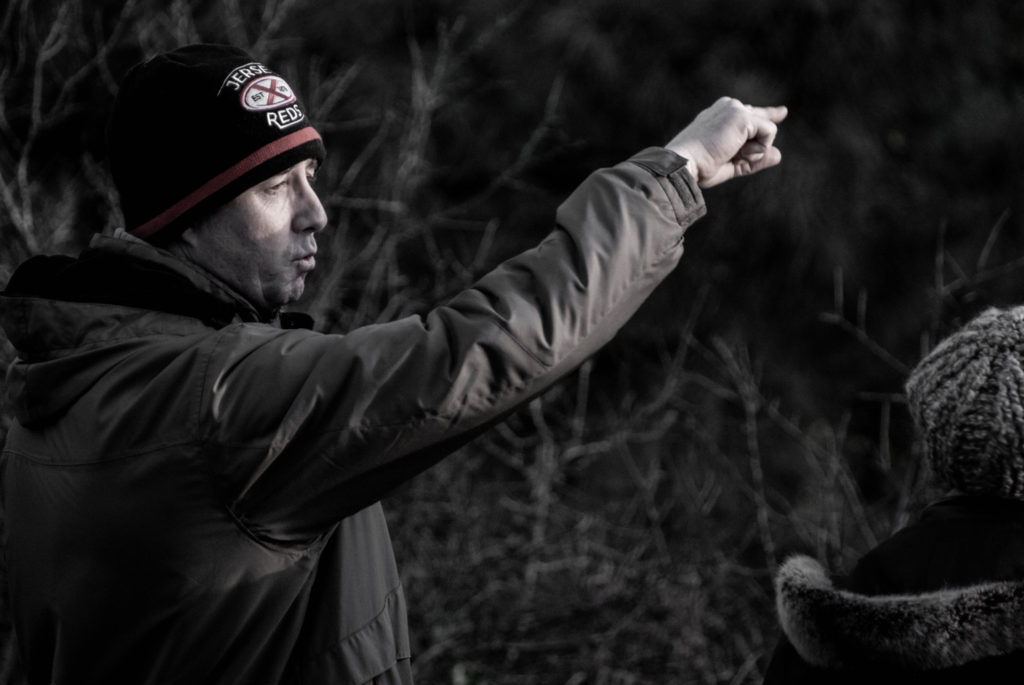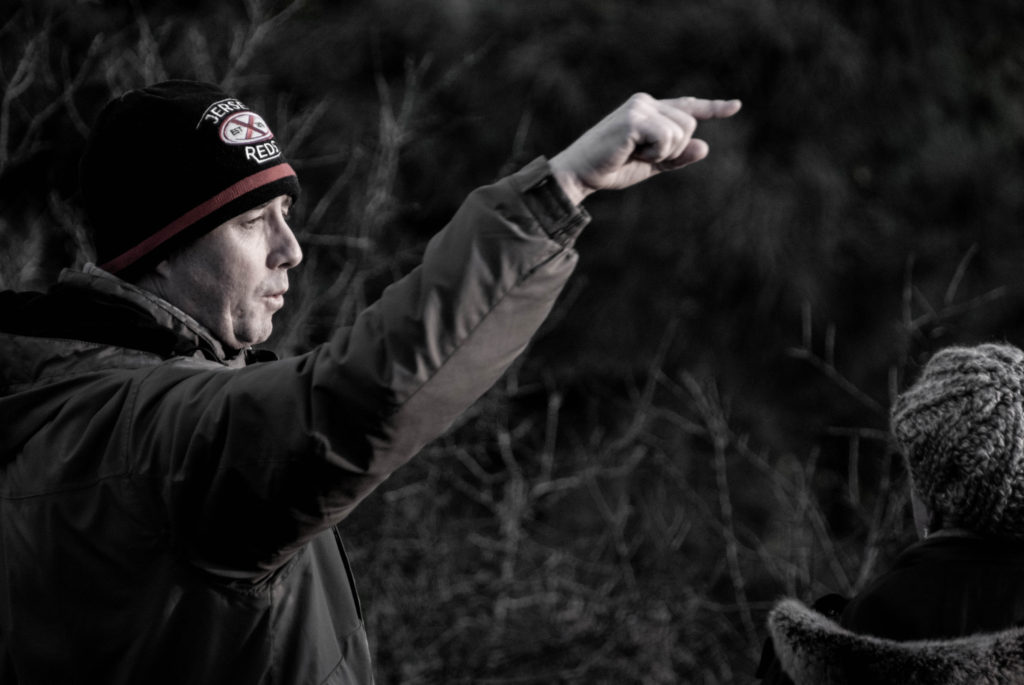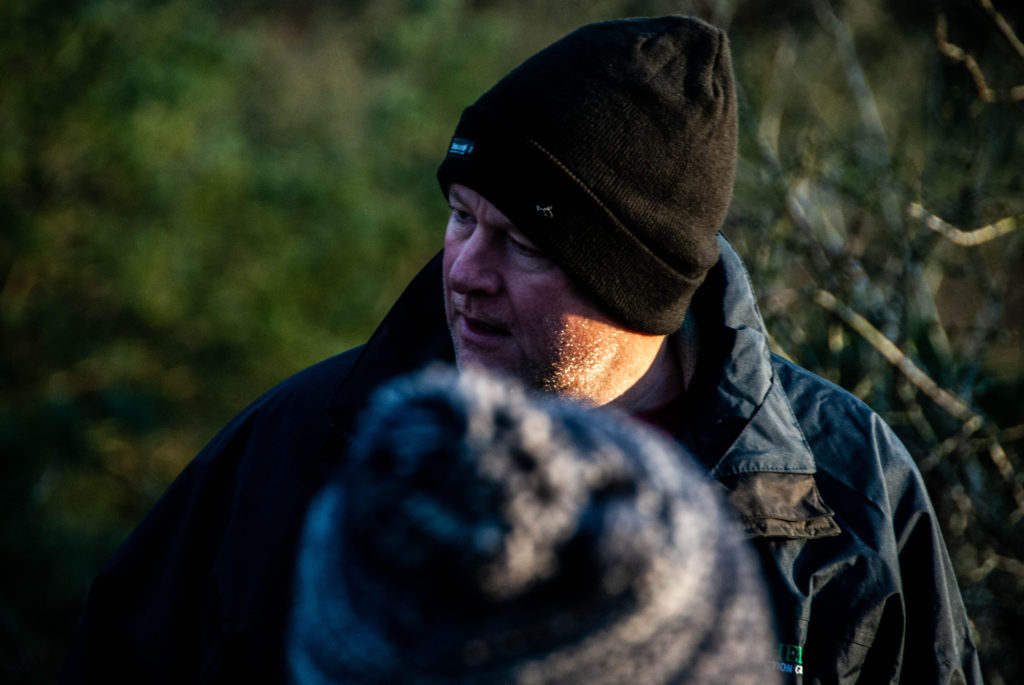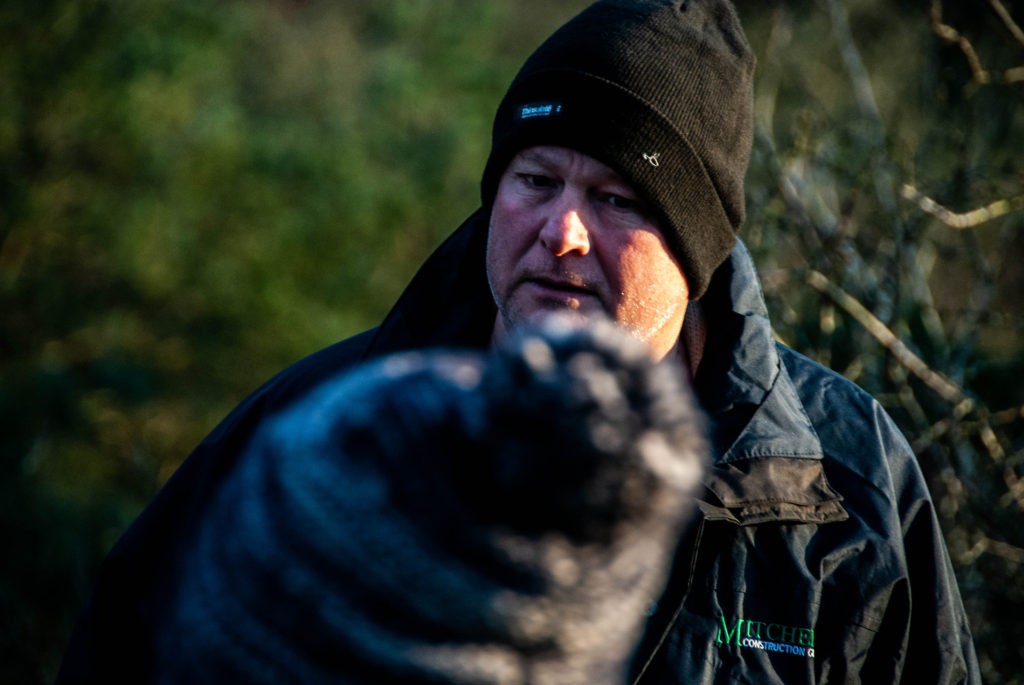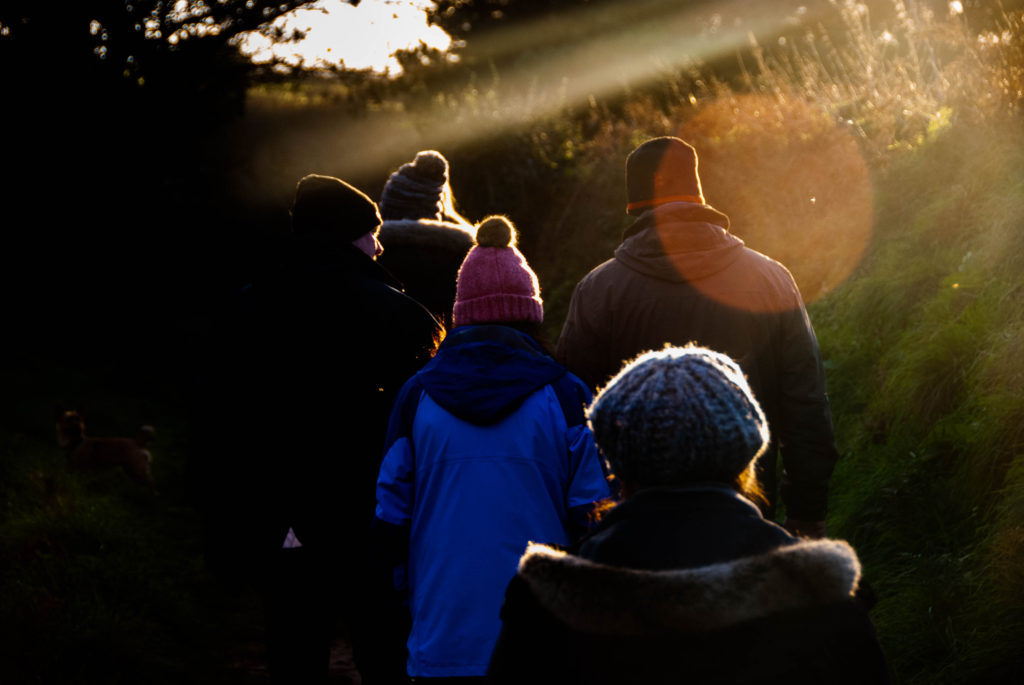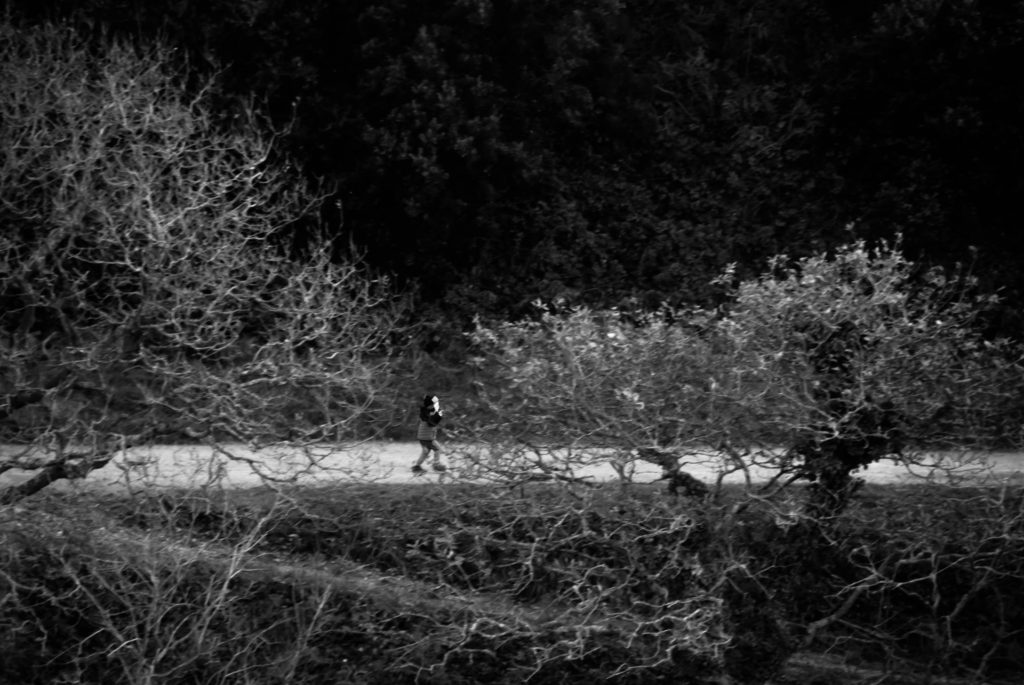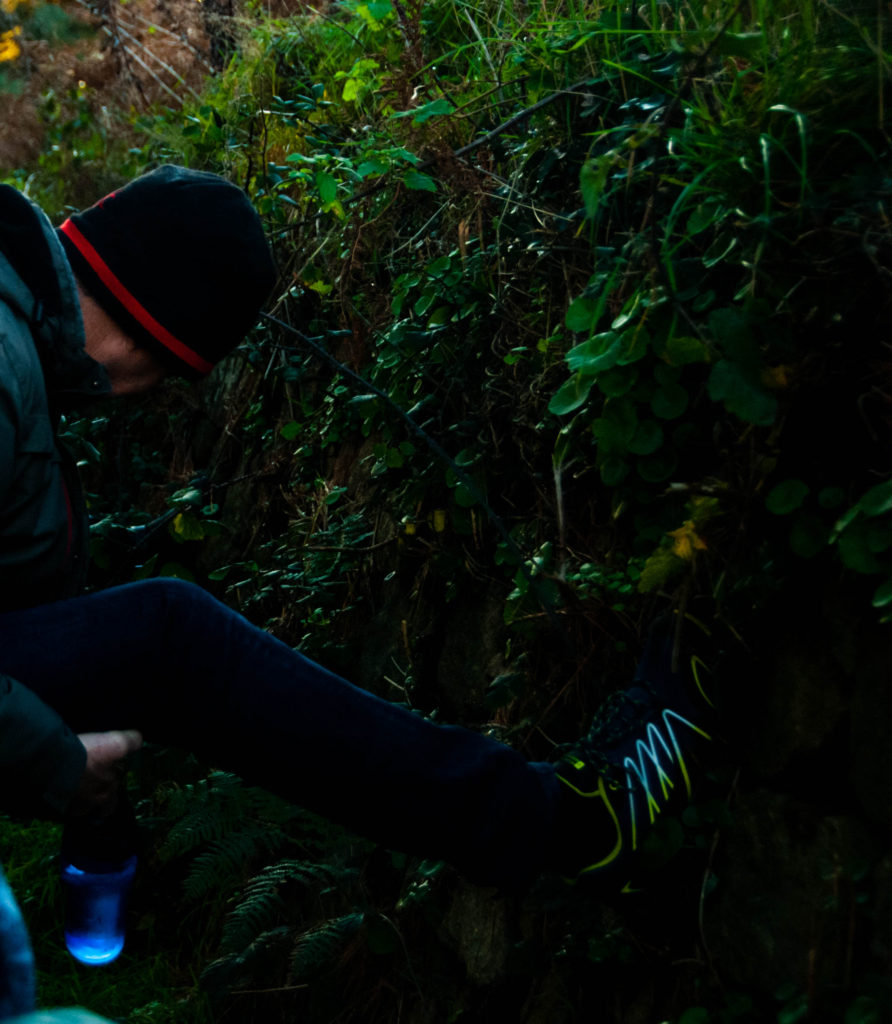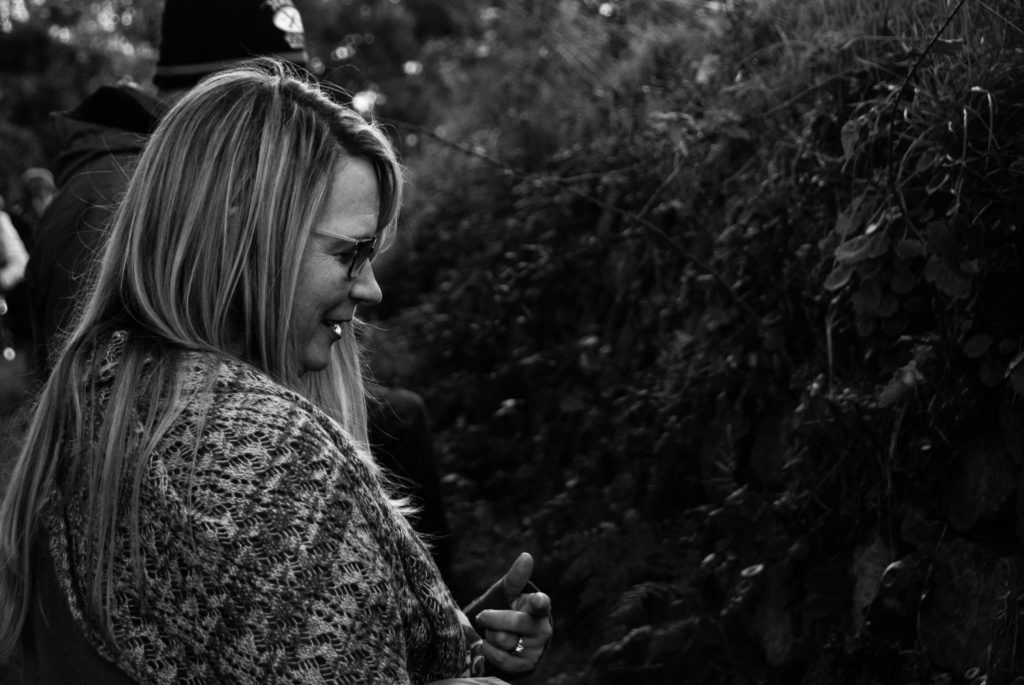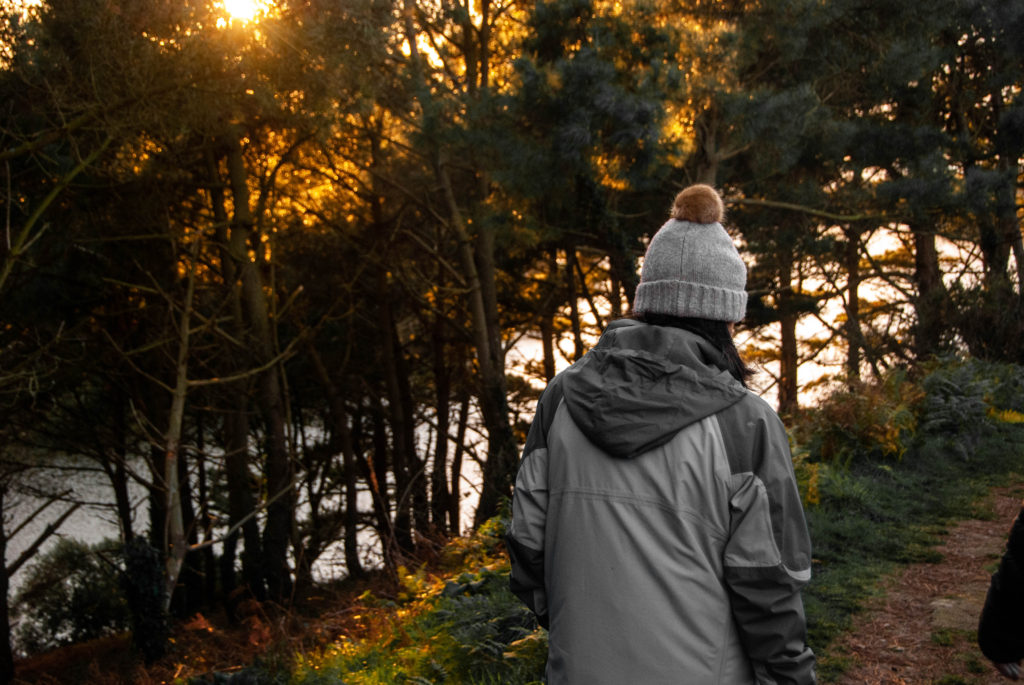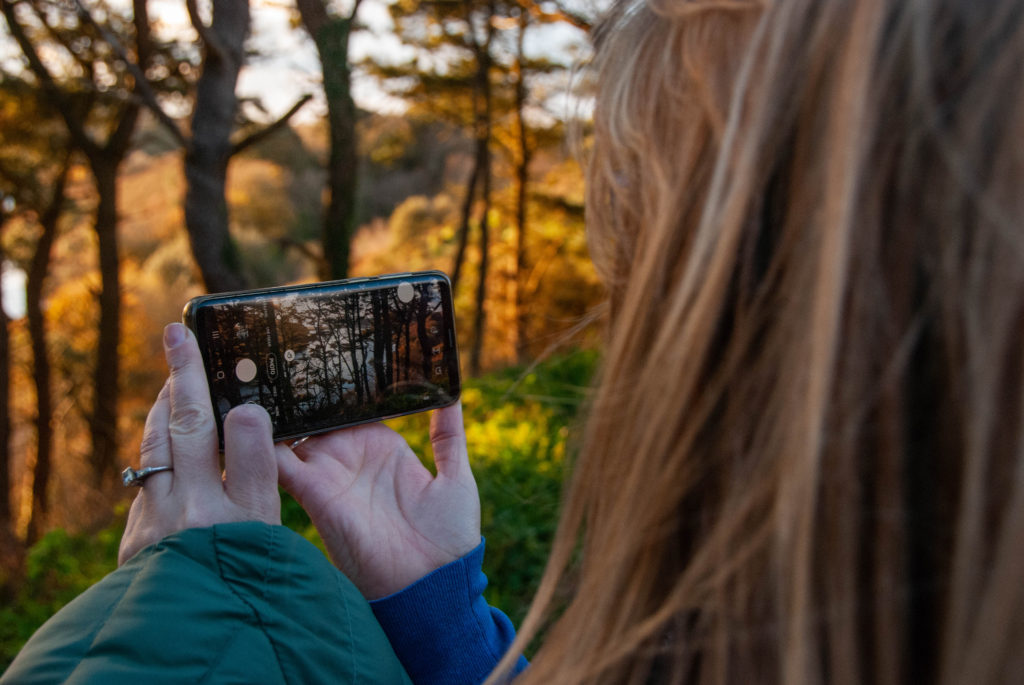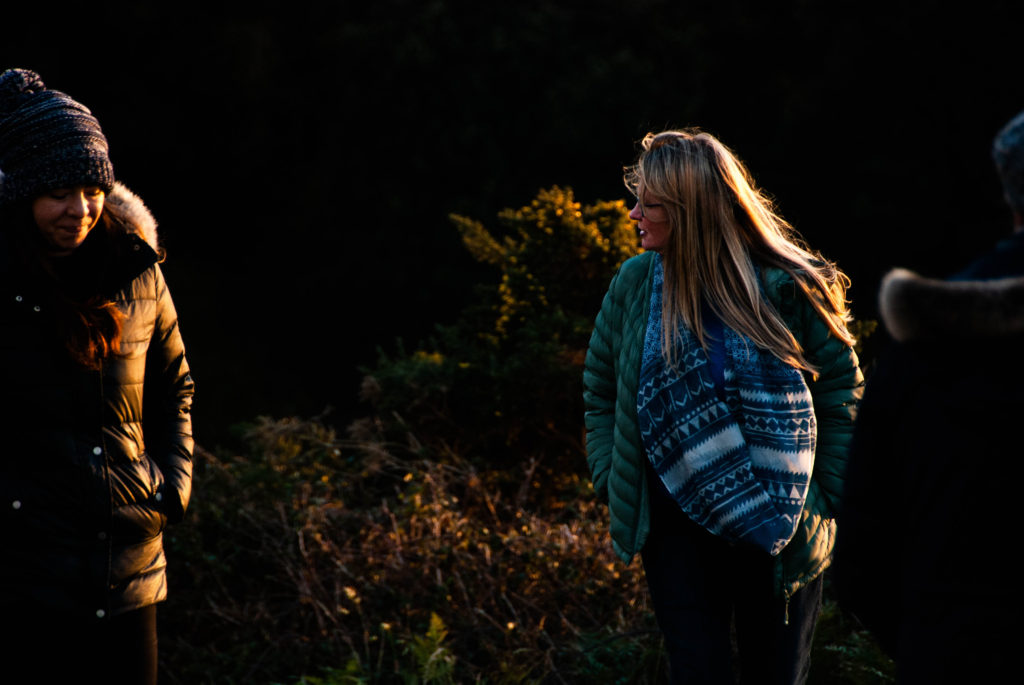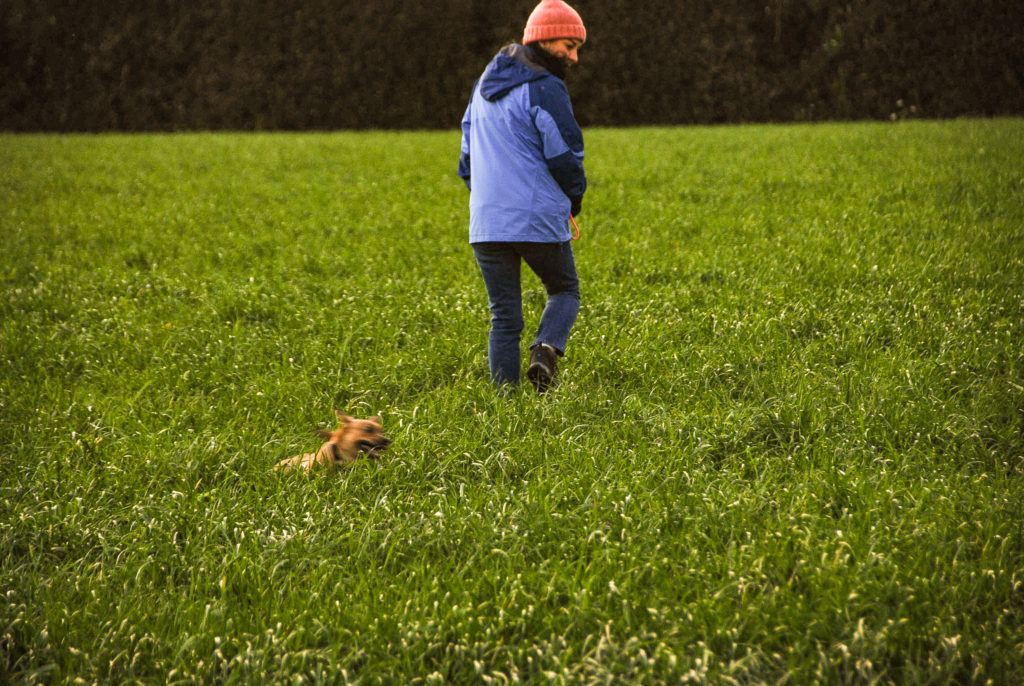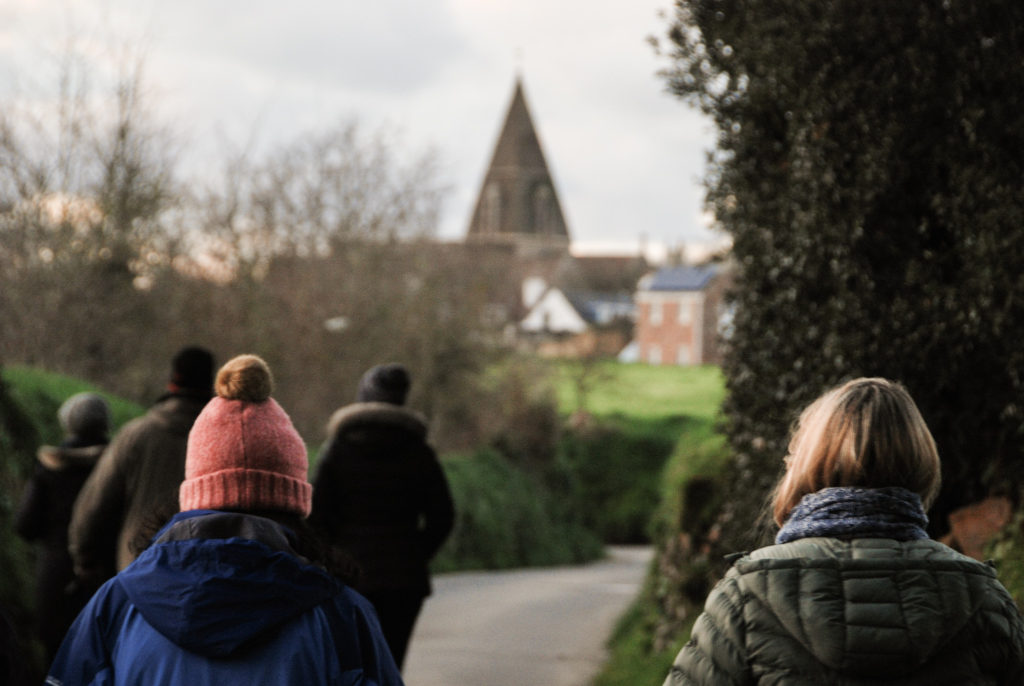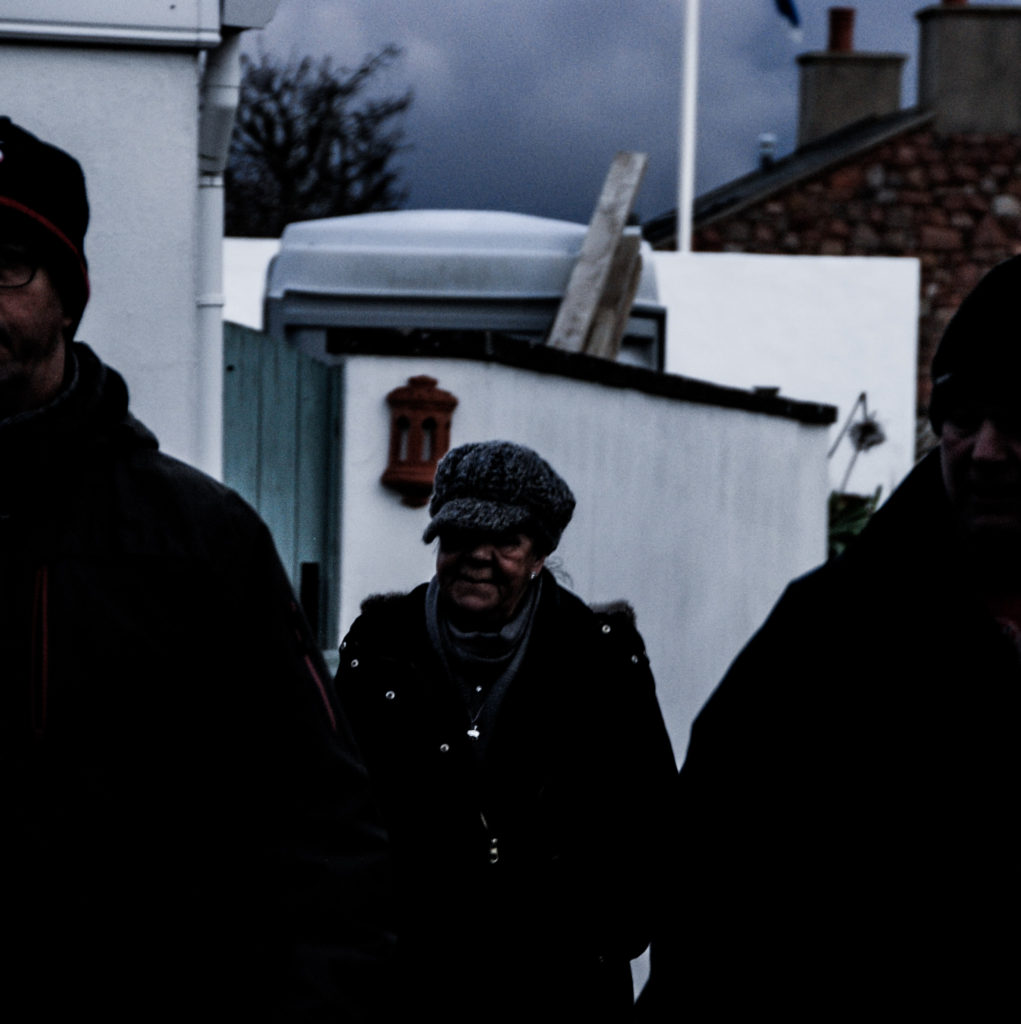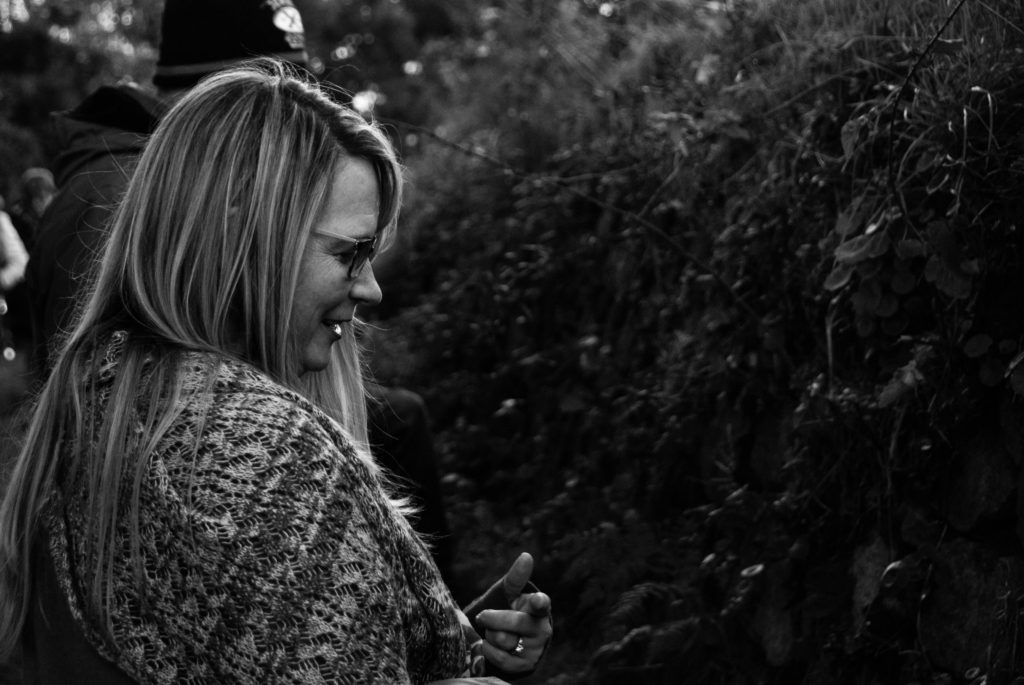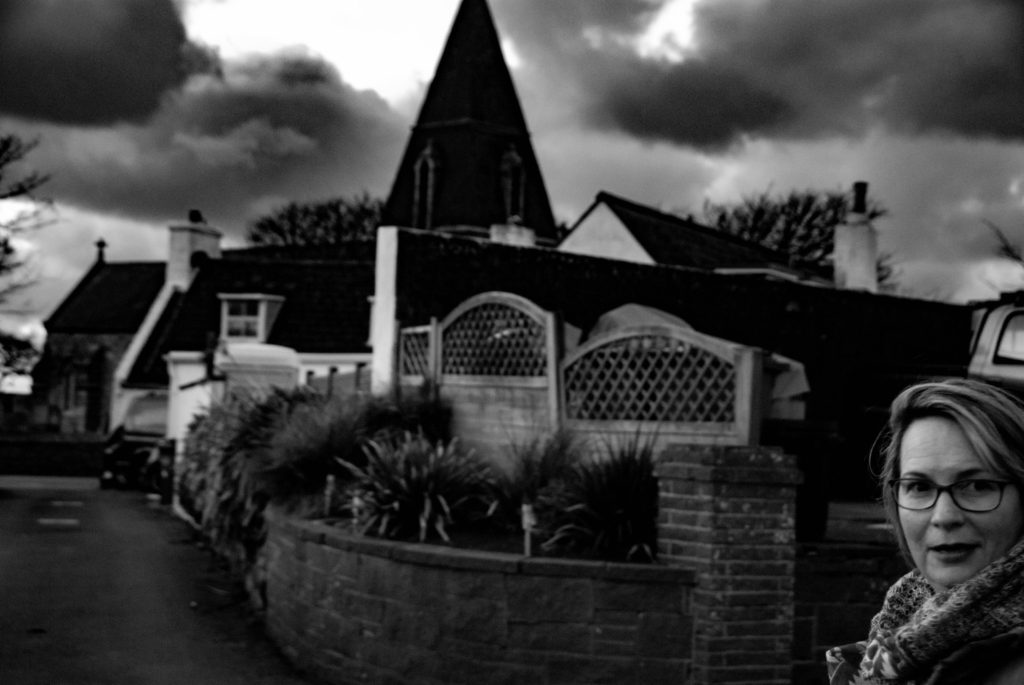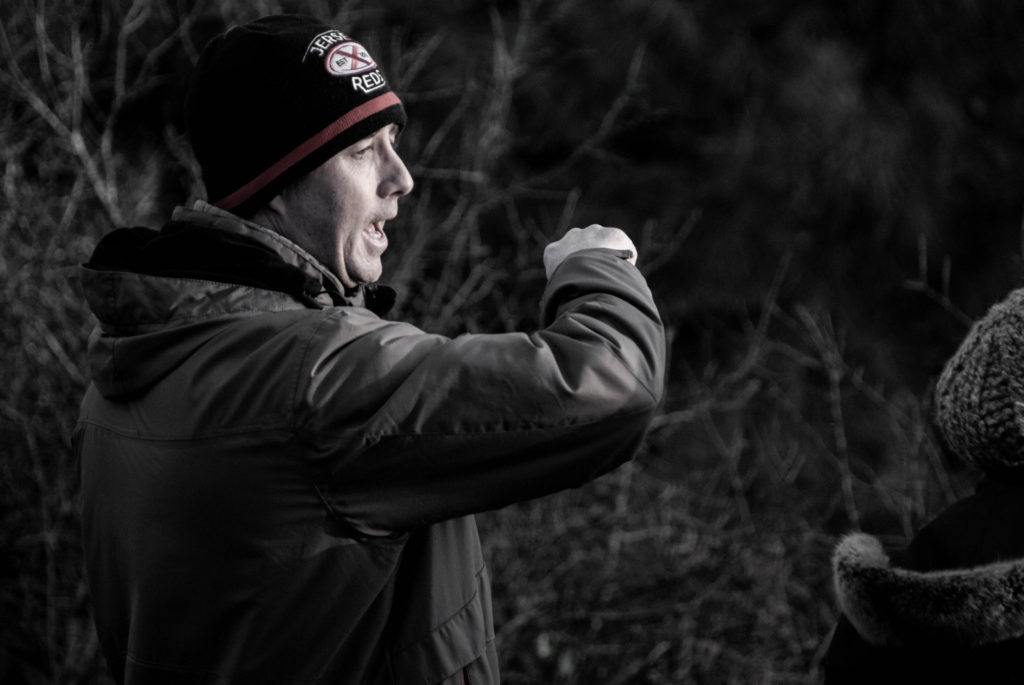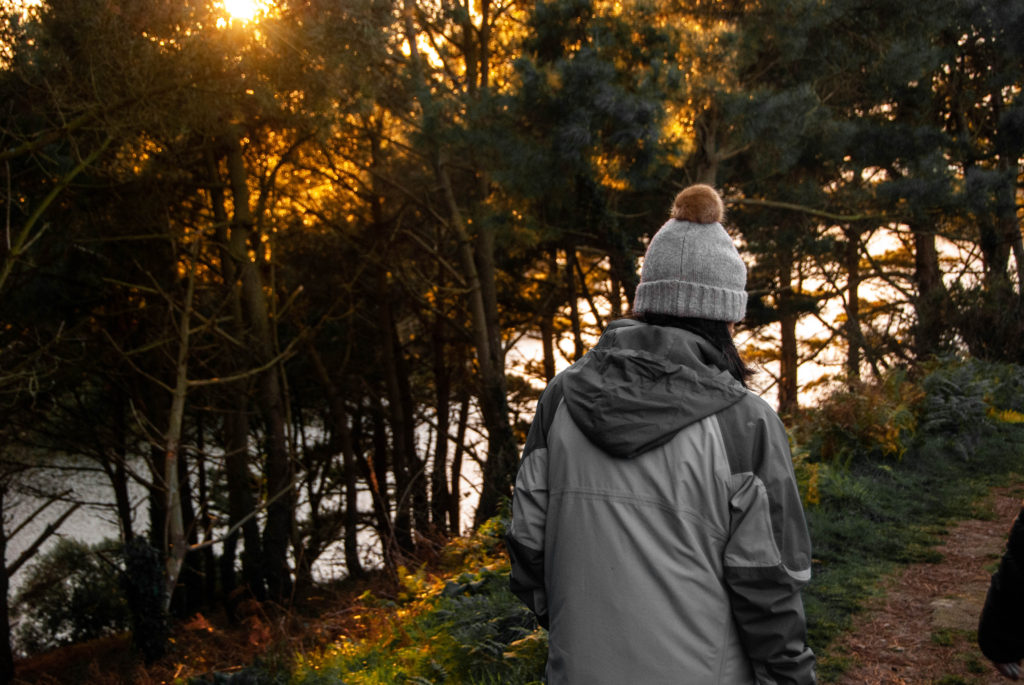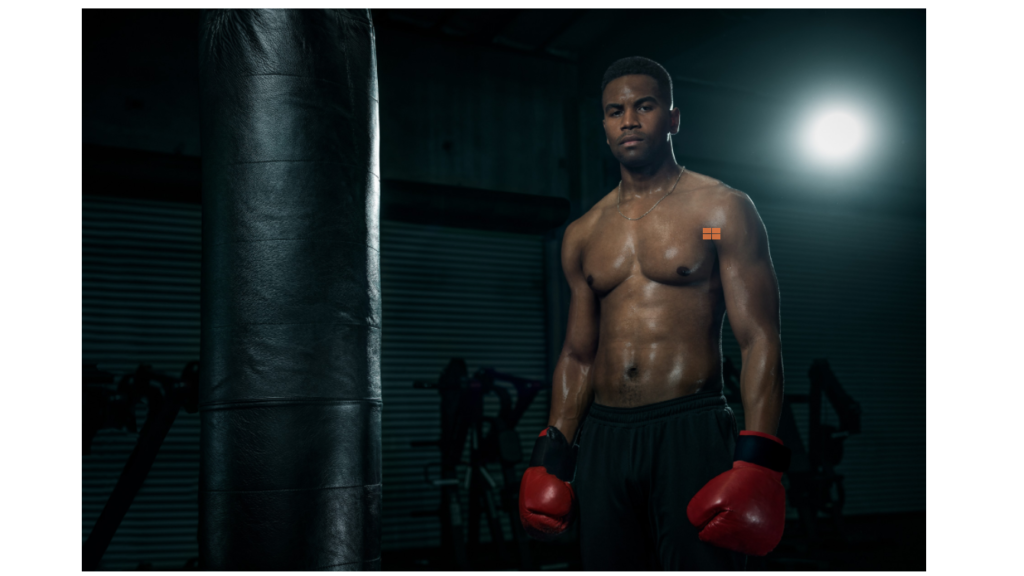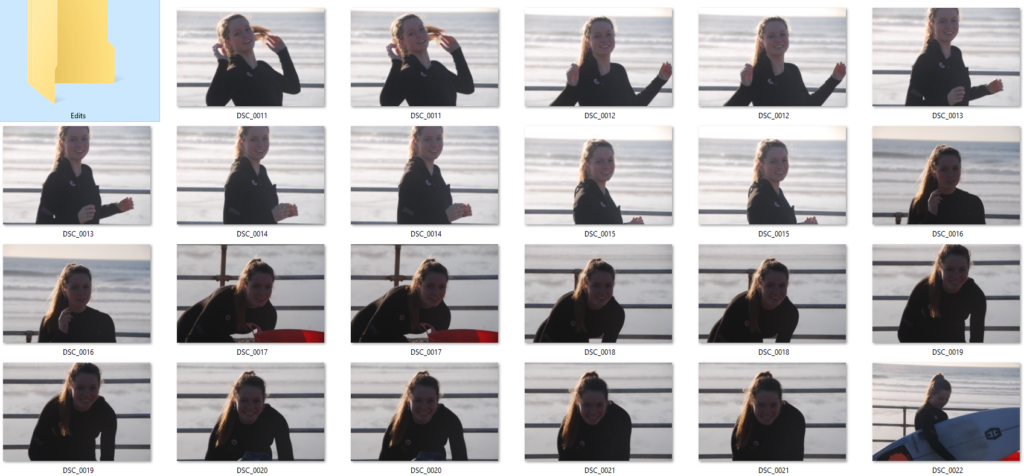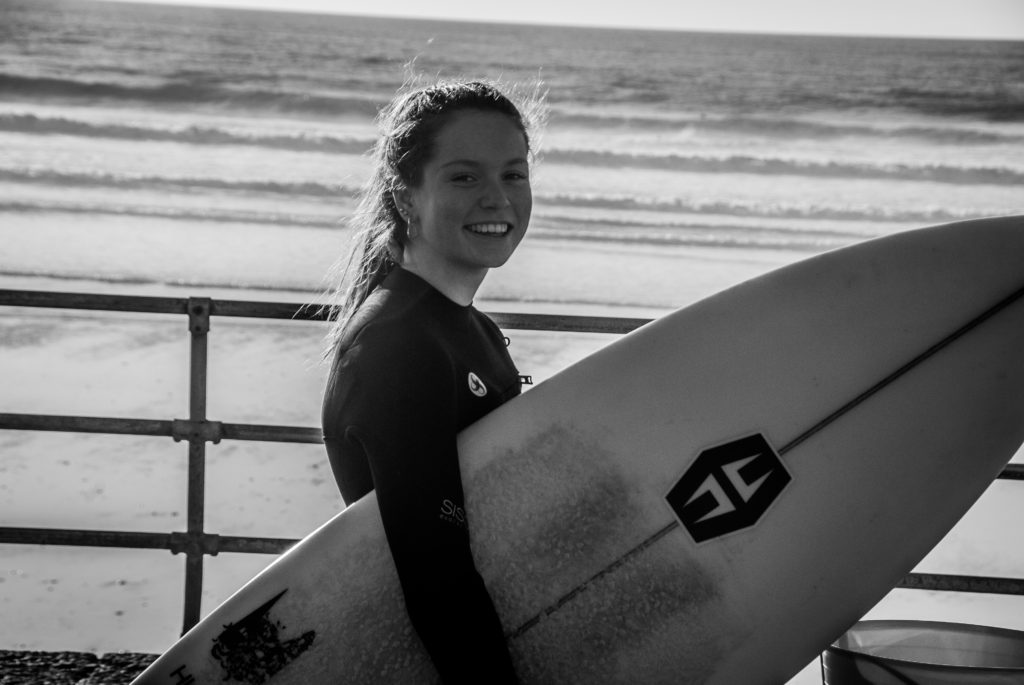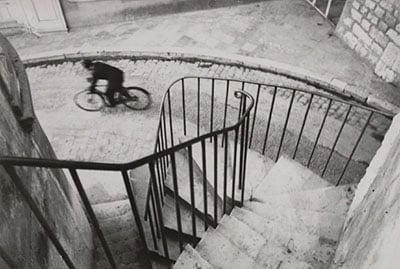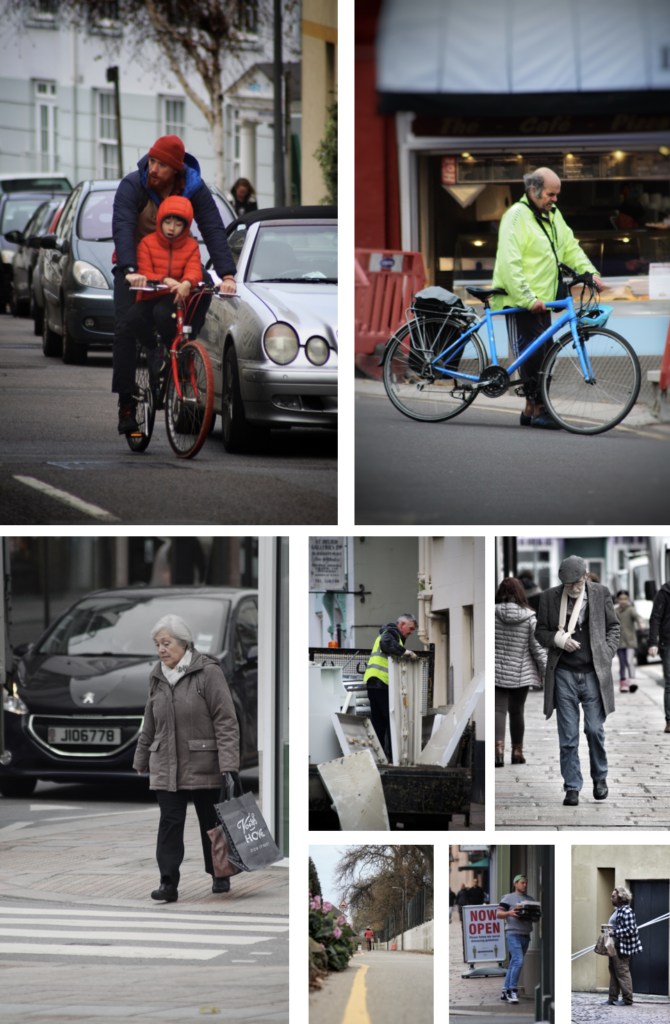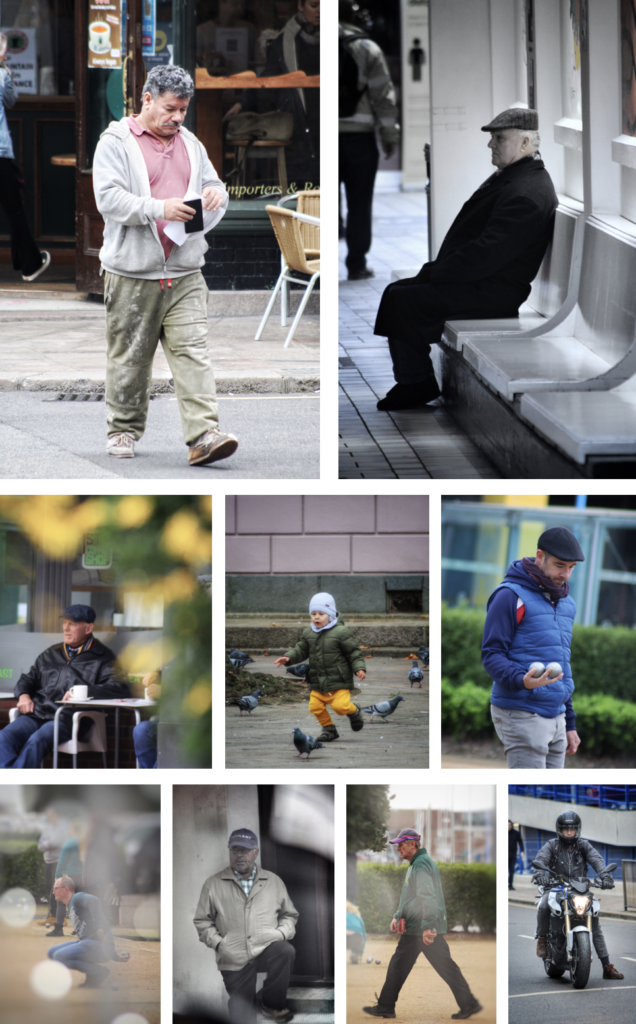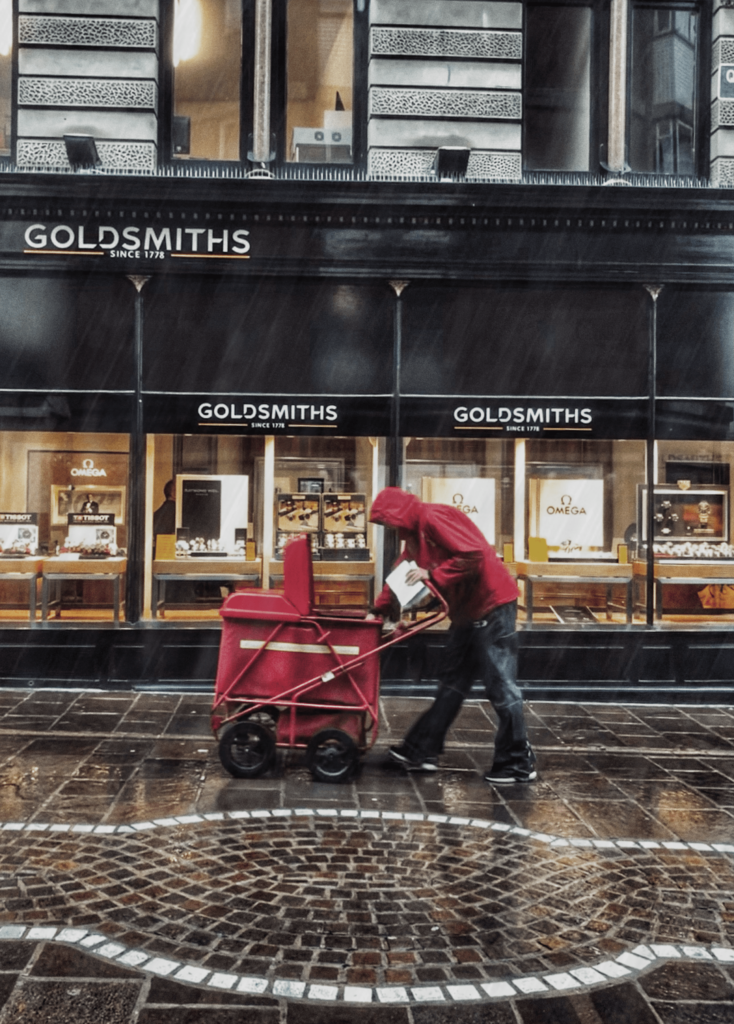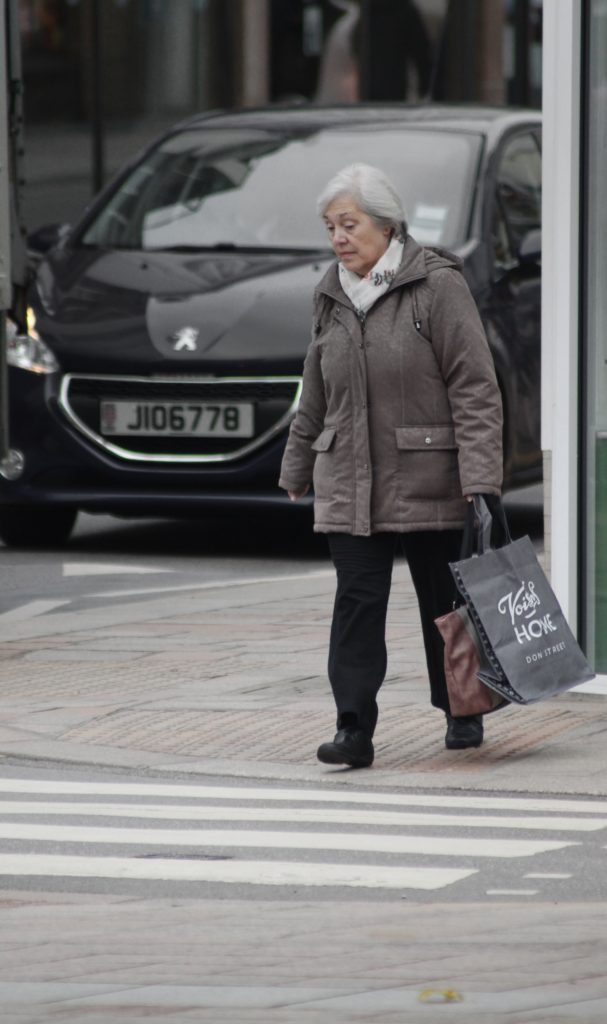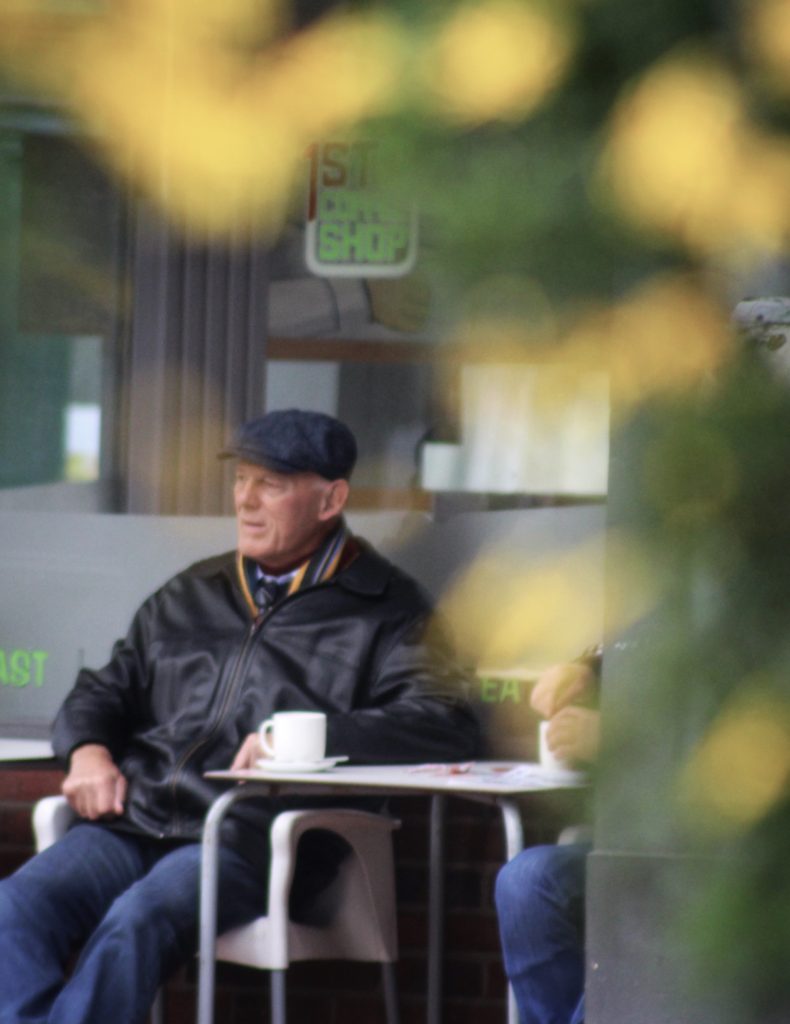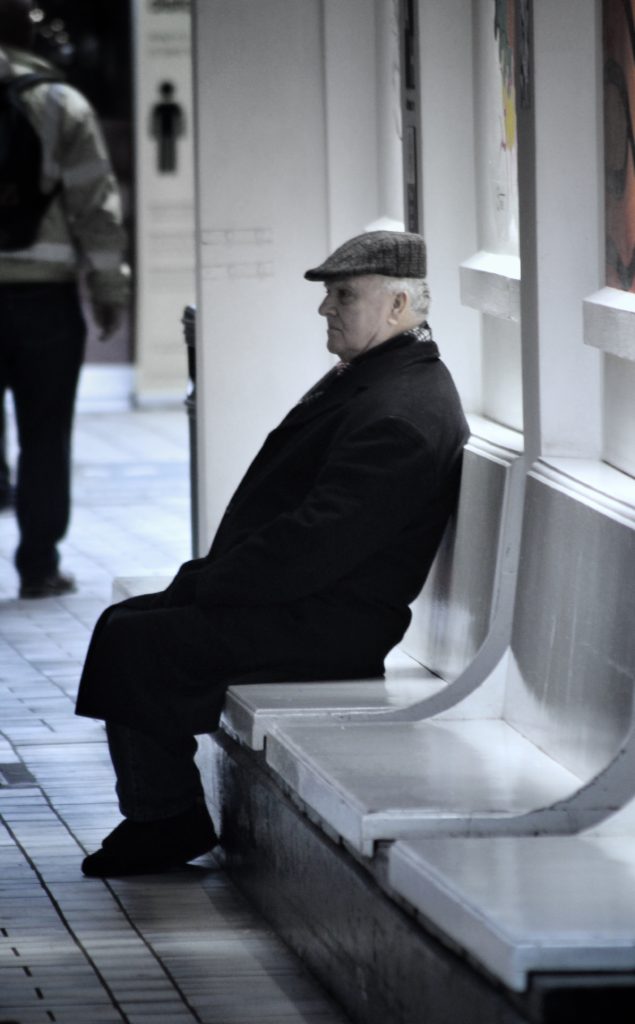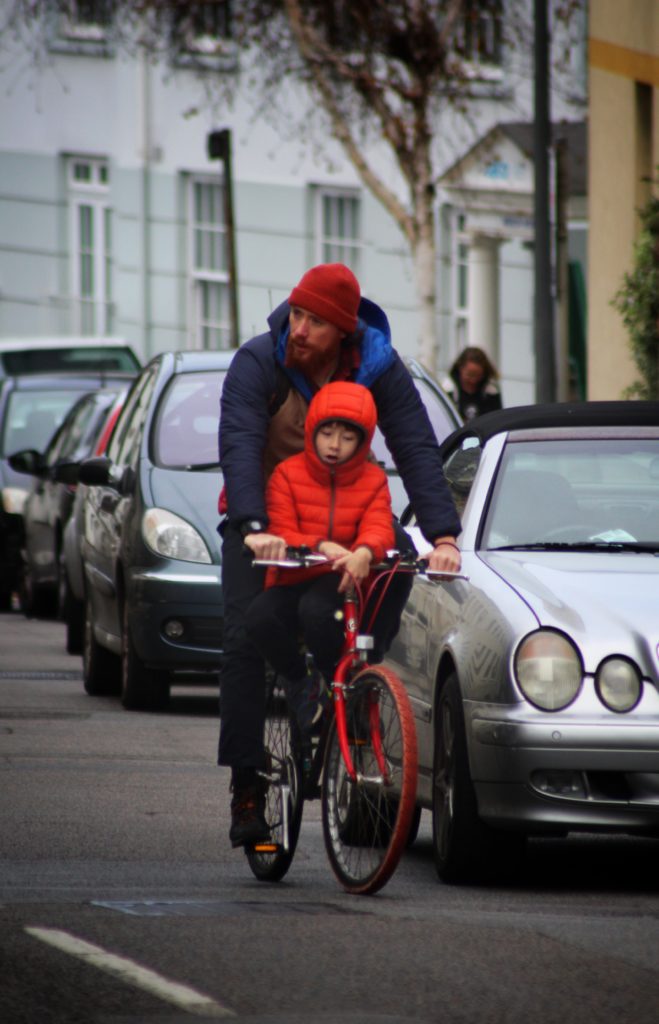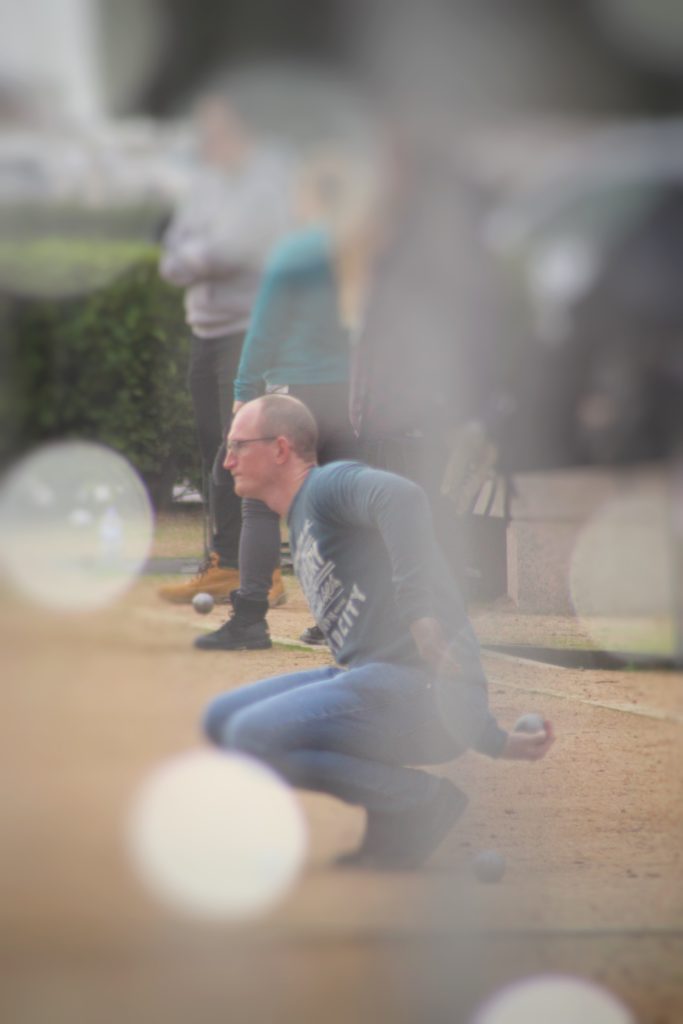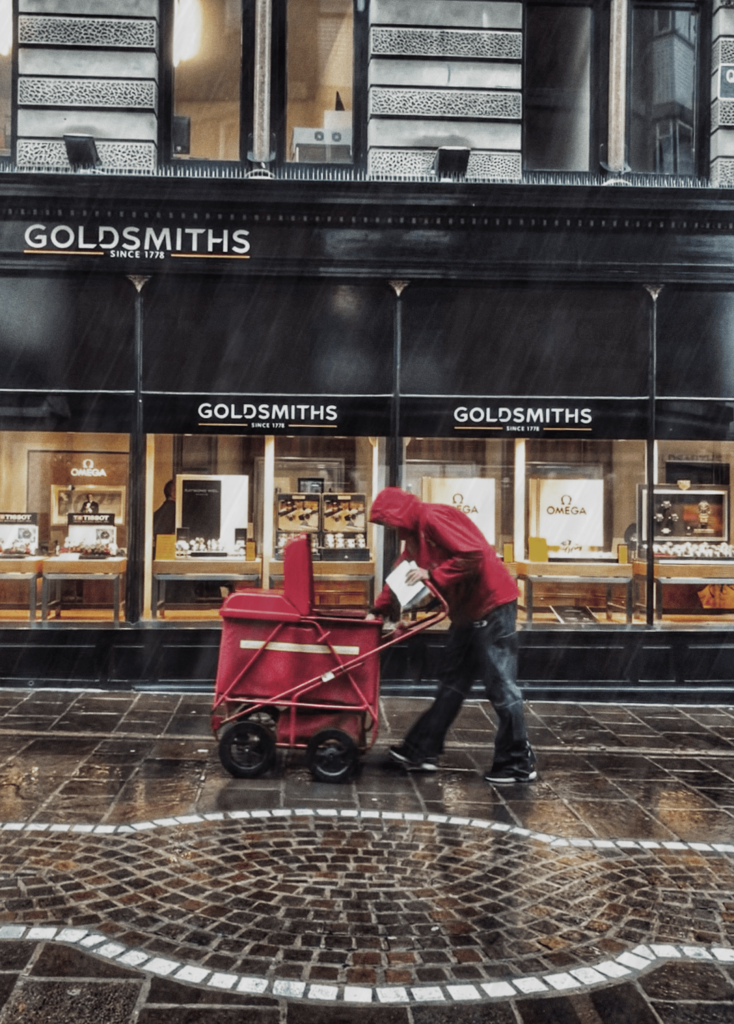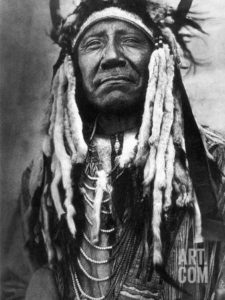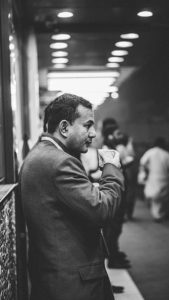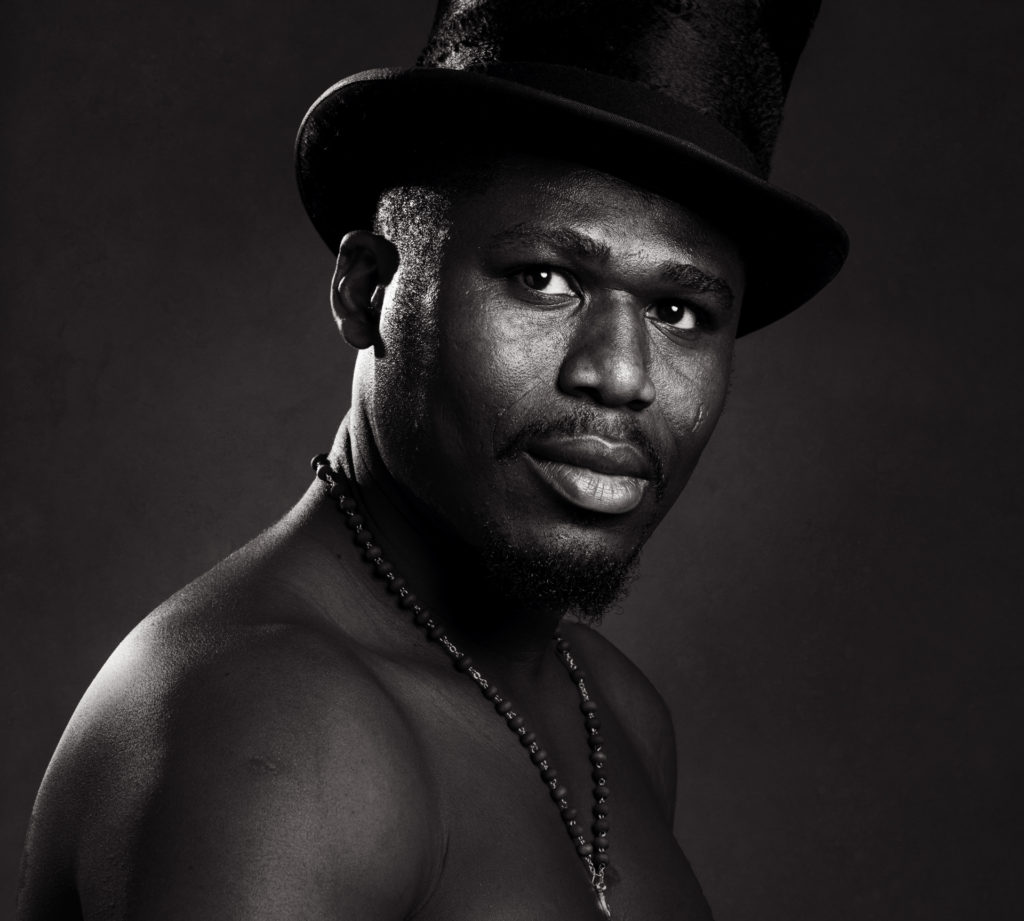Below are some INSTRUCTIONS AND INSPIRATIONS for your headshots in the studio in the next couple of weeks until Easter. These tasks will allow you to continue to experiment with studio lighting and respond to a number of creative approaches to headshots with reference to both historical portraits photographers from Societe Jersiaise Photo-Archive and contemporary practitioners.
TECHNICAL
RECORDING: produce at least 3 portrait shoots in the studio and consider the following:
1. Lighting: soft, hard – use softbox/ reflectors
2. Framing: Headshots
3. Focusing: focus on the eyes
4. Expression: Explore different moods and emotions.
5. Pose: Manner and attitude. Use hands
Camera settings (flash lighting)
Tripod: optional
Use transmitter on hotshoe
White balance: daylight (5000K)
ISO: 100
Exposure: Manual 1/125 shutter-speed > f/16 aperture
– check settings before shooting
Focal lenght: 105mm portrait lens
BLOG
You are expected to show evidence of the following three EEEs on the blog for the work on Headshots.
EDITING: For each portrait shoot produce a screen-shots of your image selection and adjust your BEST 3 IMAGES in Lightroom using basic tools such as cropping, contrast, tonality, colour balance, monochrome. Describe also the lighting setup using an image from ‘behind the scenes’, ie. key light, back light, fill light, use of reflectors, gels etc.
EXPERIMENTING: Complete at least 3 out of these 5 experiments on DIAMOND CAMEO, DOUBLE/ MULTIPLE EXPOSURE, JUXTAPOSITION, SEQUENCE/ GRID AND MONTAGE (see more details below). Make sure you demonstrate creativity and produce at least 3 different variations of the same portrait experiment.
EVALUATING: Compare your portrait responses/ experiments and provide some analysis of artists work and images below that has inspired your ideas and shoots. Use this Photo-Literacy matrix.

INSPIRATIONS
Henry Mullins is one of the most prolific photographers represented in the Societe Jersiase Photo-Archive, producing over 9,000 portraits of islanders from 1852 to 1873 at a time when the population was around 55.000. The record we have of his work comes through his albums, in which he placed his clients in a social hierarchy. The arrangement of Mullins’ portraits of ‘who’s who’ in 19th century Jersey are highly politicised.
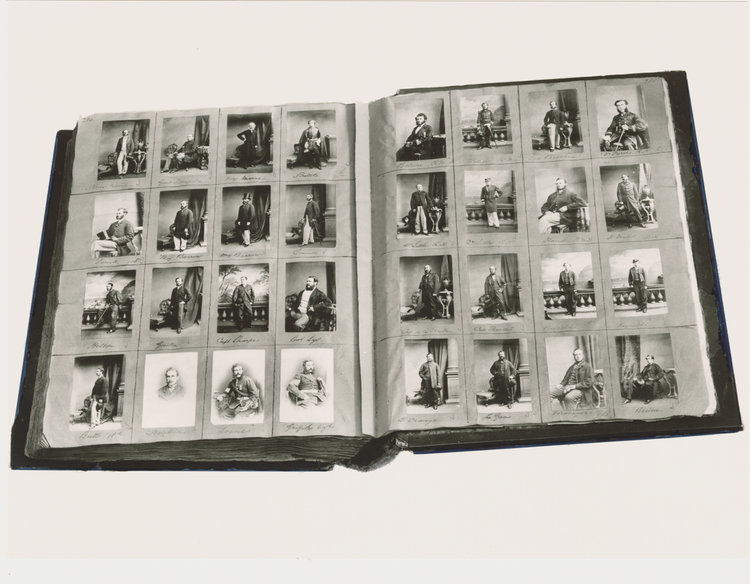
You can read more here in an extract from Gareth Syvret’s (former photo-archivist) text in ED.EM.03. Henry Mullins / Michelle Sank – on the social matrix. We also have copies of this photozine in classroom for further study and reading.
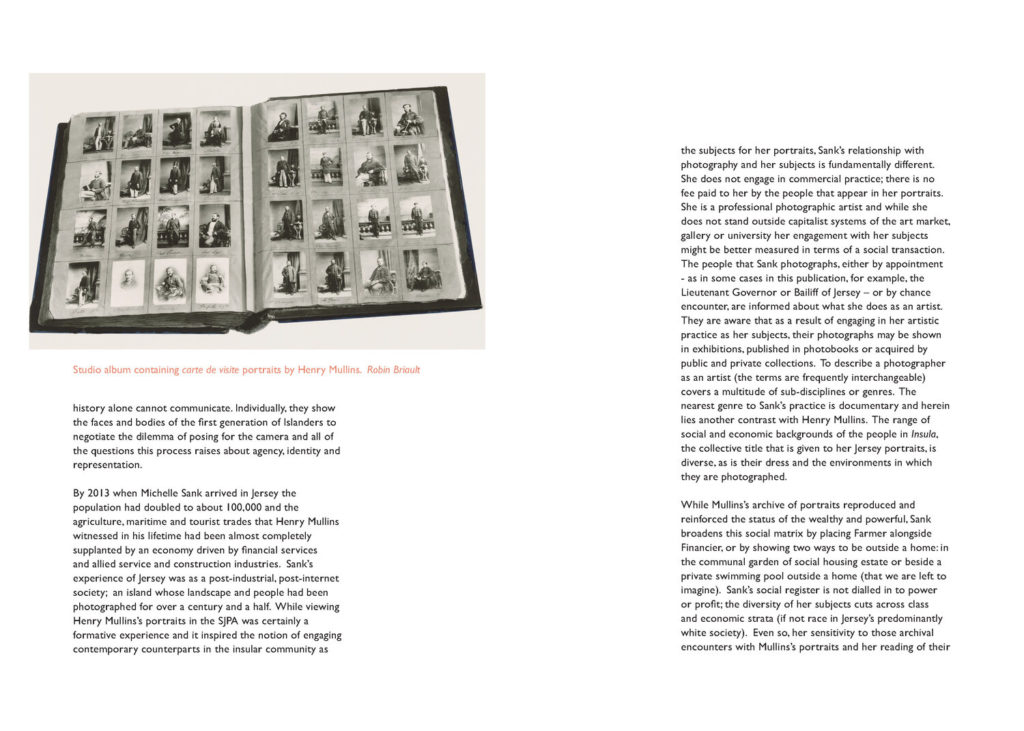
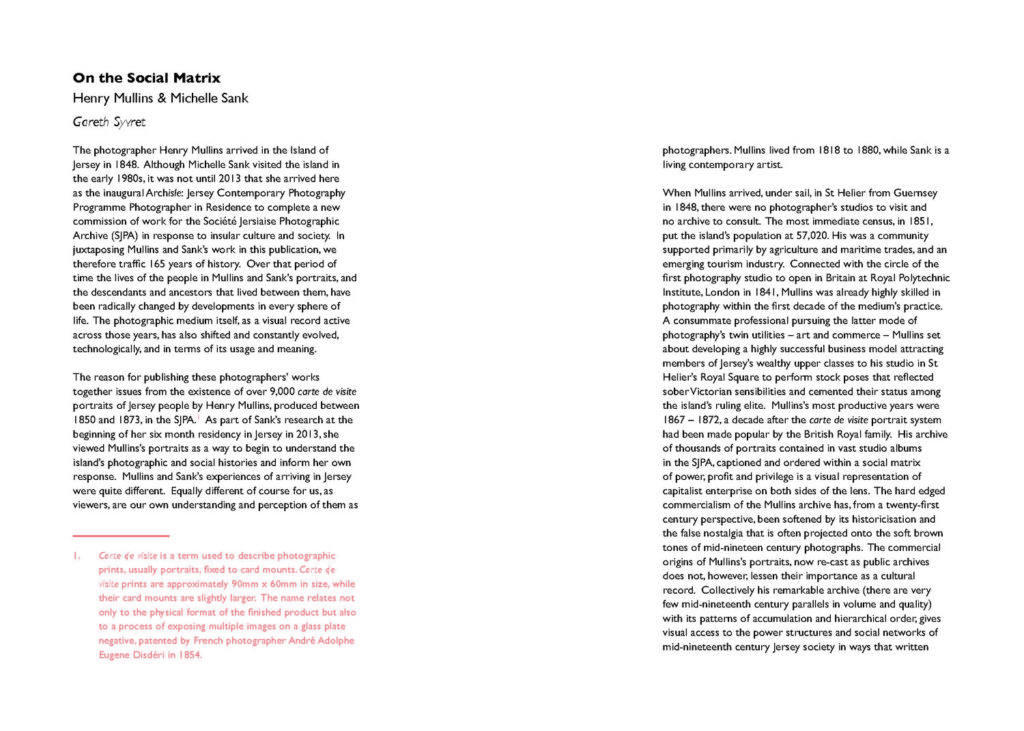
Henry Mullins started working at 230 Regent Street in London in the 1840s and moved to Jersey in July 1848, setting up a studio known as the Royal Saloon, at 7 Royal Square. Here he would photograph Jersey political elite (The Bailiff, Lt Governor, Jurats, Deputies etc), mercantile families (Robin, Janvrin, Hemery, Nicolle ect.) military officers and professional classes (advocates, bankers, clergy, doctors etc).
His portrait were printed on a carte de visite as a small albumen print, (the first commercial photographic print produced using egg whites to bind the photographic chemicals to the paper) which was a thin paper photograph mounted on a thicker paper card. The size of a carte de visite is 54.0 × 89 mm normally mounted on a card sized 64 × 100 mm. In Mullins case he mounted his carted de visite into an album. Because of the small size and relatively affordable reproducibility carte-de-visite were commonly traded among friends and visitors in the 1860s. Albums for the collection and display of cards became a common fixture in Victorian parlors. The immense popularity of these card photographs led to the publication and collection of photographs of prominent persons.

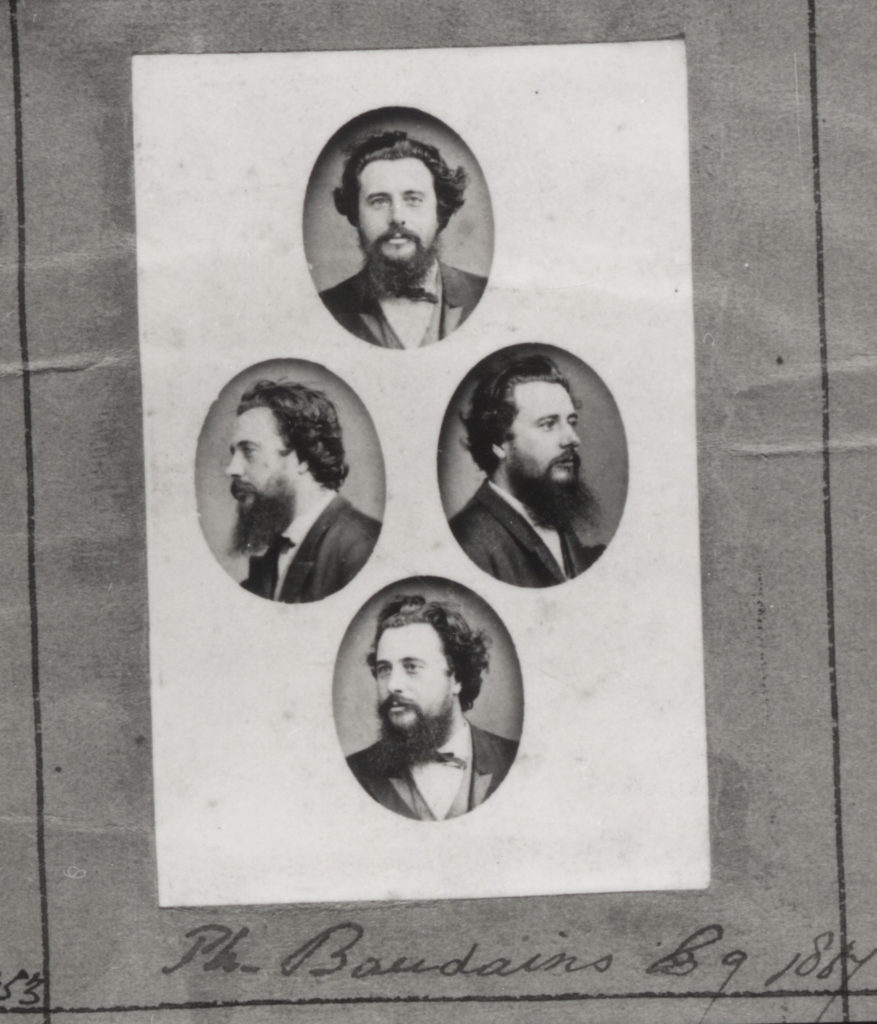
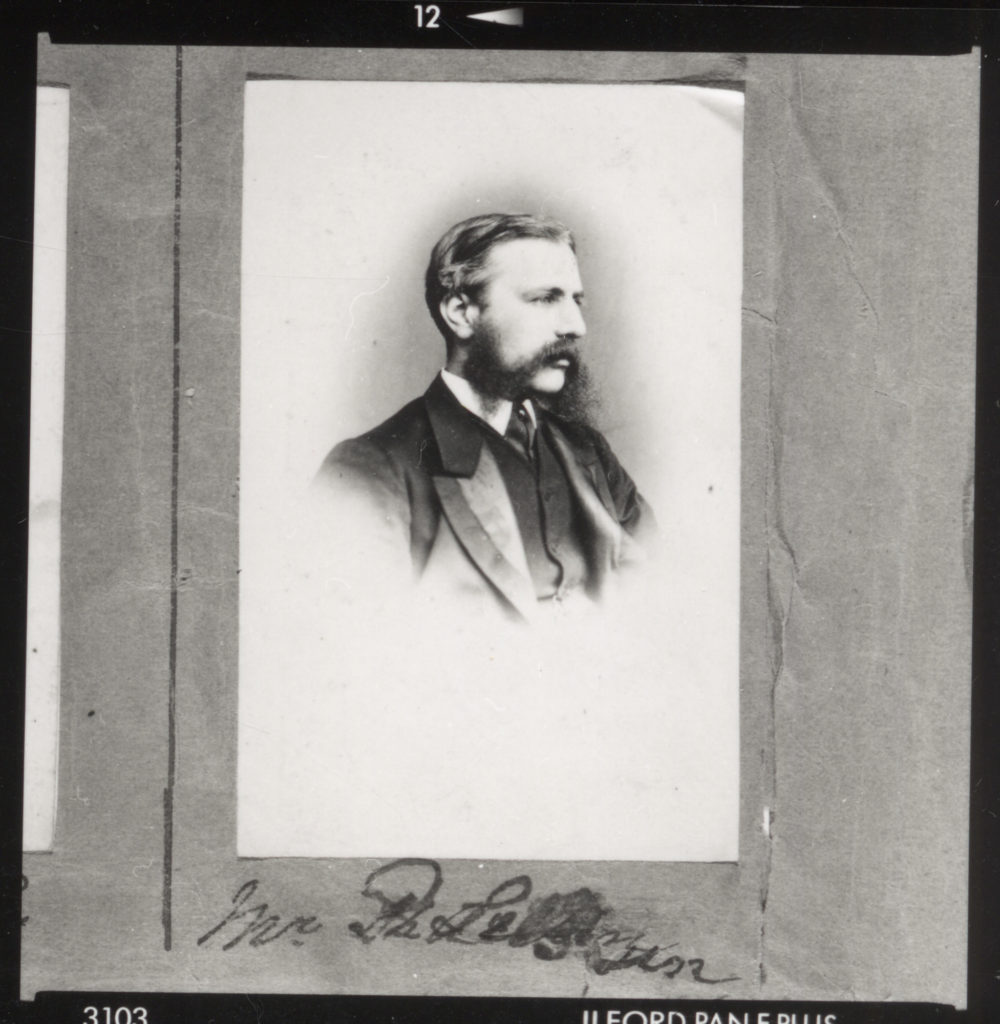
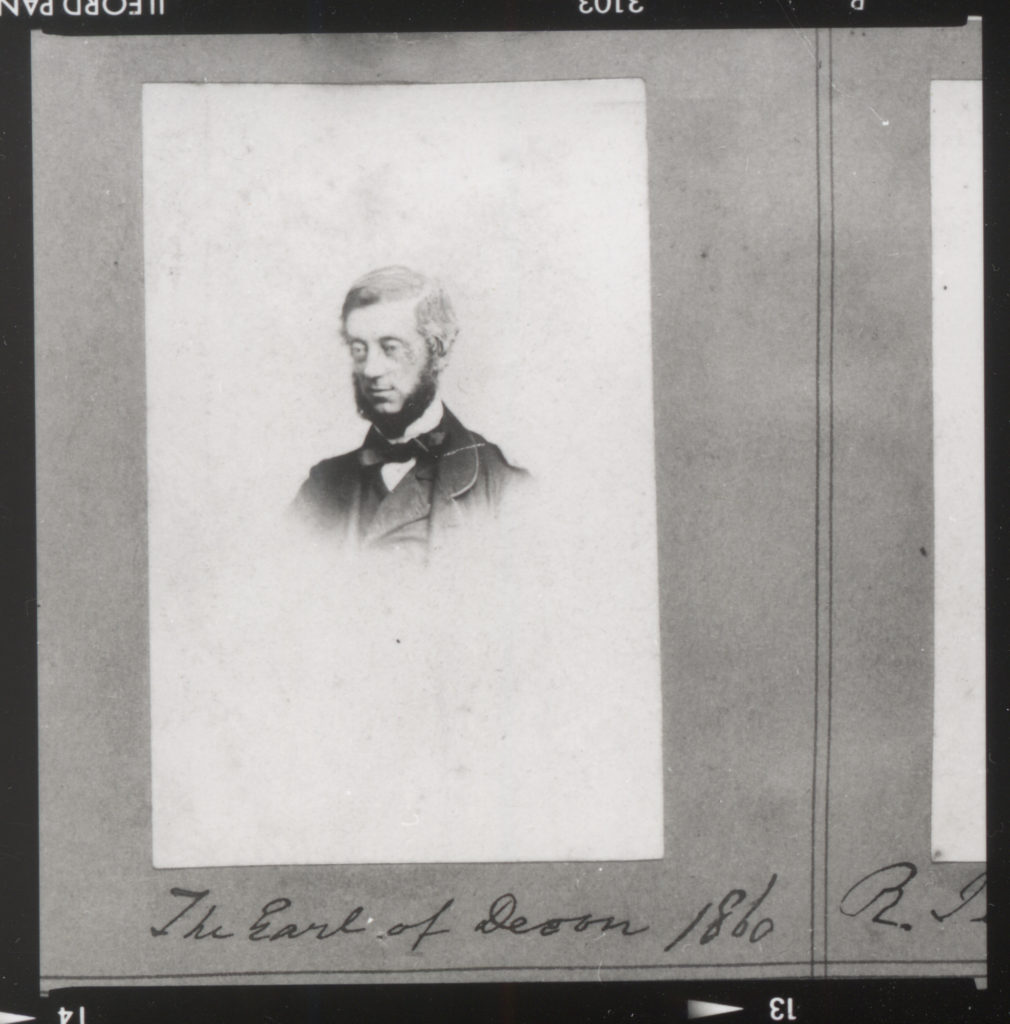

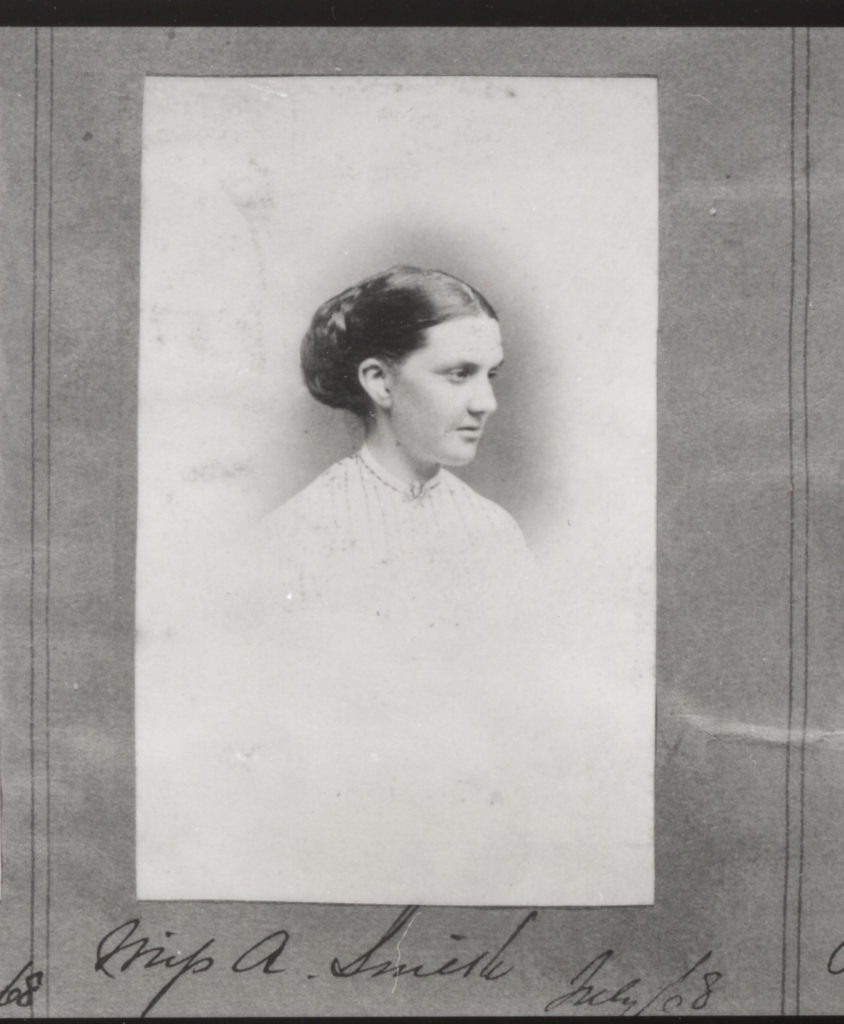
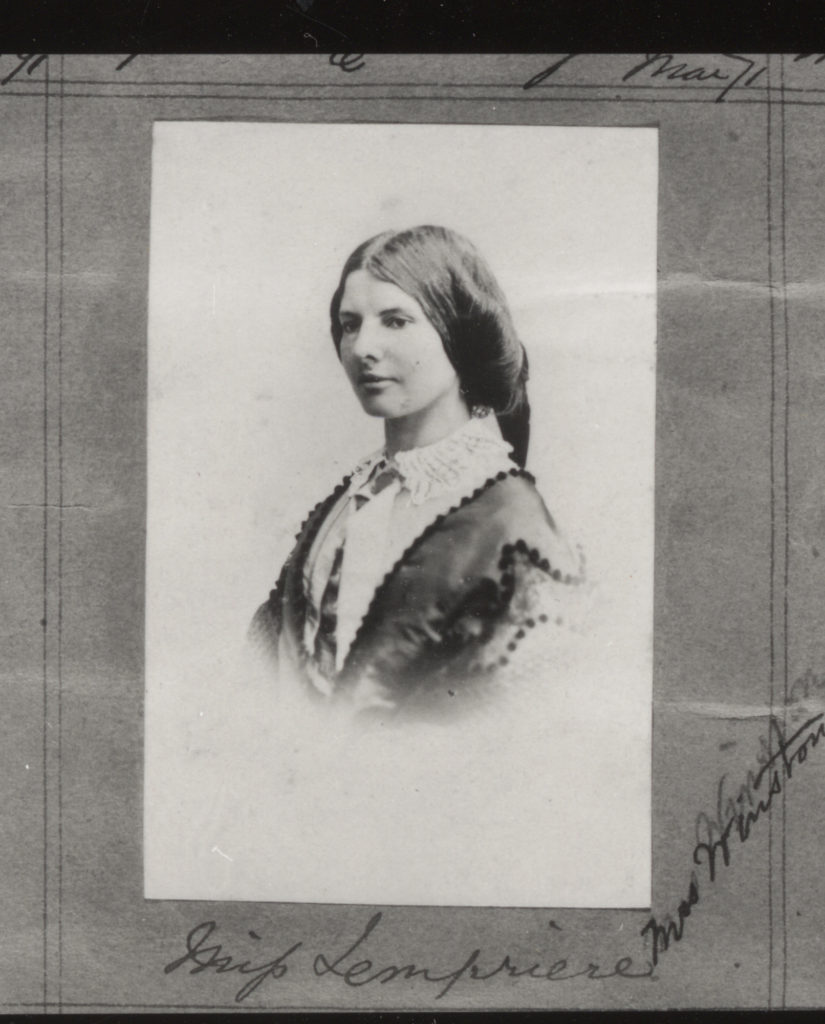
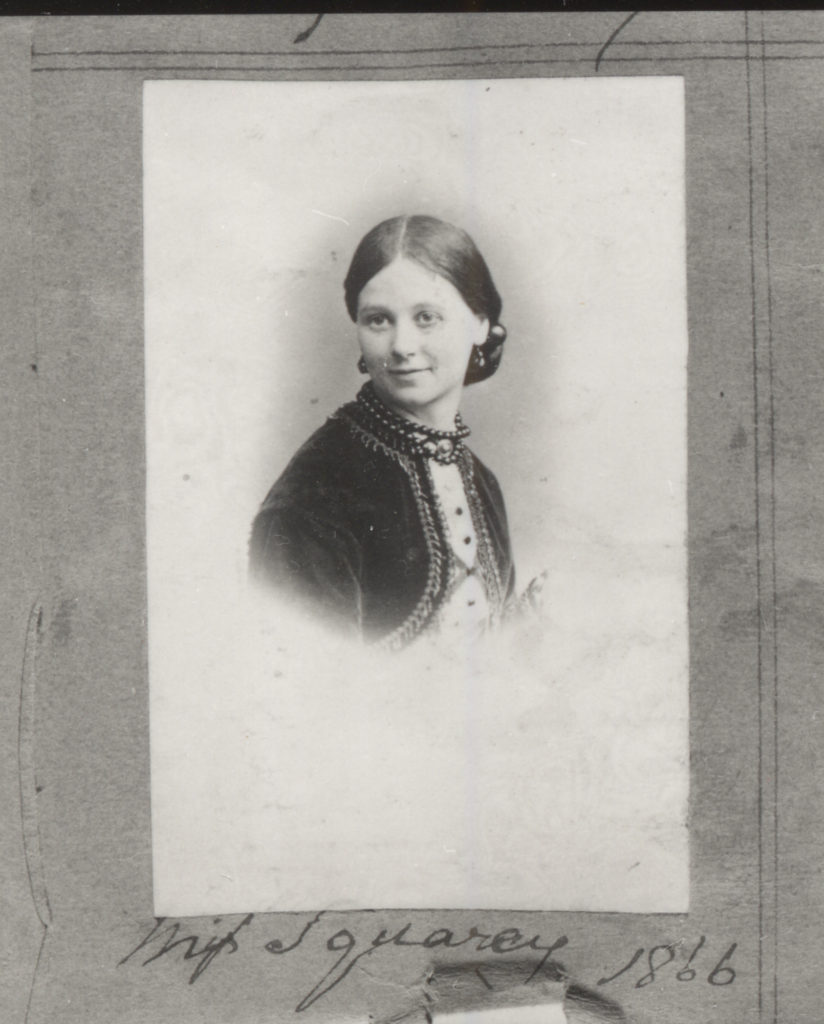
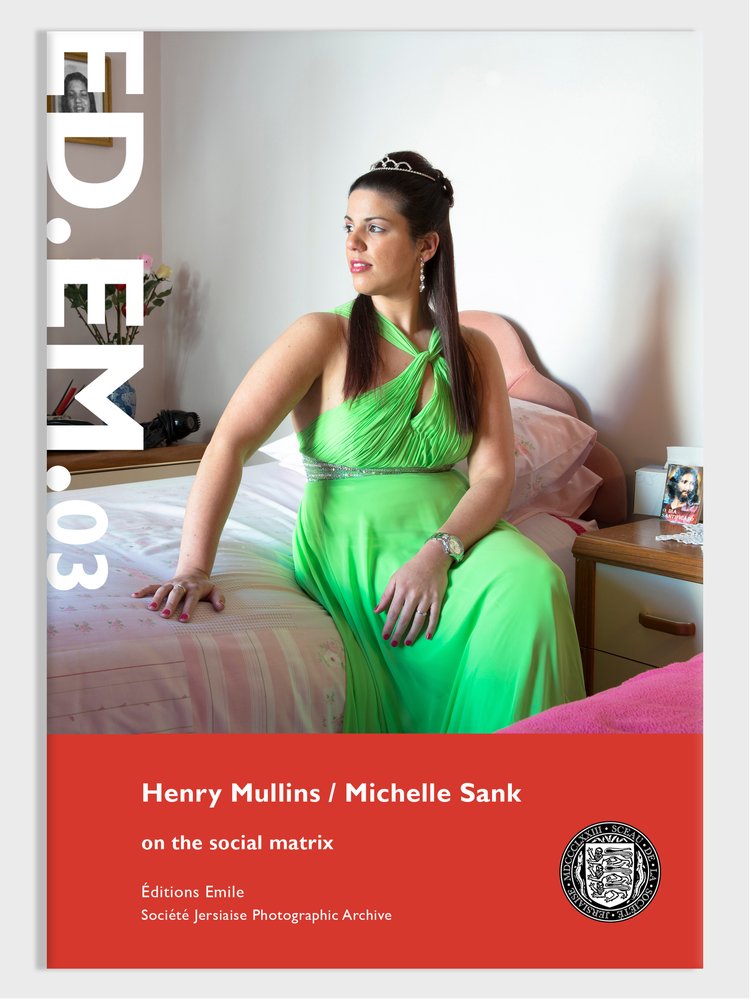
Here are some spreads from ED.EM.03 Henry Mullins / Michelle Sank – on the social matrix. ED.EM is a photo-zine produced by Societe Jersiaise Photographic Archive that presents a selection of images from its historical collection.
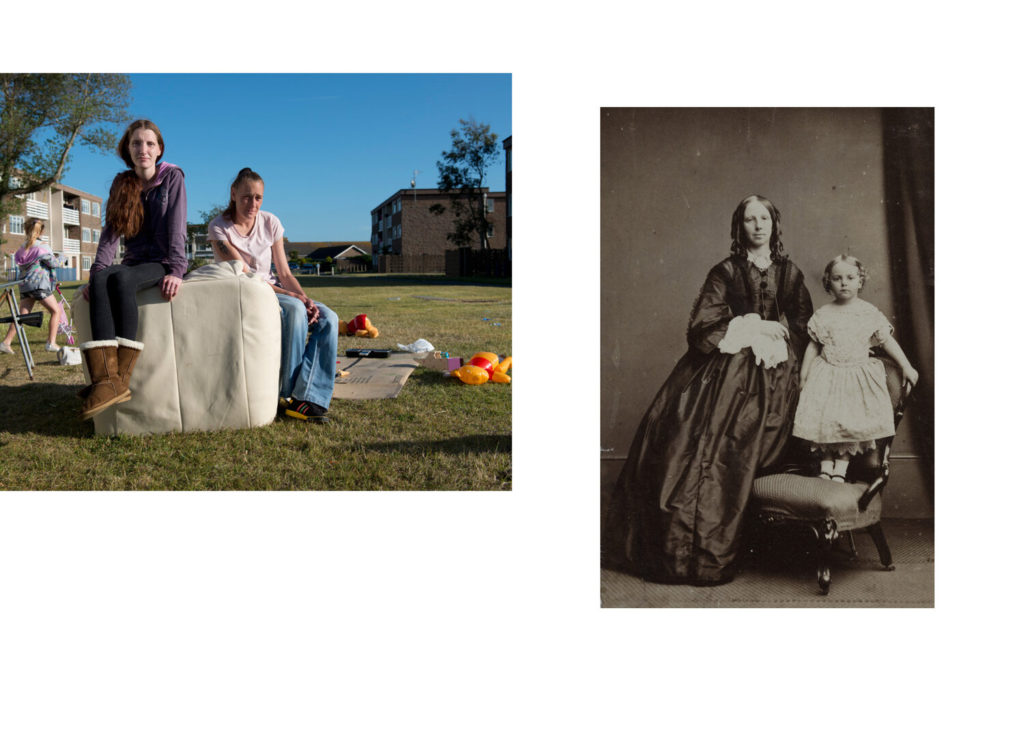

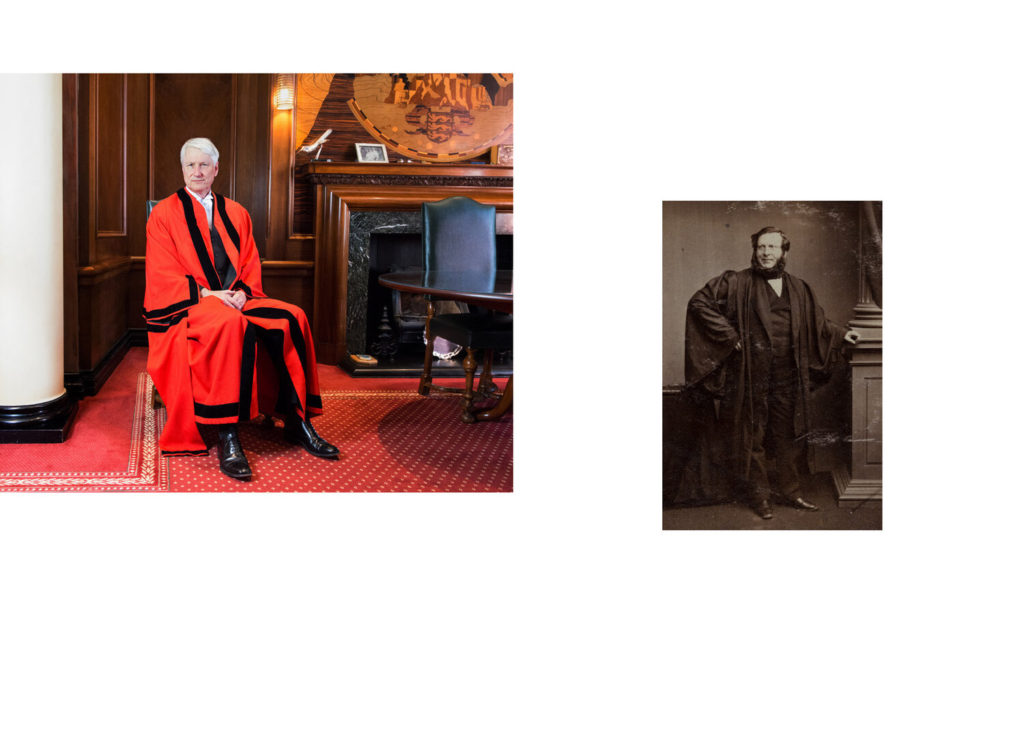

Becque á Barbe: Face to Face: A portrait project about Jèrriais – the island of Jersey’s native language of Norman French. Each portrait is titled with a Jèrriais word that each native speaker has chosen to represent a personal or symbolic meaning, or a specific memory linked to his or her childhood. Some portraits are darker in tonality to reflect the language hidden past at a time when English was adopted as the formal speech in Jersey and Jèrriais was suppressed publicly and forbidden to be spoken in schools.
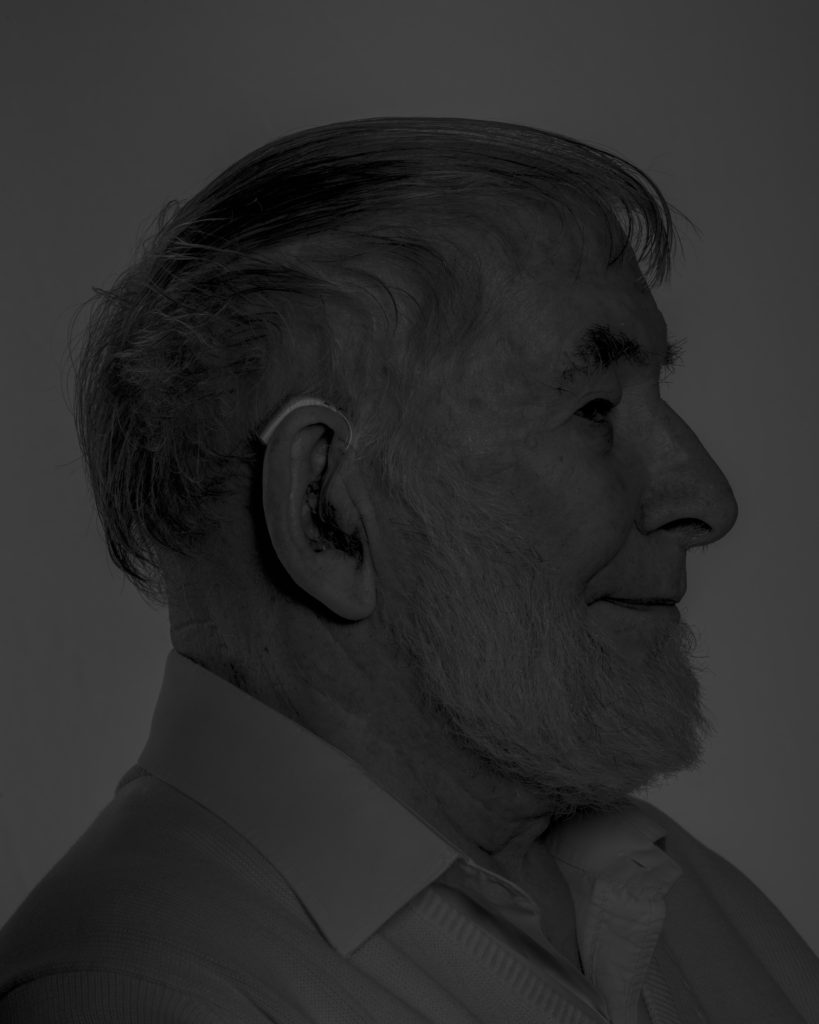
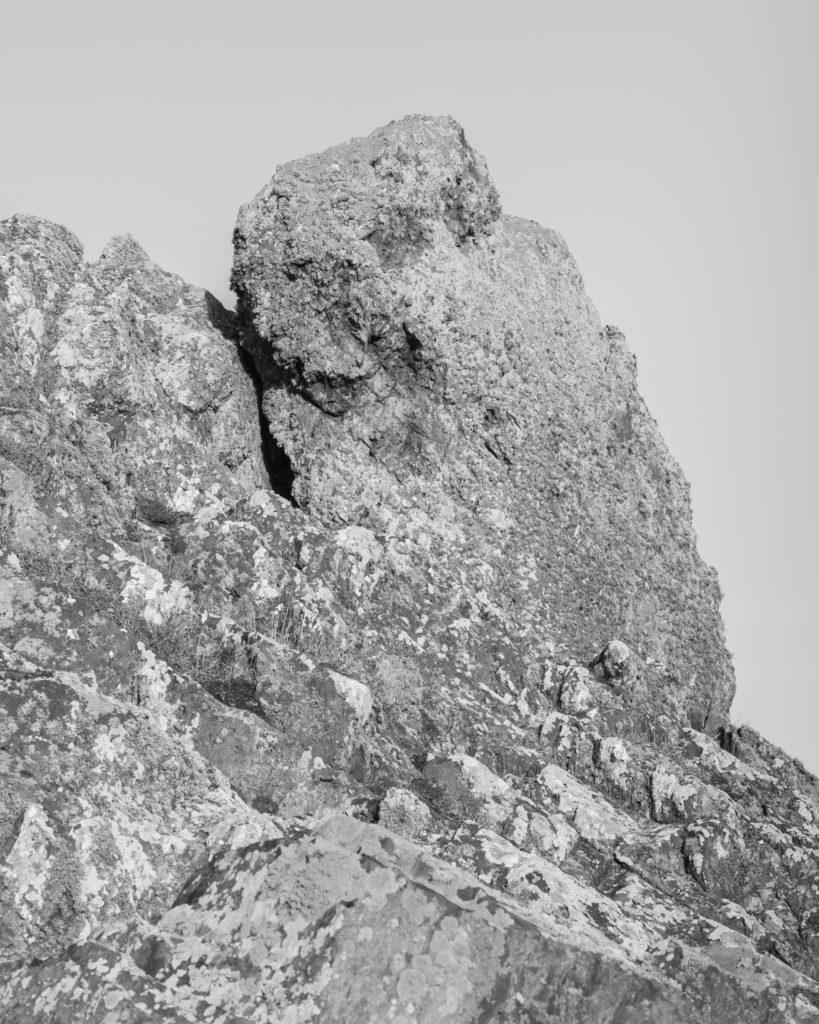

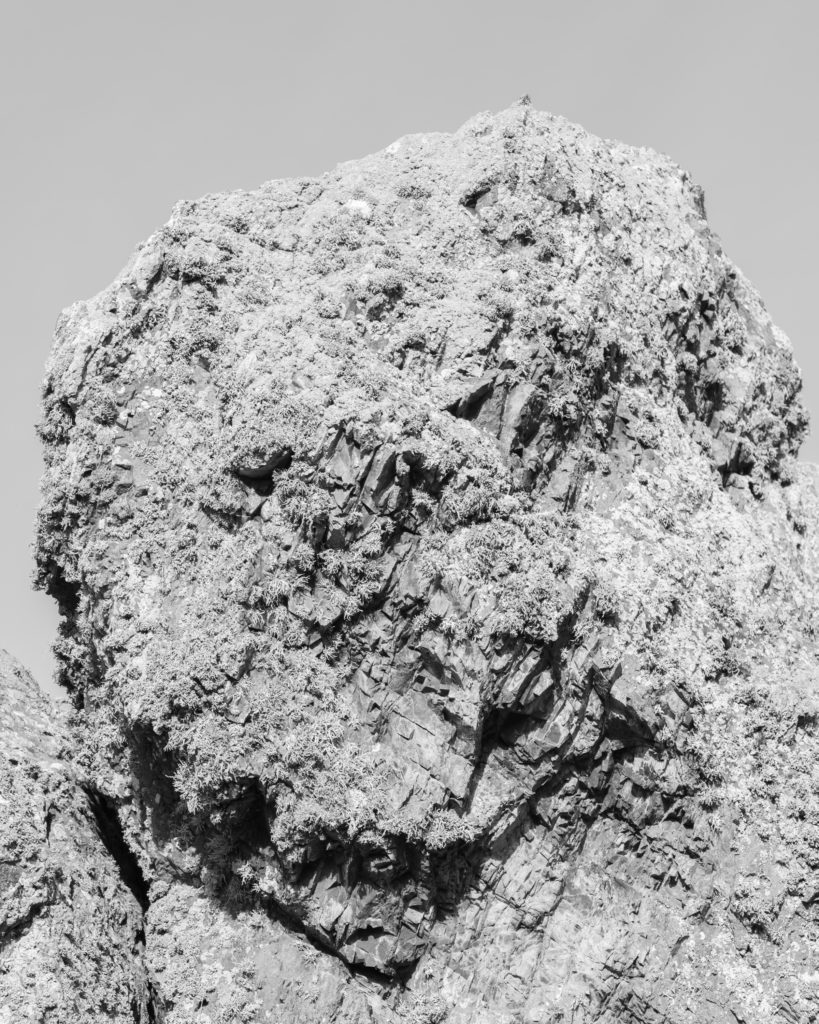
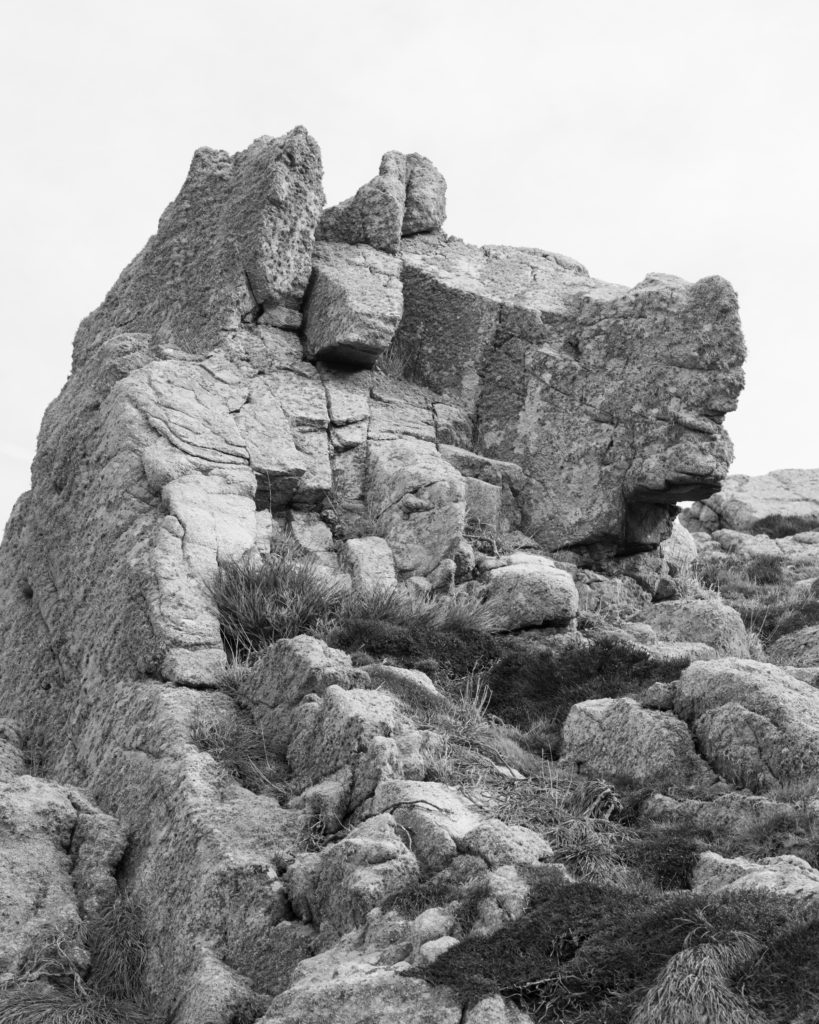
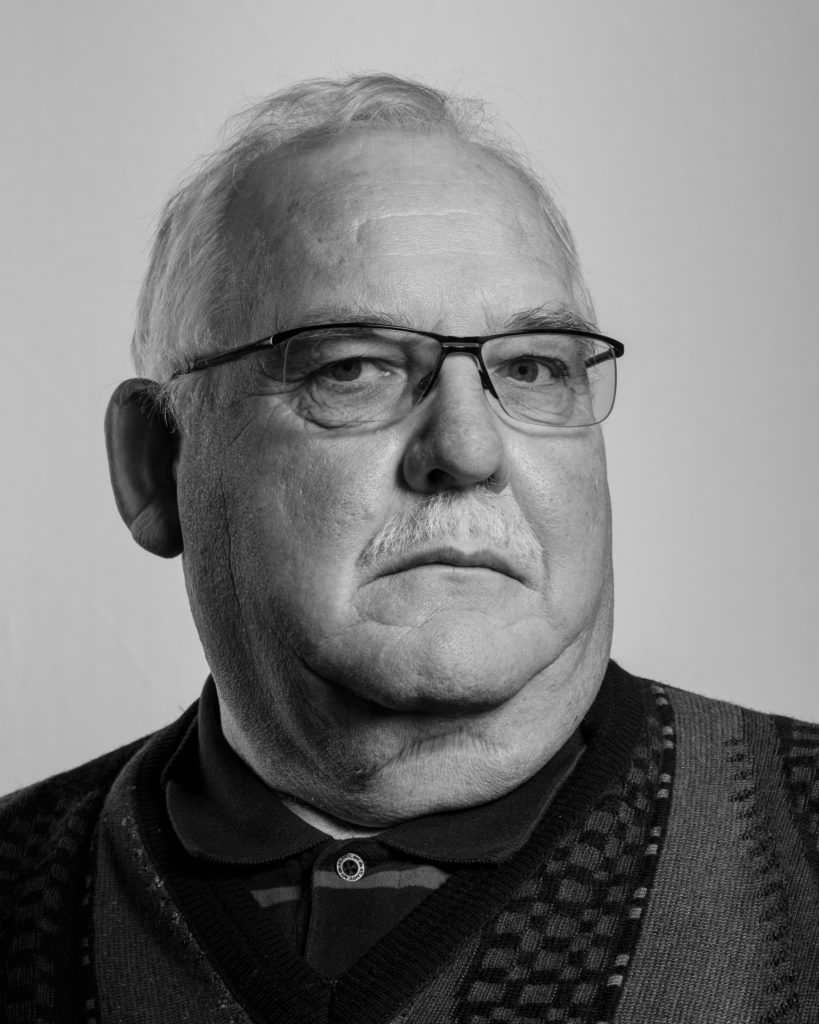

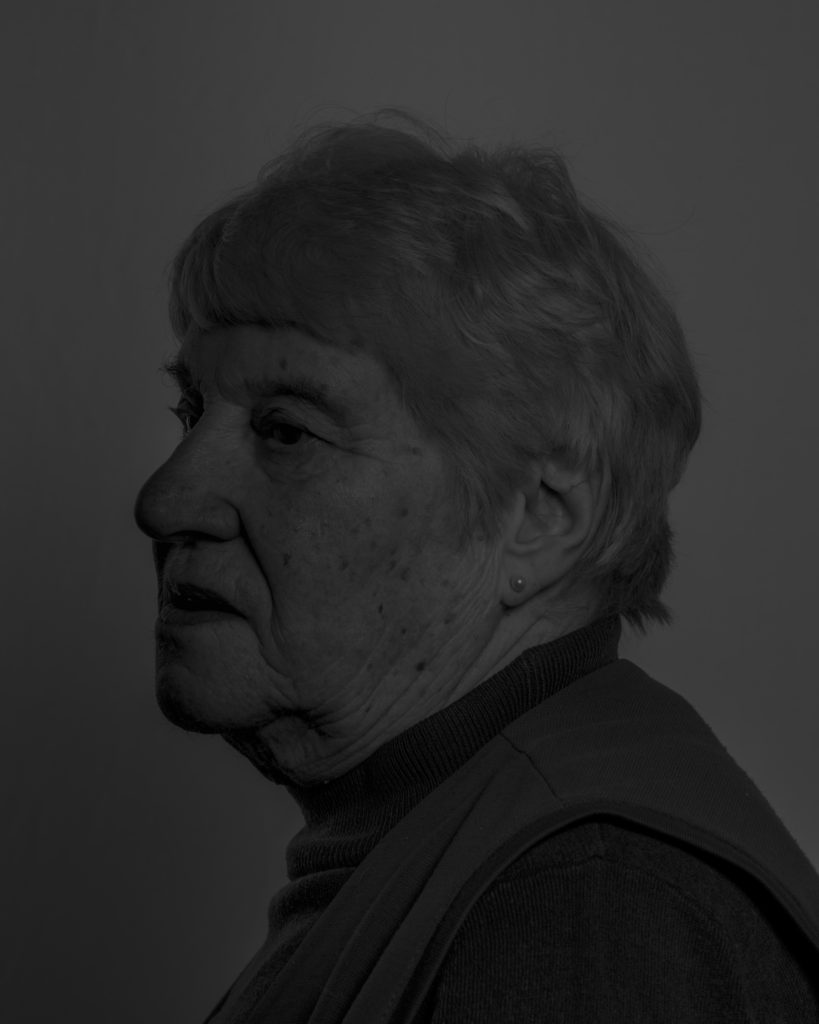
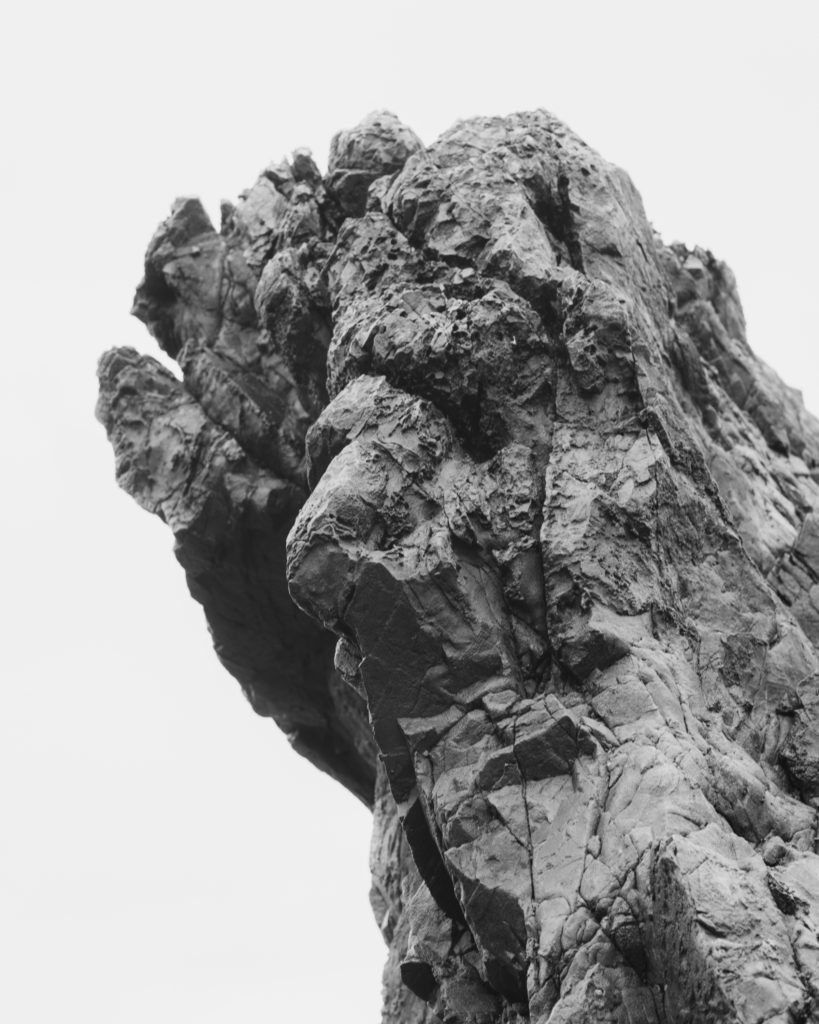
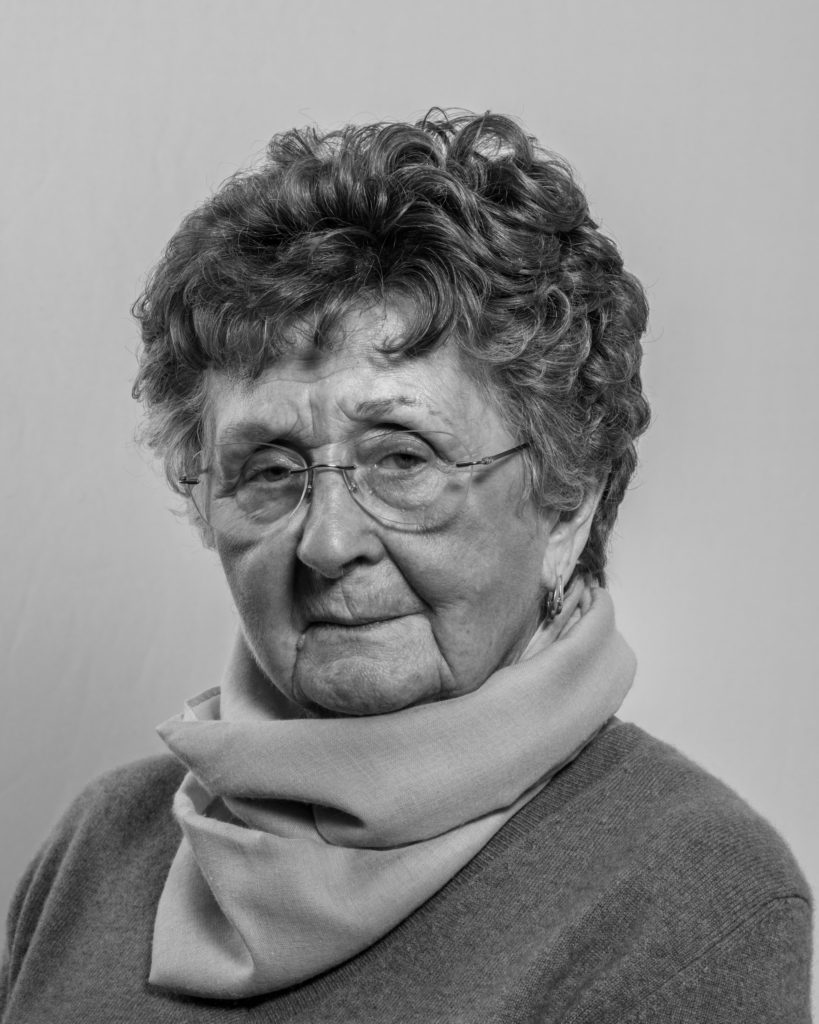

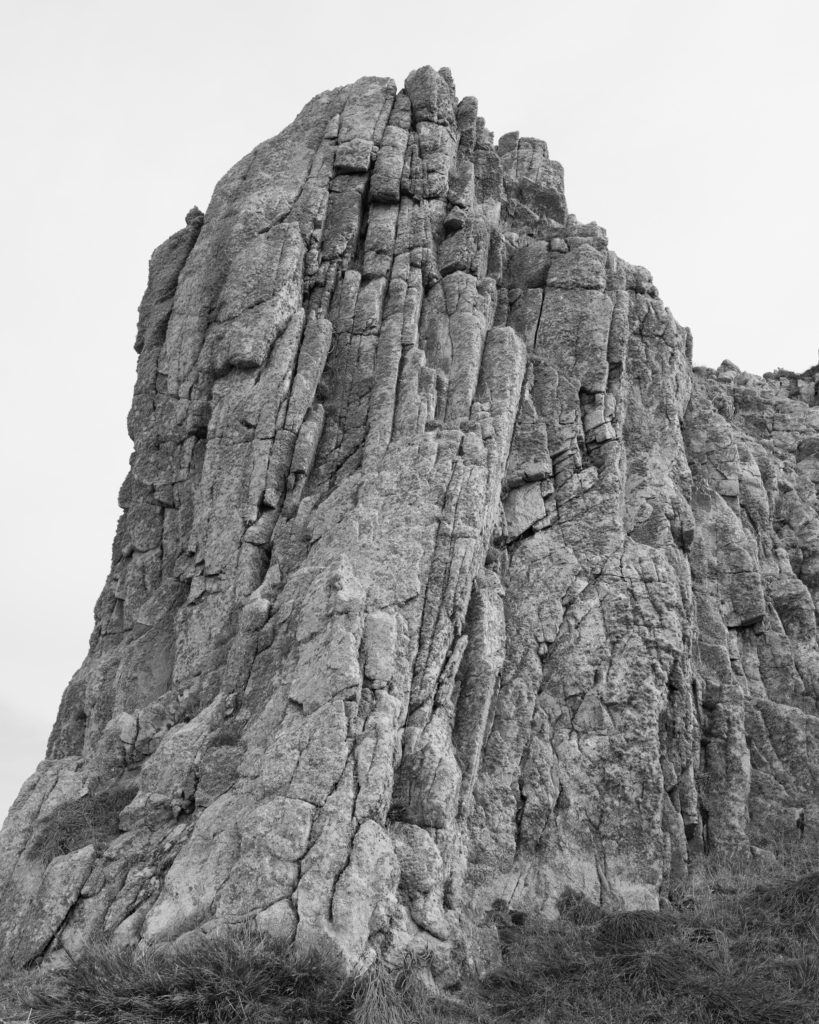

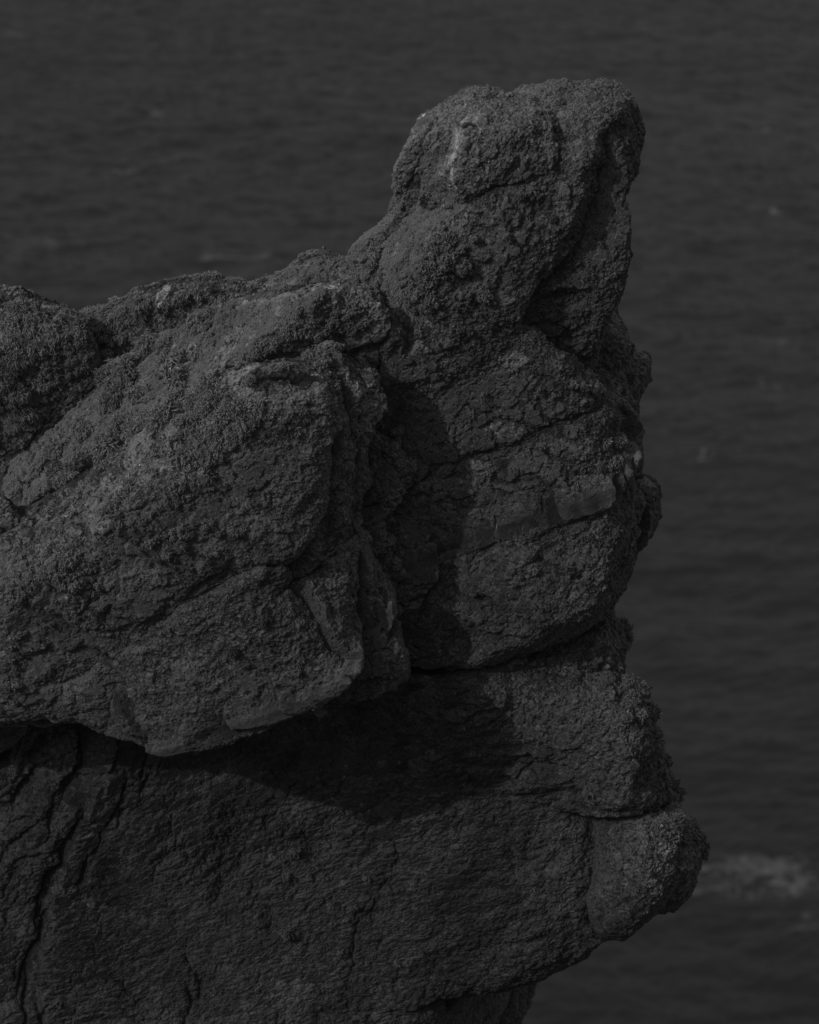
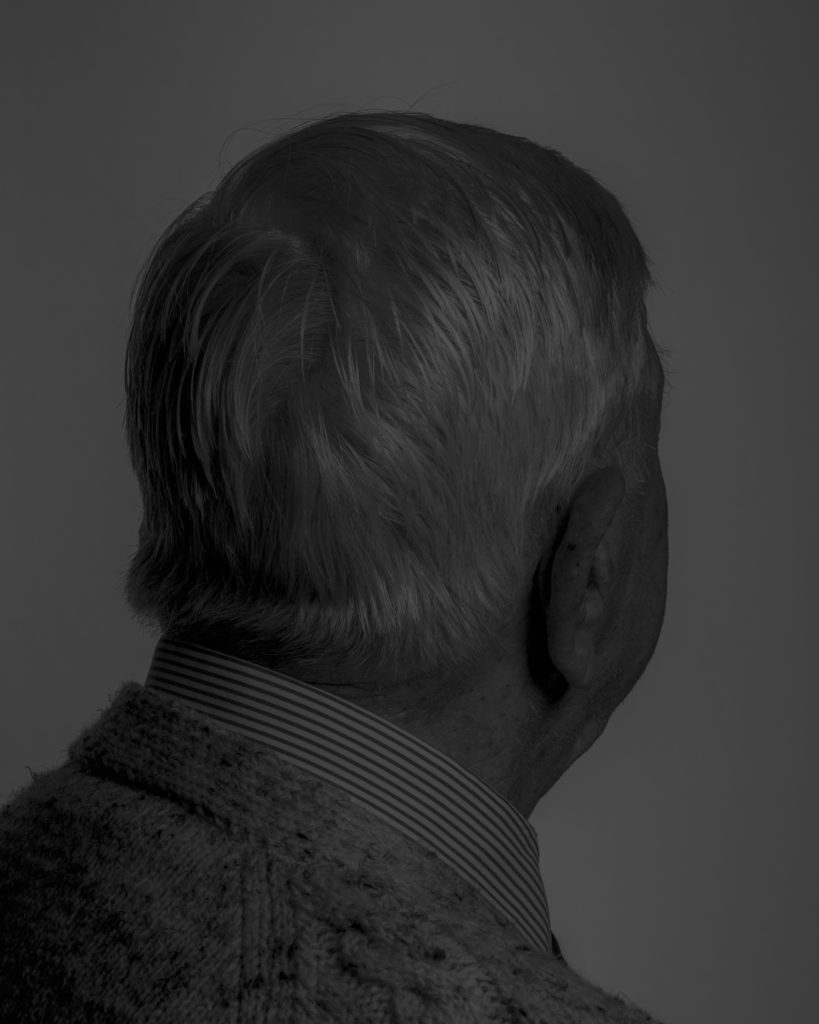
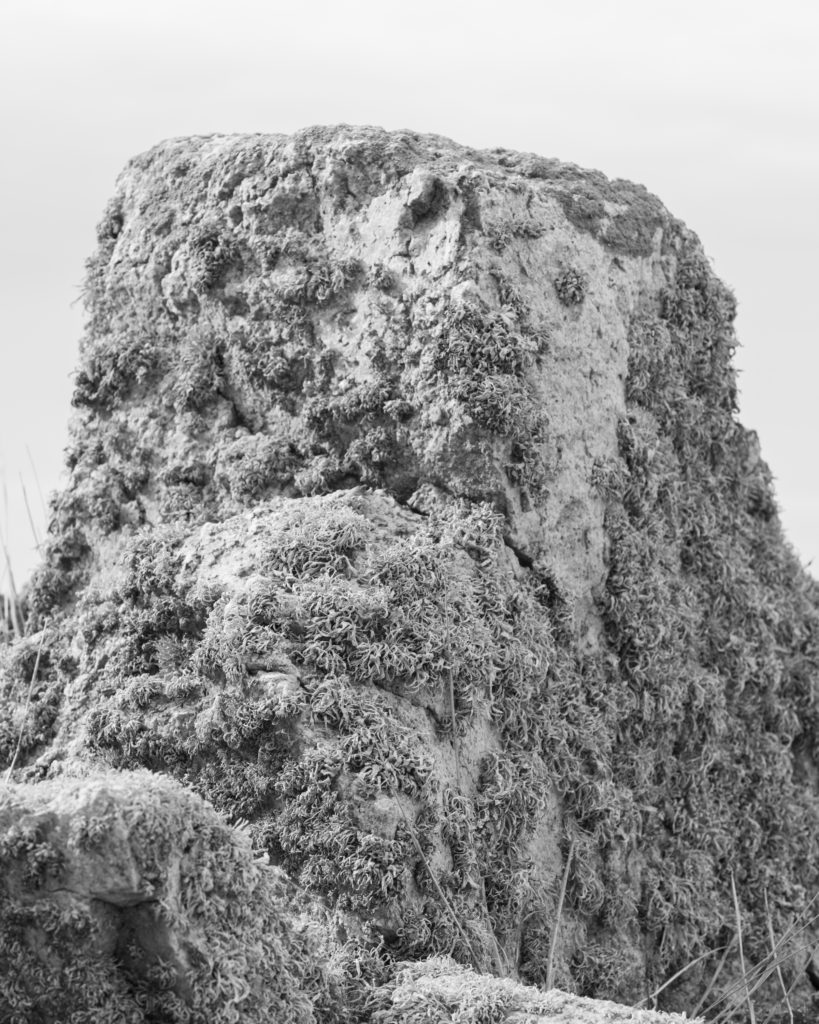
Juxtaposed with portraits of Jèrriais speakers are a series of photographs of Jersey rocks that are all designated as Sites of Special Interest (SSIs); important geological outcrops that are protected from development and preserved for future public enjoyment and research purposes. The native speakers of Jersey French should be classified as People of Special Interest (PSIs) and equally be protected from extinction through encouraging greater visibility and recognition as guardians of a unique language that are essential in understanding the island’s special character.
Ole Christiansen (Danish): A special preoccupation has been music photography, portraits, but also – often strongly graphically emphasized urban landscapes which is reflected in his portraiture . Ole has over the years provided pictures for a myriad of books, magazines, record covers, annual reports, etc.
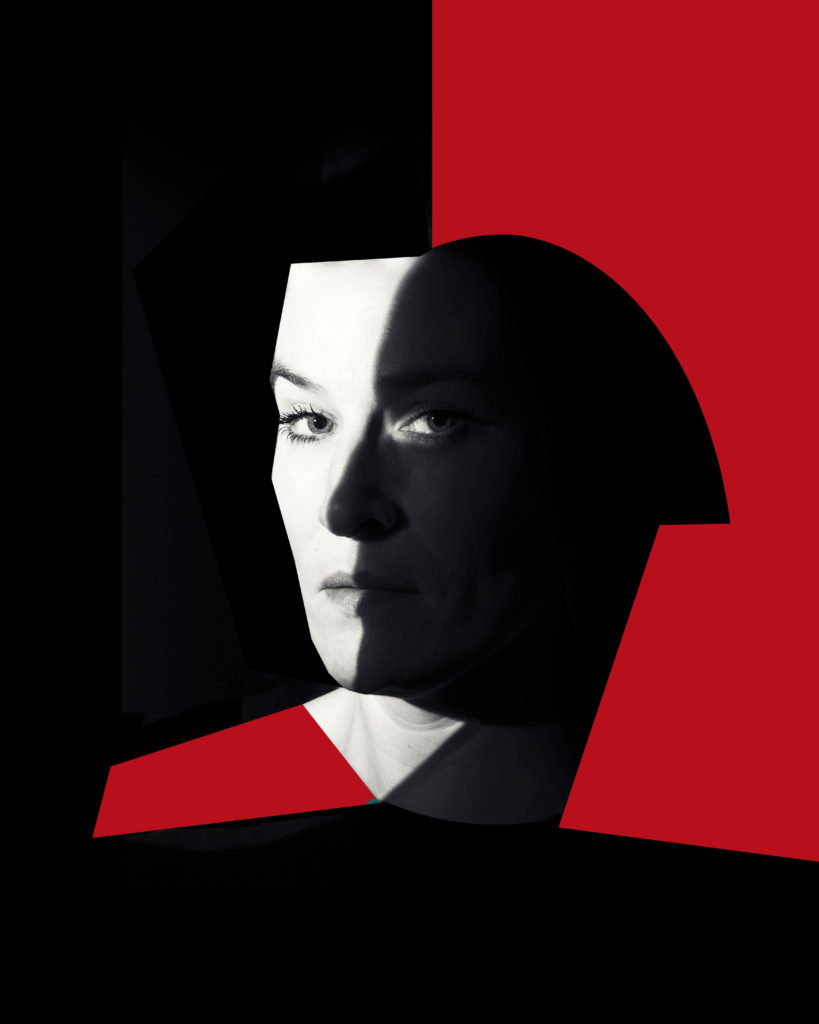
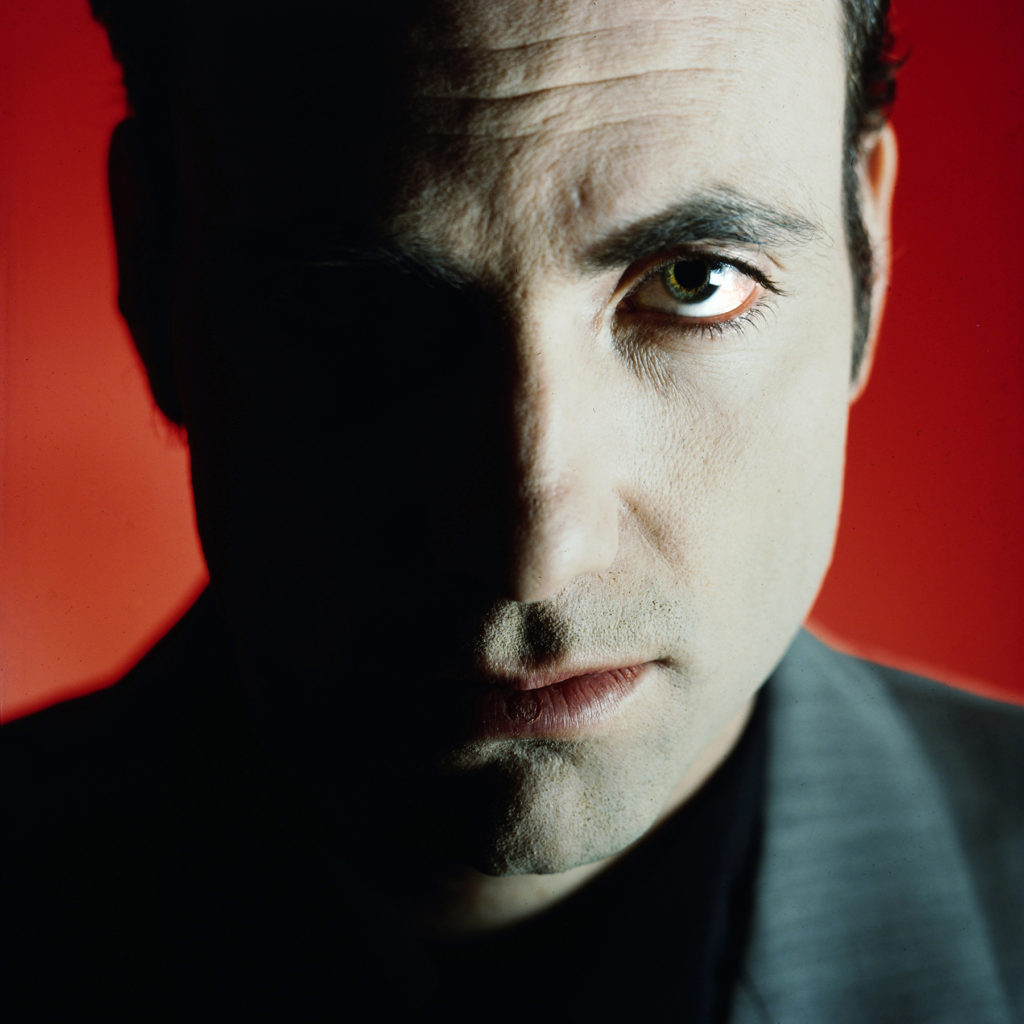
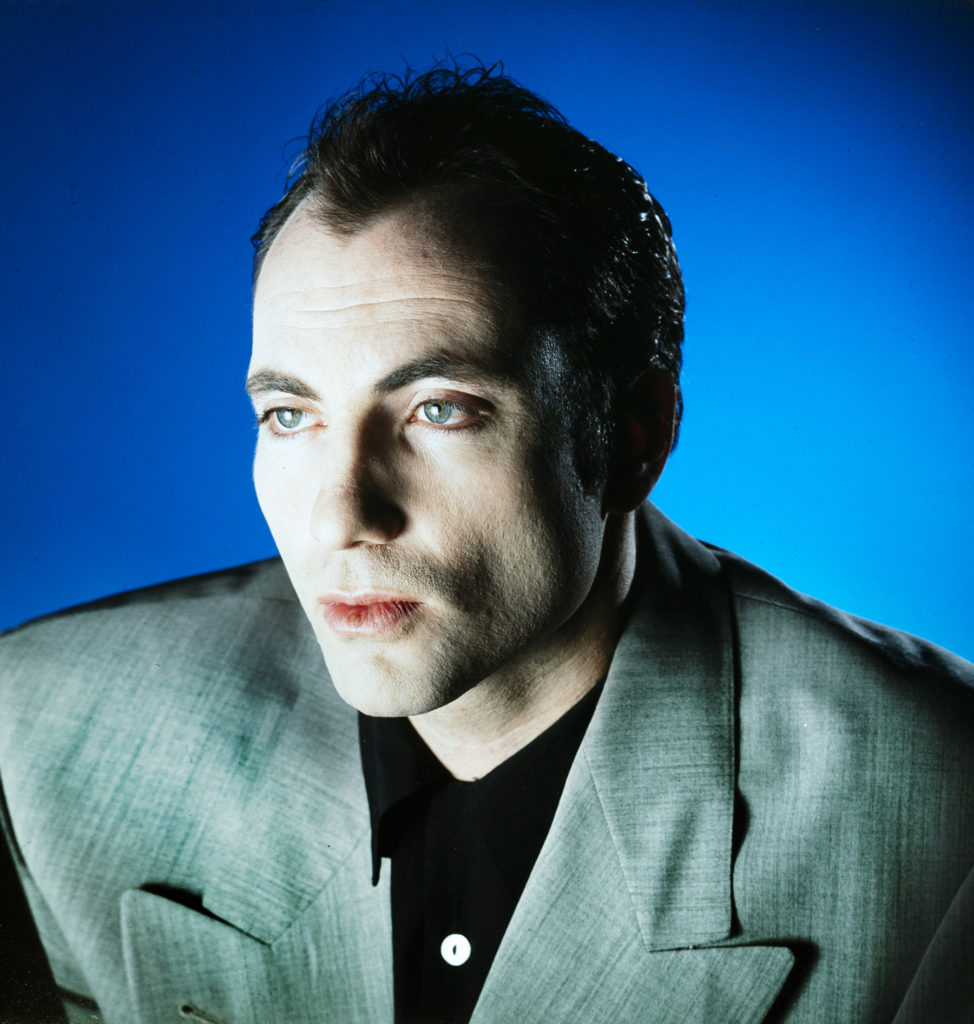
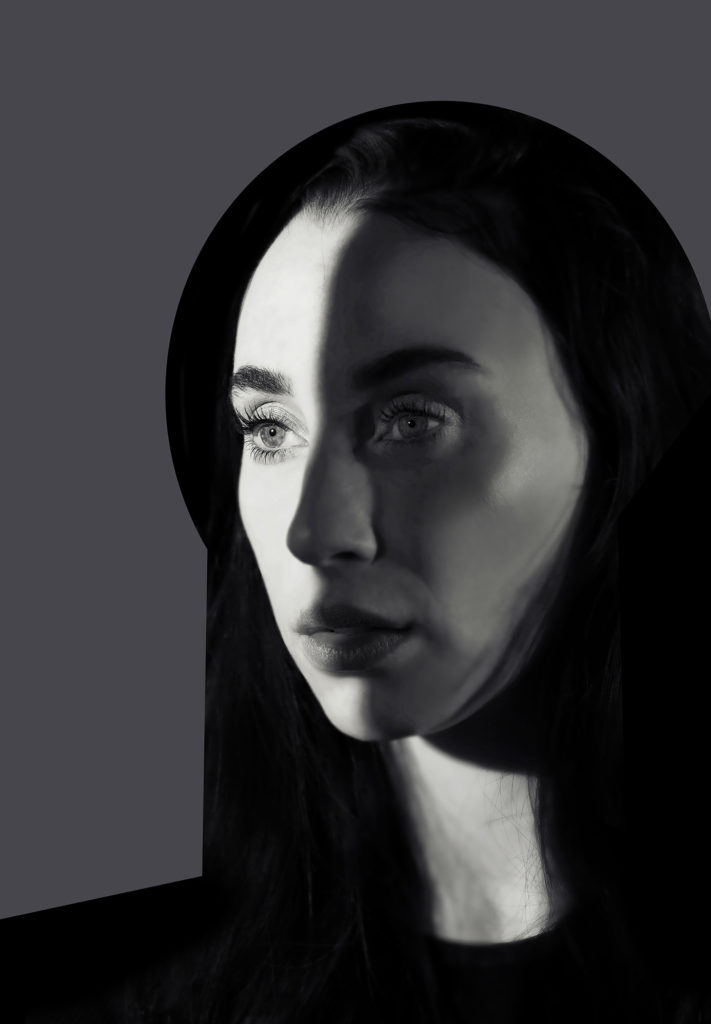


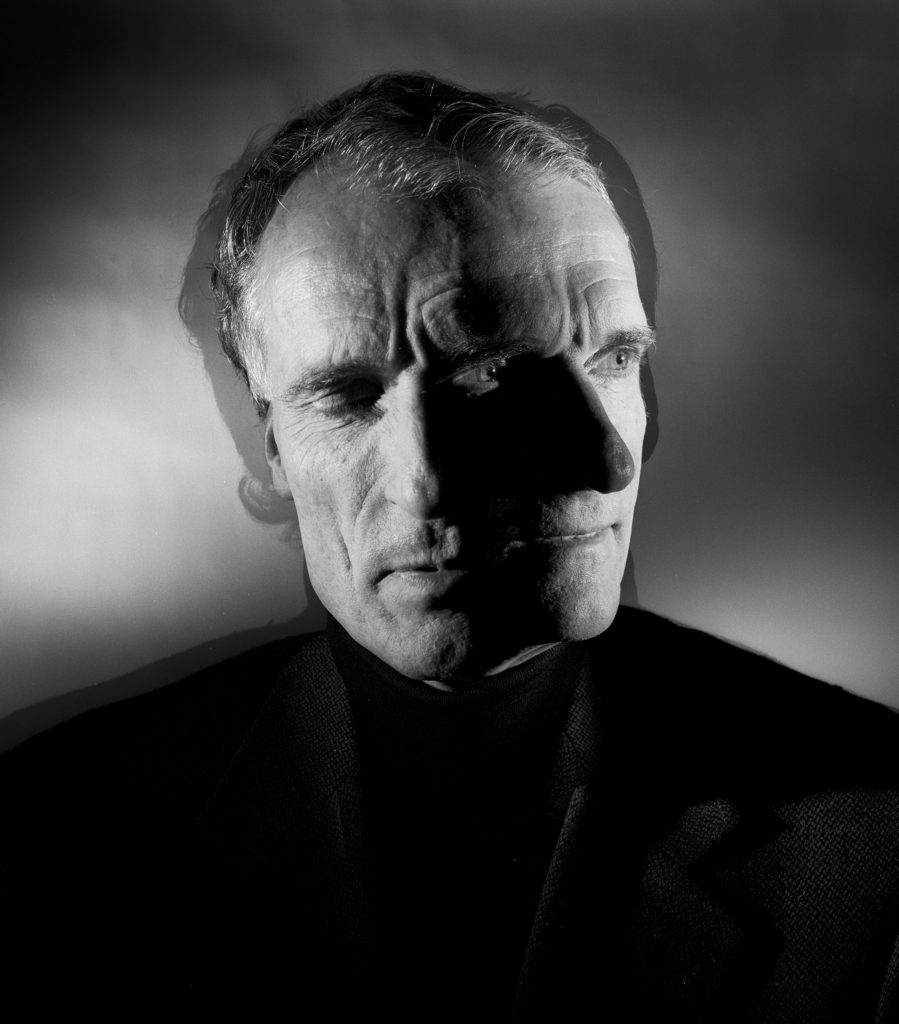
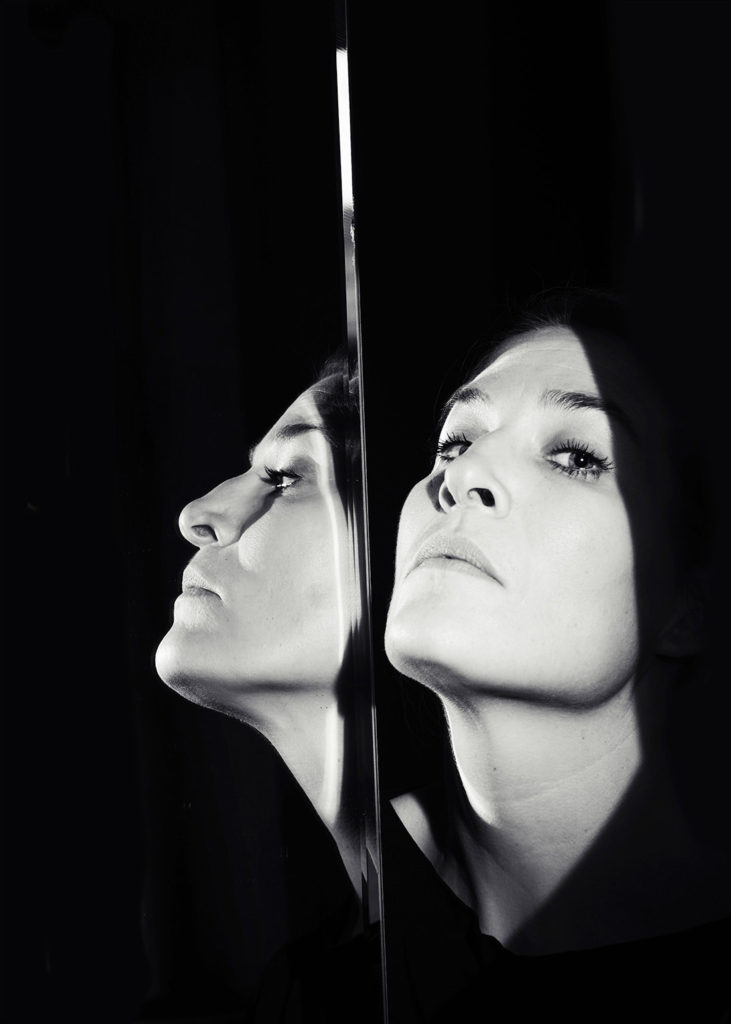
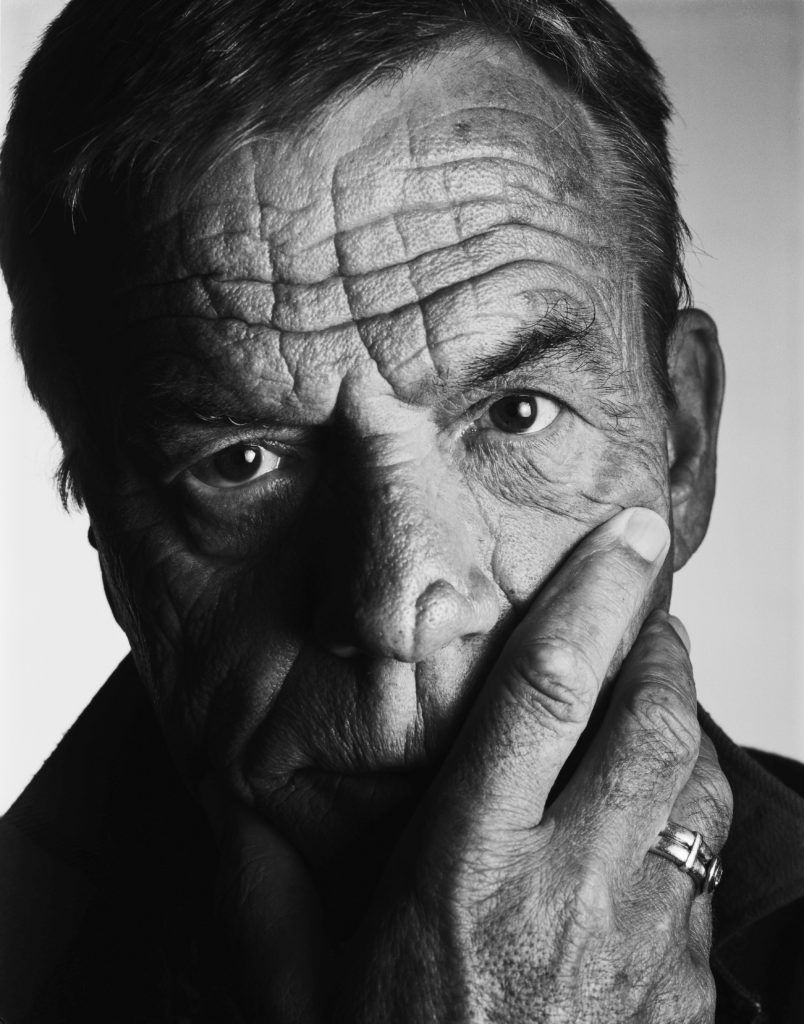
THE DEADPAN AESTHETIC
According to sources the origins of the word “Deadpan” can be traced to 1927 when Vanity Fair Magazine compounded the words dead and pan, a slang word for a face, and used it as a noun. In 1928 the New York Times used it as adjective to describe the work of Buster Keaton.
It is less clear when it was first used to describe the style of photography associated with Edward Ruscha, Alec Soth, Thomas Ruff and many others. Charlotte Cotton devotes a complete chapter to Deadpan in The Photograph as Contemporary Art and much that has been written since references that essay.
In summary Deadpan photography is a cool, detached, and unemotional presentation and, when used in a series, usually follows a pre-defined set of compositional and lighting rules.
This style originated in Germany and is descended from Neue Sachlichkeit, New Objectivity, a German art movement of the 1920s that influenced the photographer August Sander who systematically documented the people of the Weimar Republic . Much later, in the 1970s, Bernd and Hilla Becher, known for their devotion to the principles of New Objectivity, began to influence a new generation of German artists at the Dusseldorf School of Photography (4). These young German photographers included Thomas Struth, Andreas Gursky, Candida Hofer and Thomas Ruff. The Bechers (4 & 5) are best remembered for their studies of the industrial landscape, where they systematically photographed large structures such as water towers, coal bunkers or pit heads to document a soon-to-disappear landscape in a formalistic manner as much akin to industrial archeology as art. The Bechers’ set of “rules” included clean, black and white pictures taken in a flat grey light with straight-on compositions that perfectly lent themselves to their presentation methodology of large prints containing a montage of nine or more similar objects to allow the study of types (typology) in the style of an entomologist.
If you want to learn more about the theoretical and philosophical basis for the deadpan aesthetic READ HERE.
Thomas Ruff wanted to mimick the setup for a having a set of passport images taken. Read an interview with him here recently published in the Financial Times
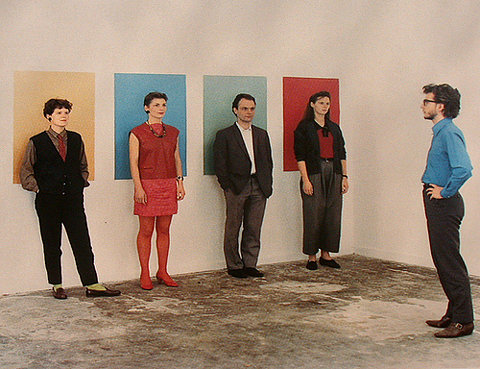
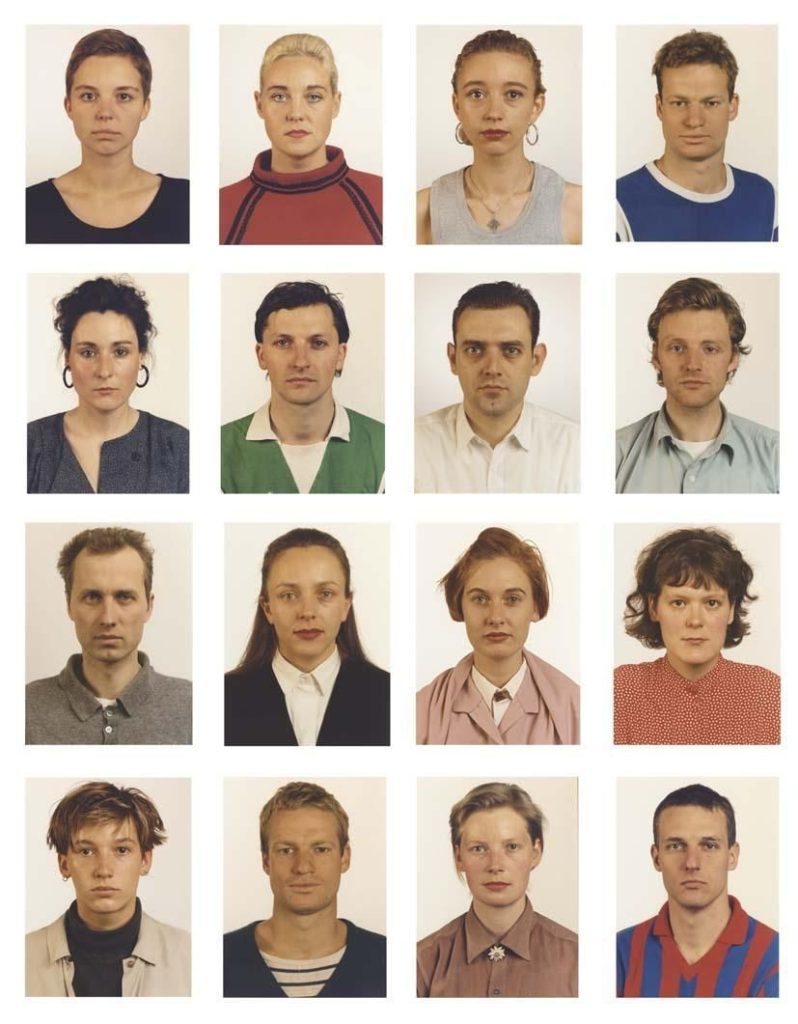
PASSPORT PHOTO
From the UK Government website
FACE:
- eyes must be open and clearly visible, with no flash reflections and no ‘red eye’
- facial expression must be neutral (neither frowning nor smiling), with the mouth closed
- photos must show both edges of the face clearly
- photos must show a full front view of face and shoulders, squared to the camera
- the face and shoulder image must be centred in the photo; the subject must not be looking over one shoulder (portrait style), or tilting their head to one side or backwards or forwards
- there must be no hair across the eyes
- hats or head coverings are not permitted except when worn for religious reasons and only if the full facial features are clearly visible
- photos with shadows on the face are unacceptable
- photos must reflect/represent natural skin tone
BACKGROUND:
Photos must have a background which:
- has no shadows
- has uniform lighting, with no shadows or flash reflection on the face and head
- shows a plain, uniform, light grey or cream background (5% to 10% grey is recommended)
TYPOLOGY means the study and interpretation of types and became associated with photography through the work of Bernd and Hilla Becher, whose photographs taken over the course of 50 years of industrial structures; water towers, grain elevators, blast furnaces etc can be considered conceptual art. They were interested in the basic forms of these architectural structures and referred to them as ‘Anonyme Skulpturen’ (Anonymous Sculptures.)
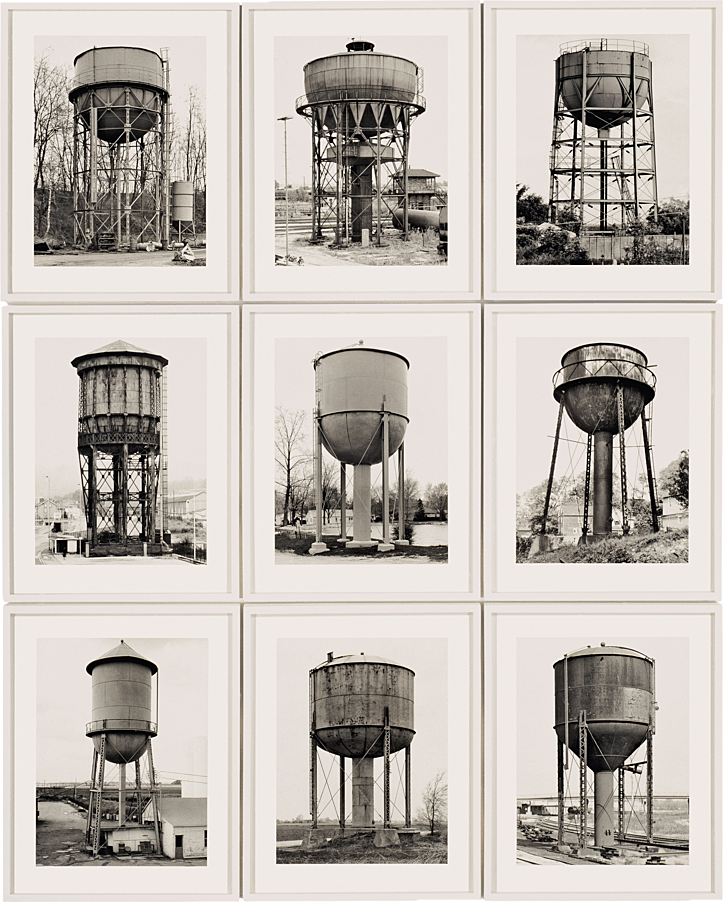
The Becher’s were influenced by the work of earlier German photographers linked to the New Objectivity movement of the 1920s such as August Sander, Karl Blossfeldt and Albert-Renger-Patzsch.
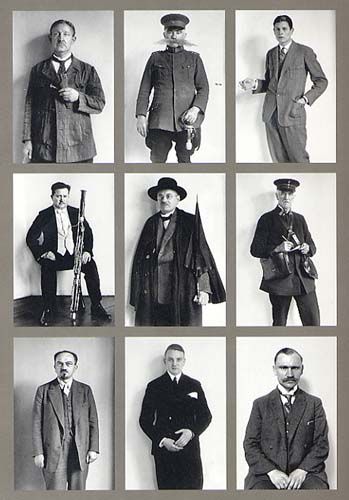
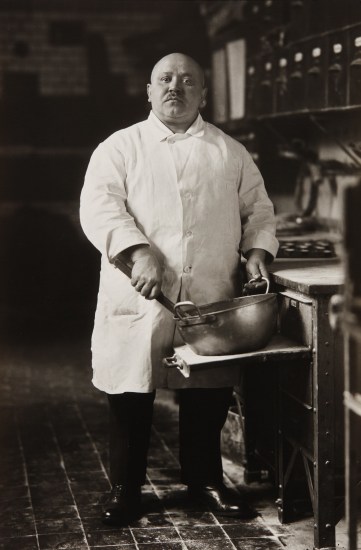

BRUCE GILDEN: FACE: Recently you have explored street photography and Bruce Gilden is renowned for his confrontational style and getting up close to his subject. Between 2012-14 Gilden travelled in America, Great Britain, and Colombia and created a series called FACE. Read a review here in the Guardian newspaper and another on Lensculture.
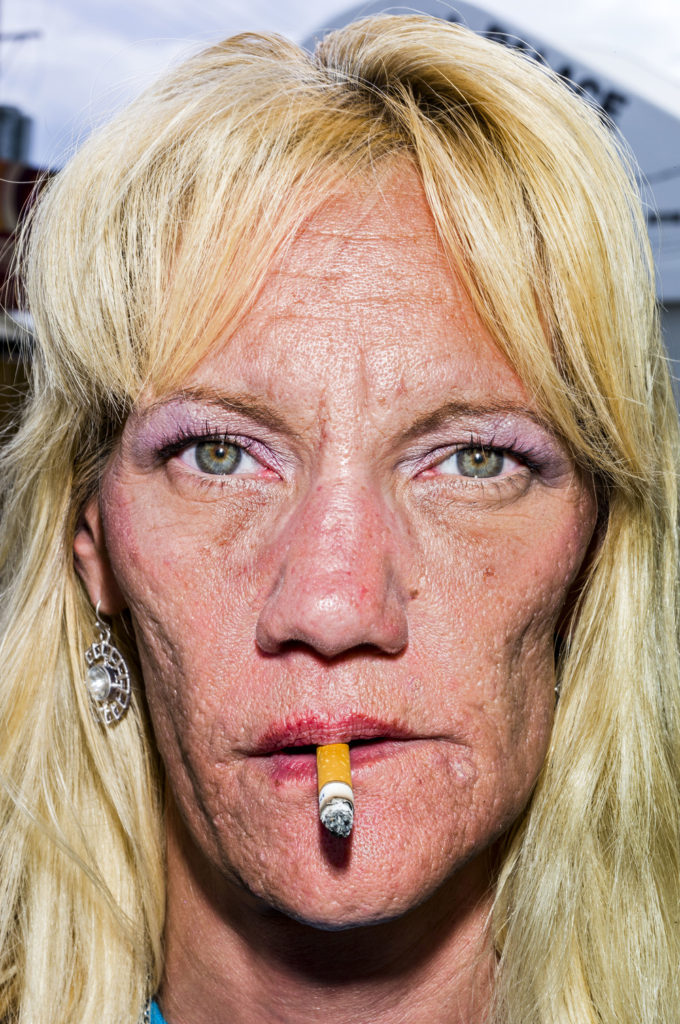
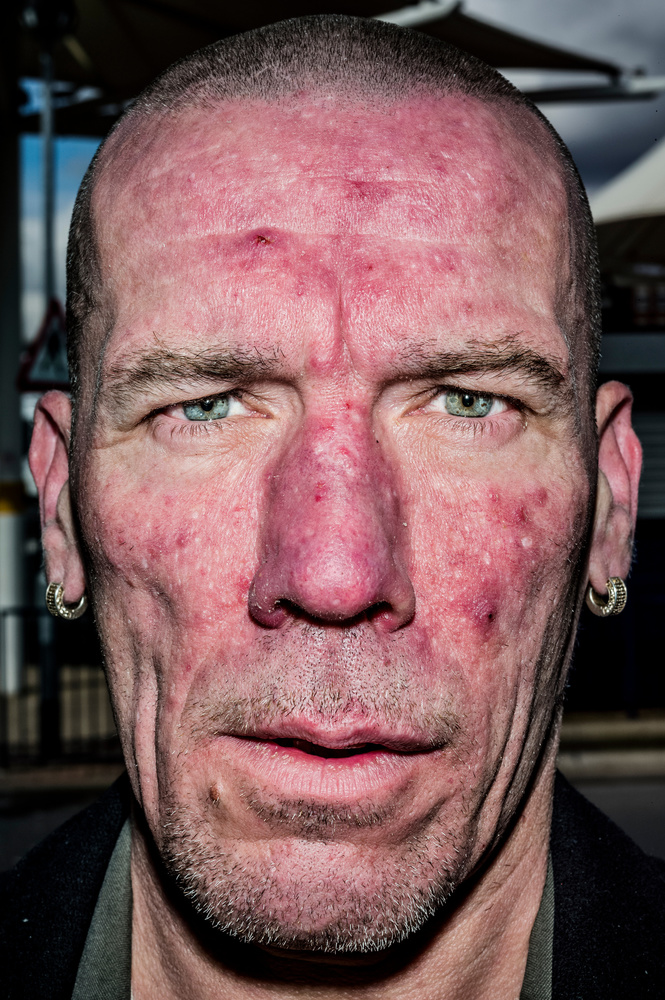
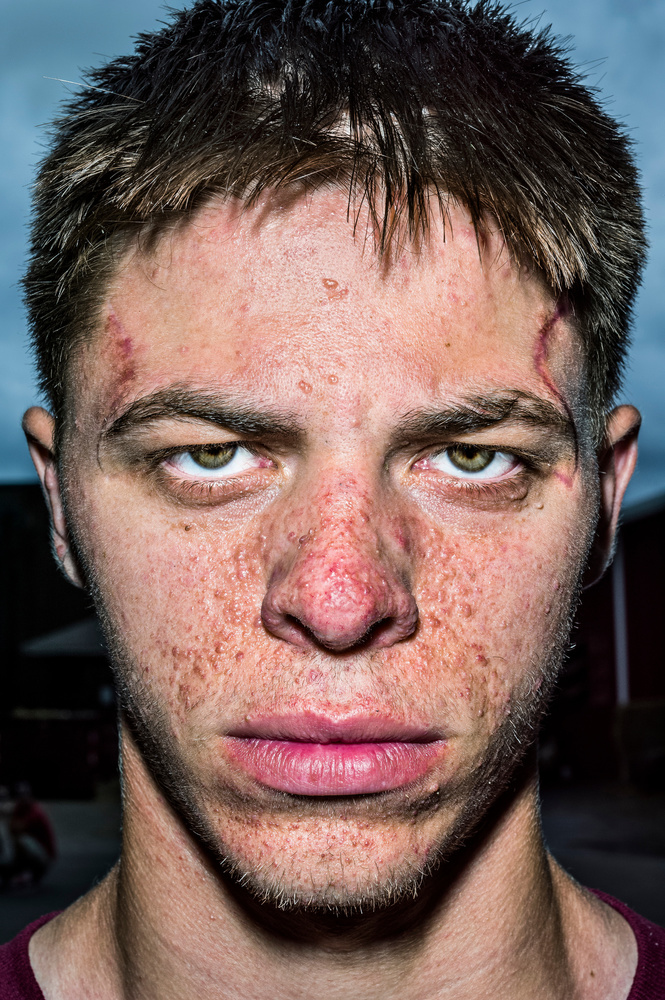

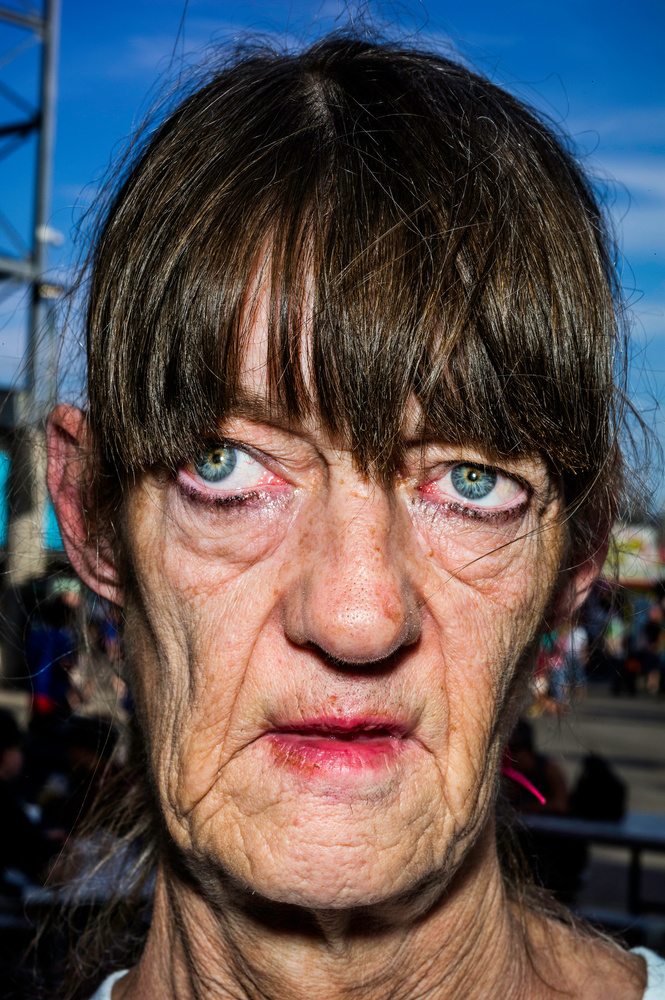
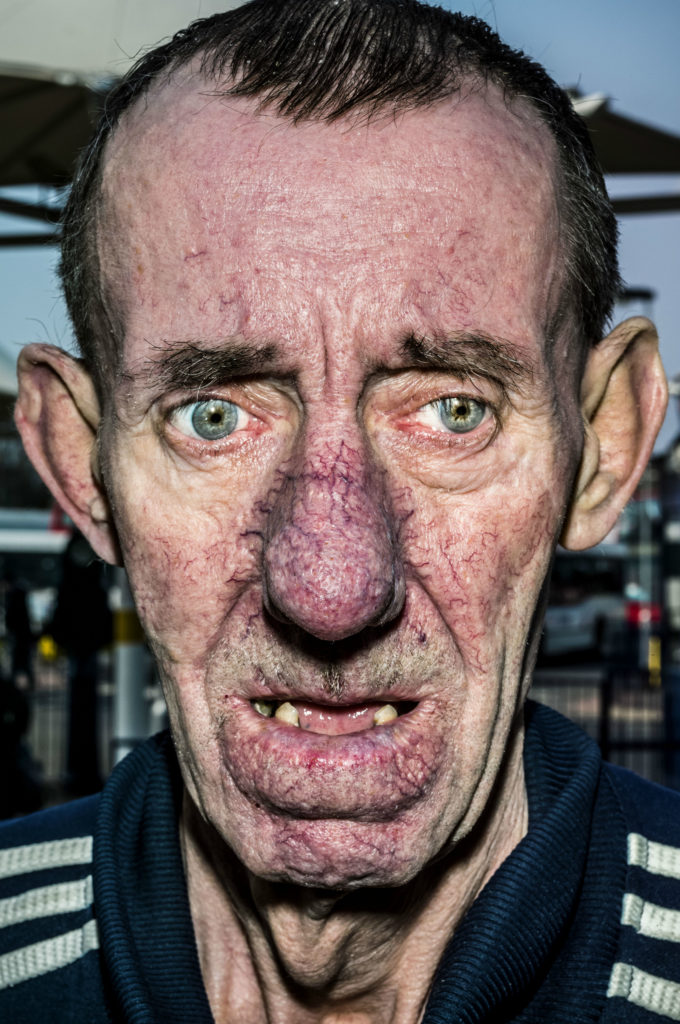



UP CLOSE
In addition to focusing on details of the face try and isolate body parts, gestures, clothing and physical features, such as hands, elbows, shoulders, neck, torso, hip, knees, feet. Your understanding of abstraction in photography; focusing on shapes, colours, light and shadows, textures and repetition is crucial here.
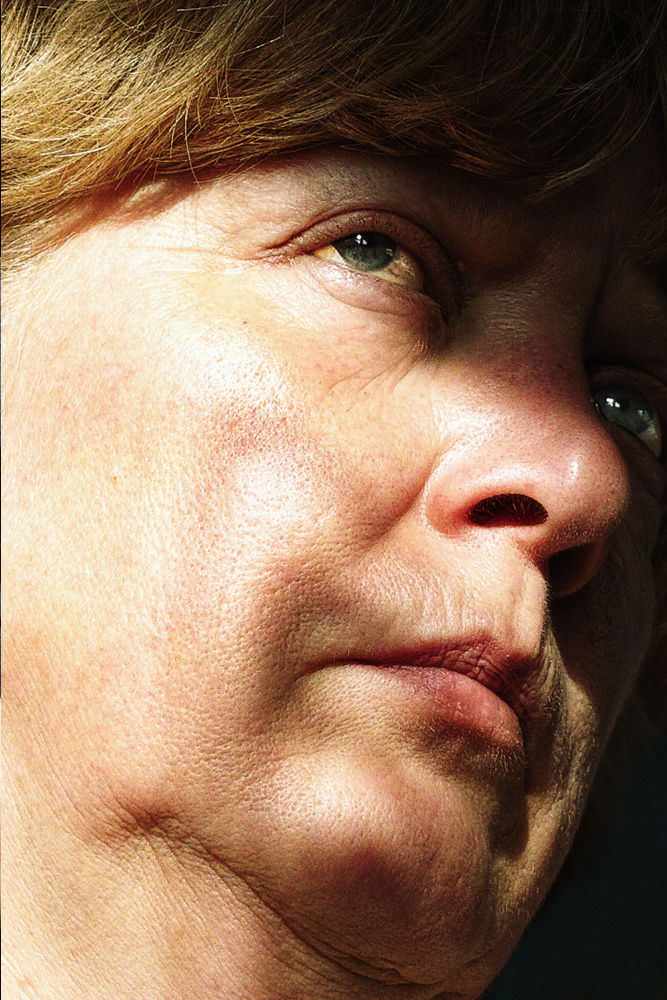
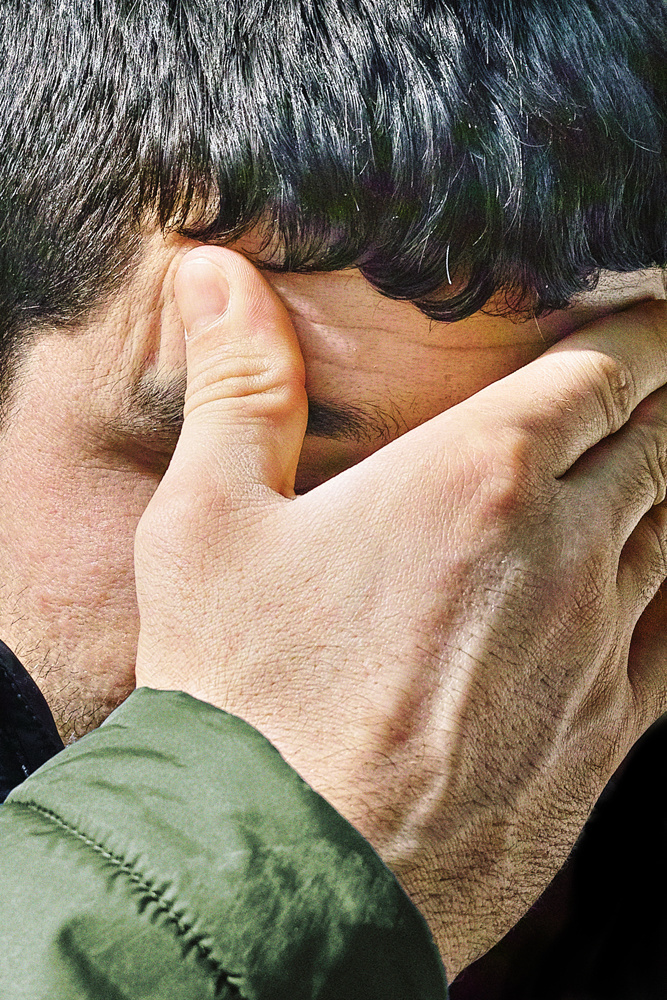
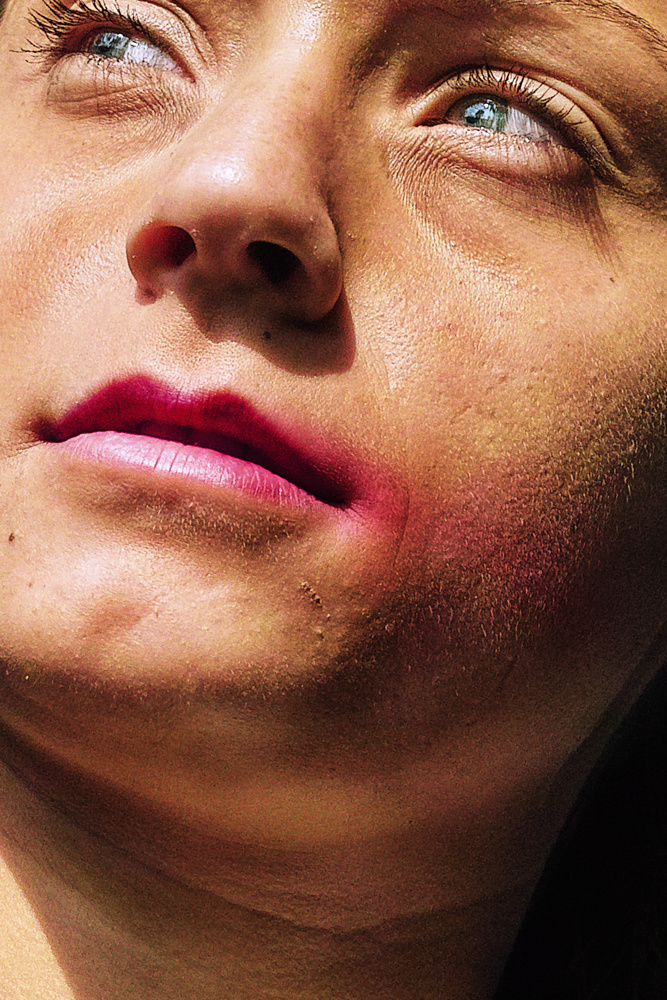
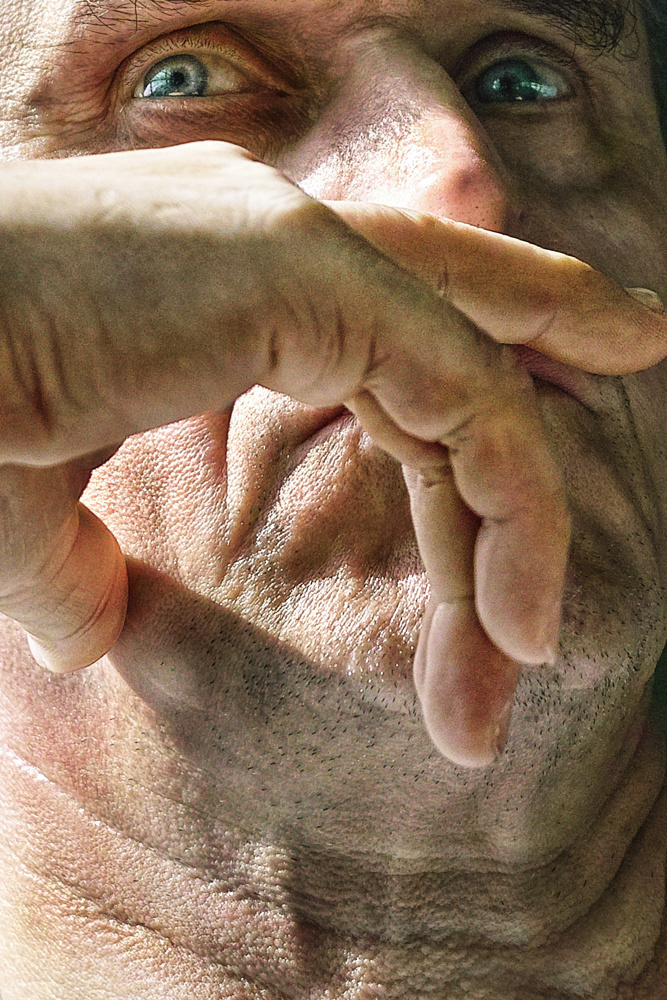




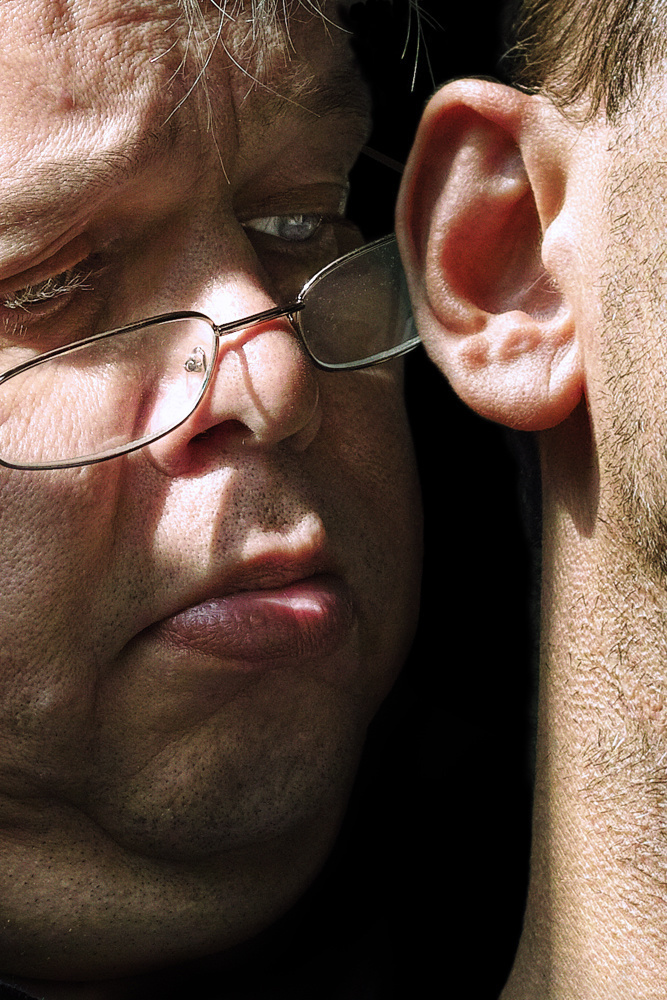
Satoshi Fujiwara: Code Unknown: In Michael Haneke’s 2000 film Code Unknown, there is a scene in which the protagonist’s lover, a photographer, secretly snaps pictures of passengers sitting across from him on the train.
Inspired by the film, I used the same approach to shoot people in Berlin trains. Yet in contemporary society, it is not acceptable to rashly and publicly display pictures of people’s faces that were taken without their permission. Thus, I shot and edited my pictures in a way that makes it impossible to identify the individual people who served as my “models.” To avoid impinging on the “right of likeness,” I used the shadows created by the direct sunlight pouring in through the windows, various compositional approaches, and digital processing to keep their identities anonymous.
When we look at another person, either directly or through another medium, we interpret a wide range of information based on outward appearance (face, physique, clothes and accessories, and movements)—in other words, various codes. By regulating and altering these codes in various ways, I set out to obscure the individuality and specificity of the subjects in the pictures in my series.—Satoshi Fujiwara
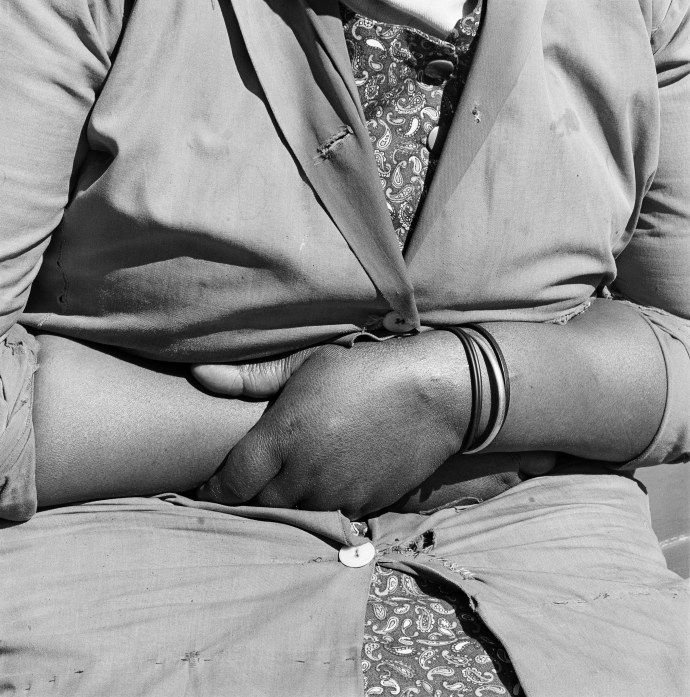


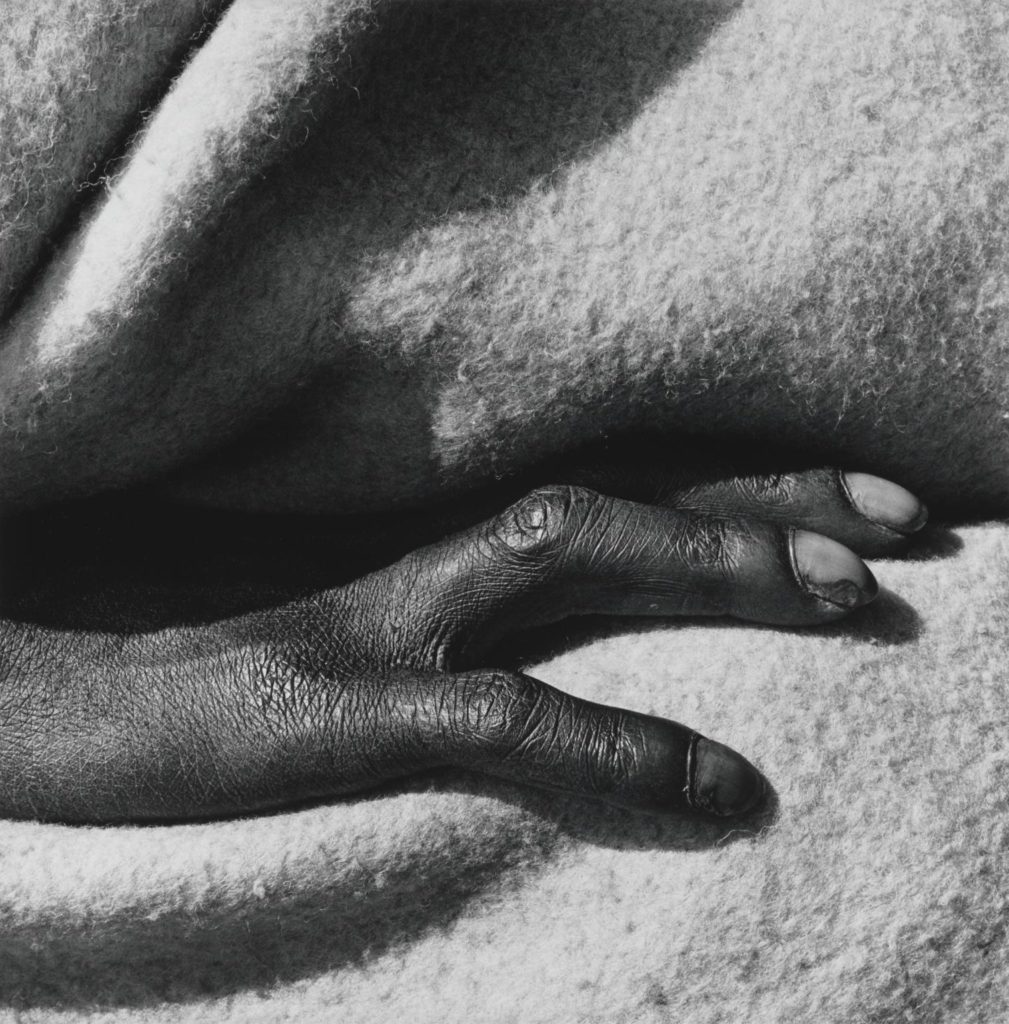


David Goldblatt: Particulars: Following a series of portraits of his compatriots made in the early 1970s, photographer David Goldblatt, for a very short and intense period of time, naturally turned to focusing on peoples’ particulars and individual body languages “as affirmations or embodiments of their selves.” Goldblatt’s affinity was no accident: Working at his father’s men’s outfitting store in the 1950s, his awareness of posture, gesture and proportion—technical as it was—formed early and would accompany him throughout his life.
In this series we see hands resting on laps, crossed legs, the curved backs of sleepers on a lawn at midday, their fingers and feet relaxed, pausing from their usual occupations. This deeply contemplative work is framed by Ingrid de Kok’s poetry.
EXPERIMENTATION
TASK
You must produce the following experiments:
- DIAMOND CAMEO : Recreate a diamond cameo, similarly to Mullins of which four separate portraits of the same subject are arranged onto the same document in Photoshop.
- DOUBLE/ MULTI-EXPOSURE: Either in camera or in post-post-production layer or merge two or three images into one portrait.
- JUXTAPOSITION: Select 1 portrait by Mullins and one response that you have made and juxtapose opposite each in a new document in Photoshop. Look for similarities in pose, expression, gestures and overall composition. If you have some environmental portraits from previous shoot try and juxtapose in a similar way that Michelle Sank responded to Mullins portraits in ED.EM.03.
- SEQUENCE/ GRID: Select a series of your headshots (between 5-12) and produce a sequence either as a grid, story-board, contact-sheet or typology. Reference Mullins pages in his portrait albums
- MONTAGE: Select an appropriate set of portraits and create a montage of layered images in Photoshop as an A3 document.
DIAMOND CAMEO



DOUBLE / MULTI-EXPOSURES
Double or multiple exposures are an illusion created by layering images (or portions of images) over the top of each other. This can be achieved in the camera settings, or on Adobe Photoshop by creating LAYERS and then using BLENDING OPTIONS and OPACITY CONTROL. Artist have used these techniques to explore Surrealist Ideas and evoke dream-like imagery, or imagery that explores time / time lapse.
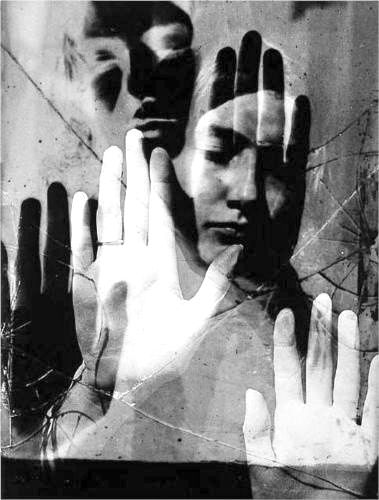
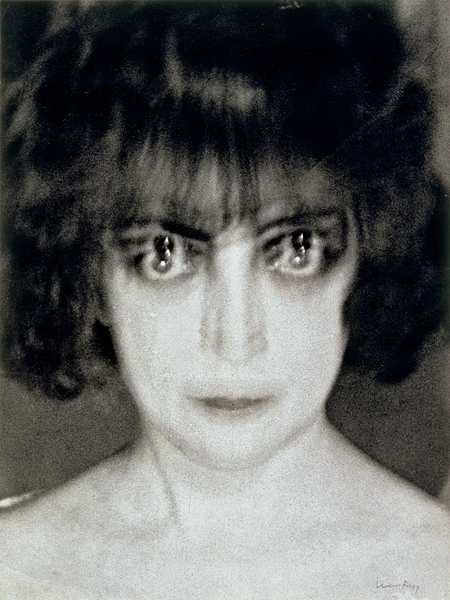
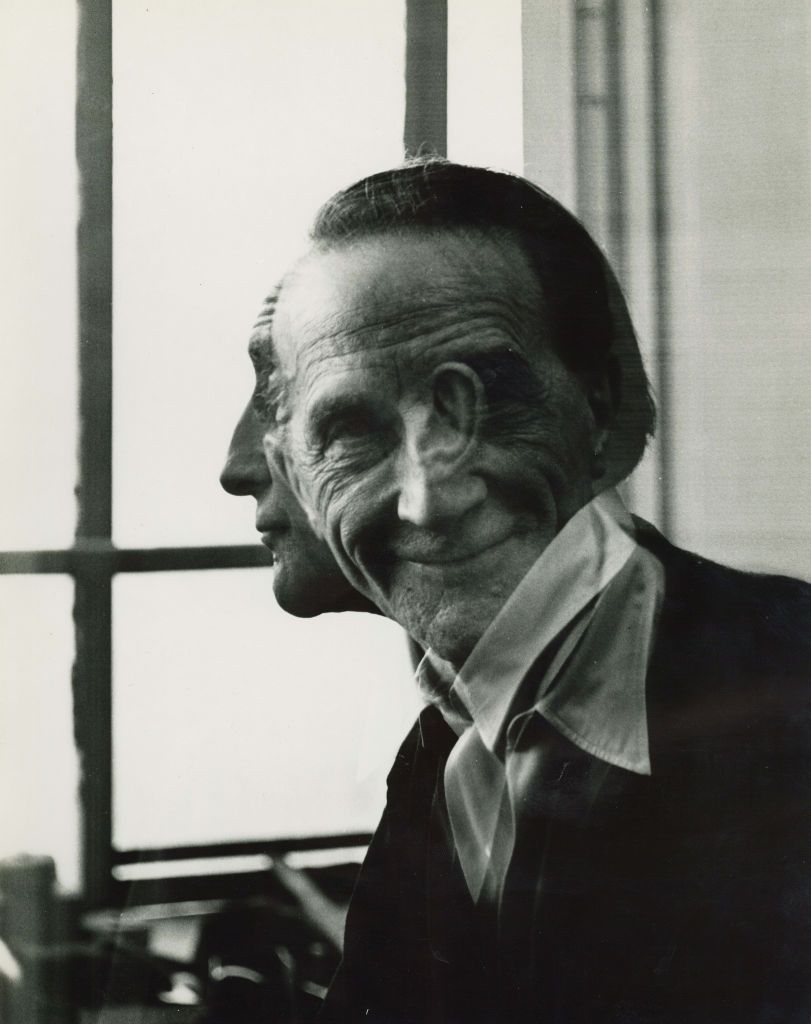
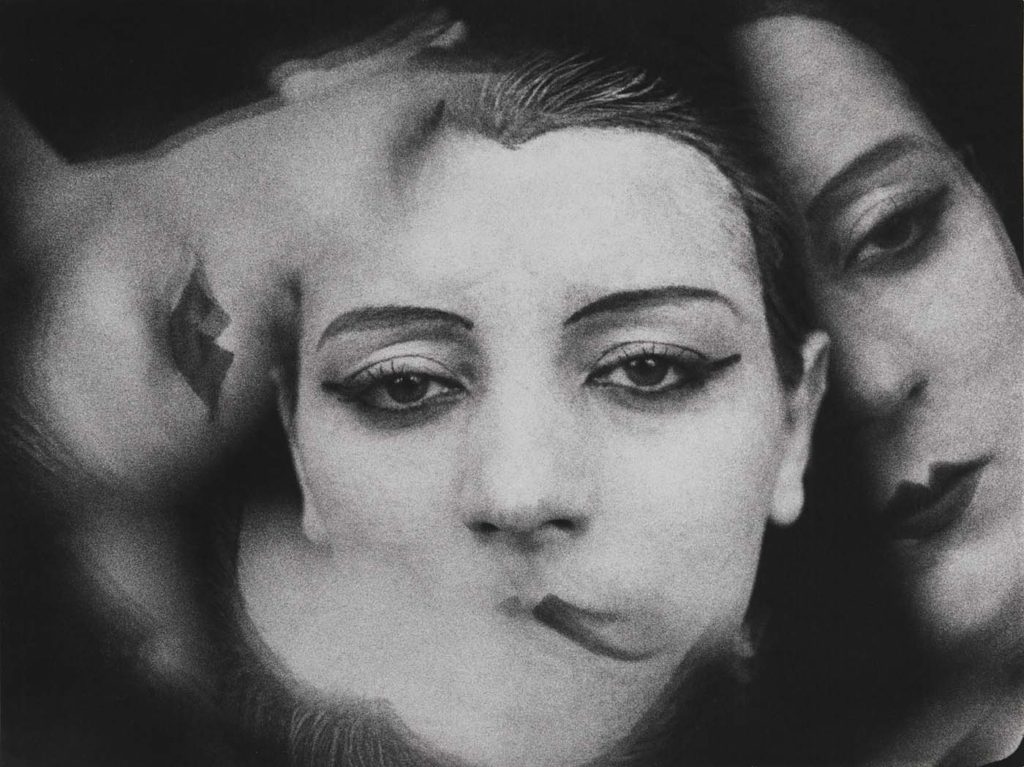
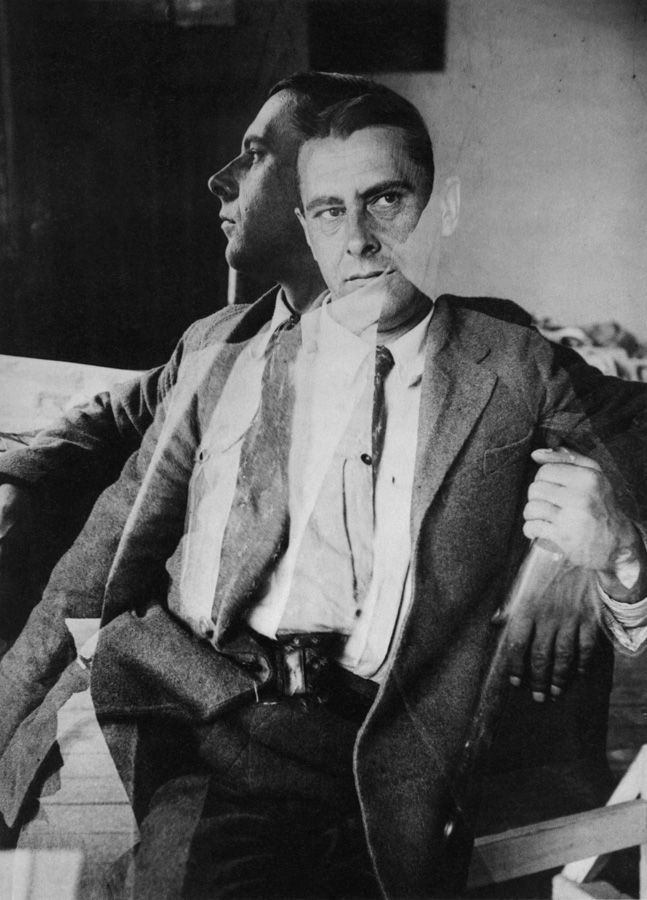
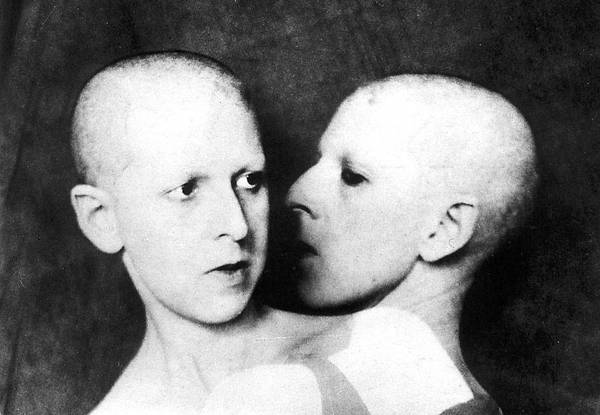
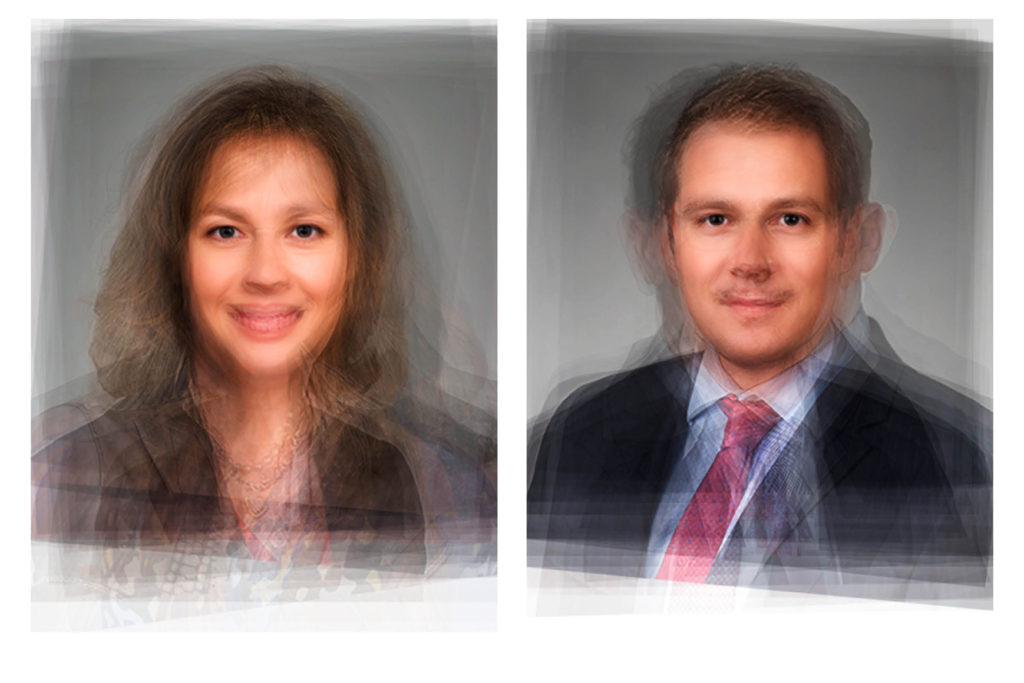

Photographic print
208 x 160 cm
Since 1959 Bernd and Hilla Becher have been photographing industrial structures that exemplify modernist engineering, such as gas reservoirs and water towers. Their photographs are often presented in groups of similar design; their repeated images make these everyday buildings seem strangely imposing and alien. Idris Khan’s Every… Bernd And Hilla Becher… series appropriates the Bechers’ imagery and compiles their collections into single super-images. In this piece, multiple images of American-style gabled houses are digitally layered and super-imposed giving the effect of an impressionistic drawing or blurred film still.
JUXTAPOSITION
Juxtaposition is placing two images together to show contrast or similarities. For inspiration look at some of the page spreads from ED.EM.03 where pairings between portraits of Henry Mullins and Michelle Sank are juxtaposed to show comparison/ similarities/ differences between different social and professional classes in Jersey mid-19th century and early 21 st century.
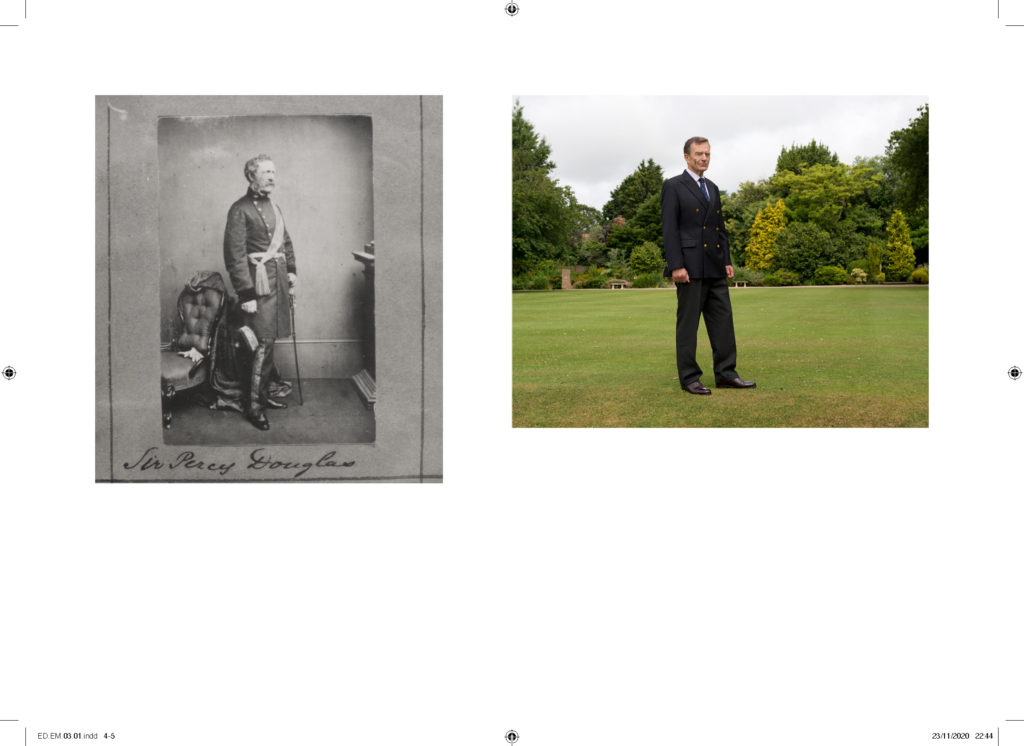
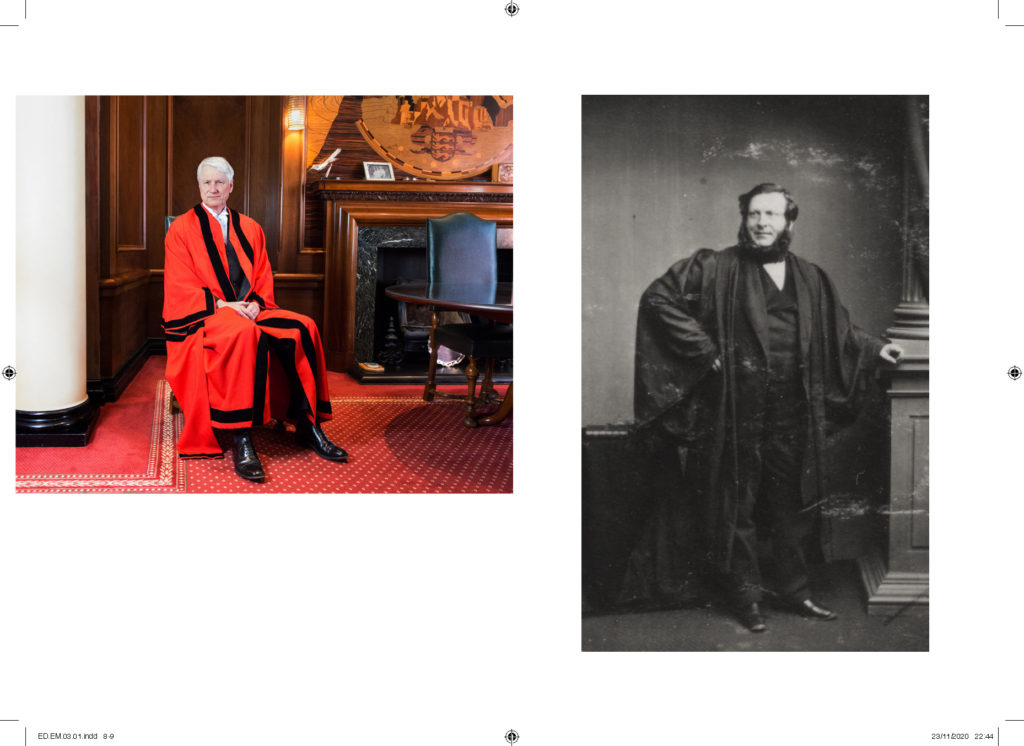
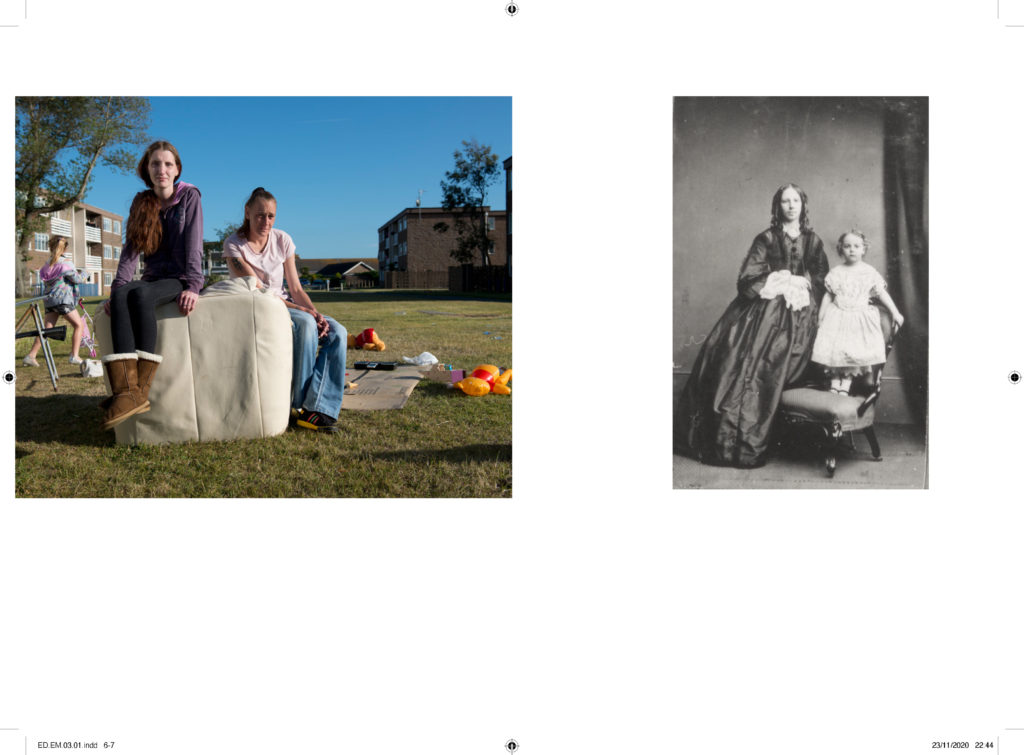


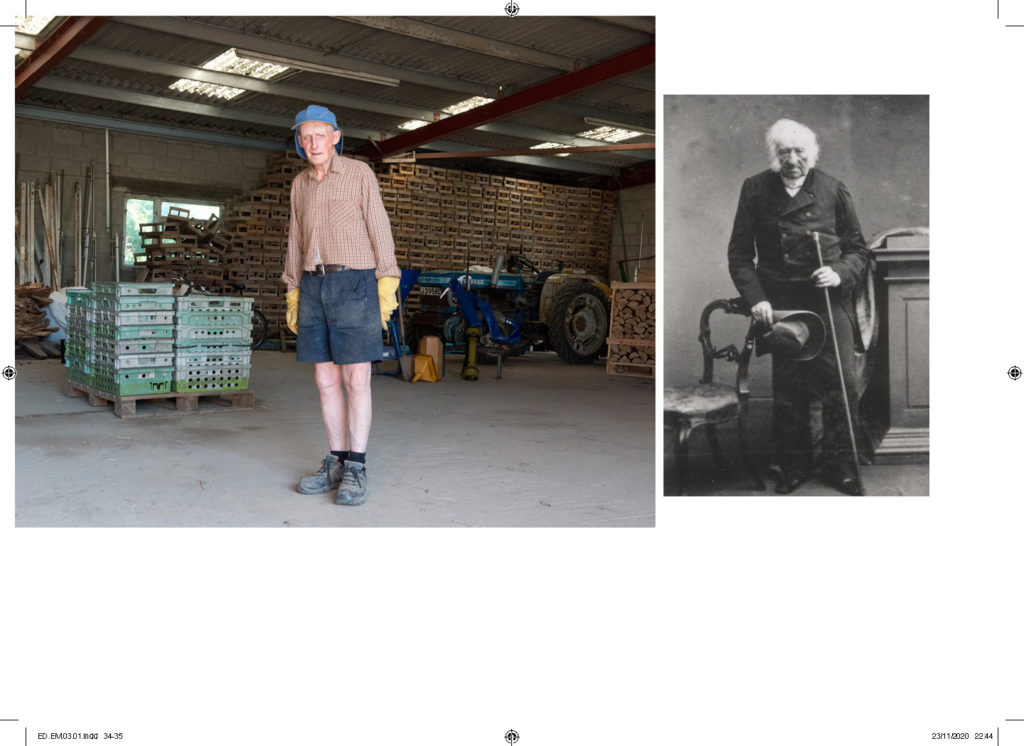
For inspiration look also at the newspapers: LIBERATION / OCCUPATION and FUTURE OF ST HELIER produced by past A2 photography students and the publication GLOBAL MARKET by ECAL.
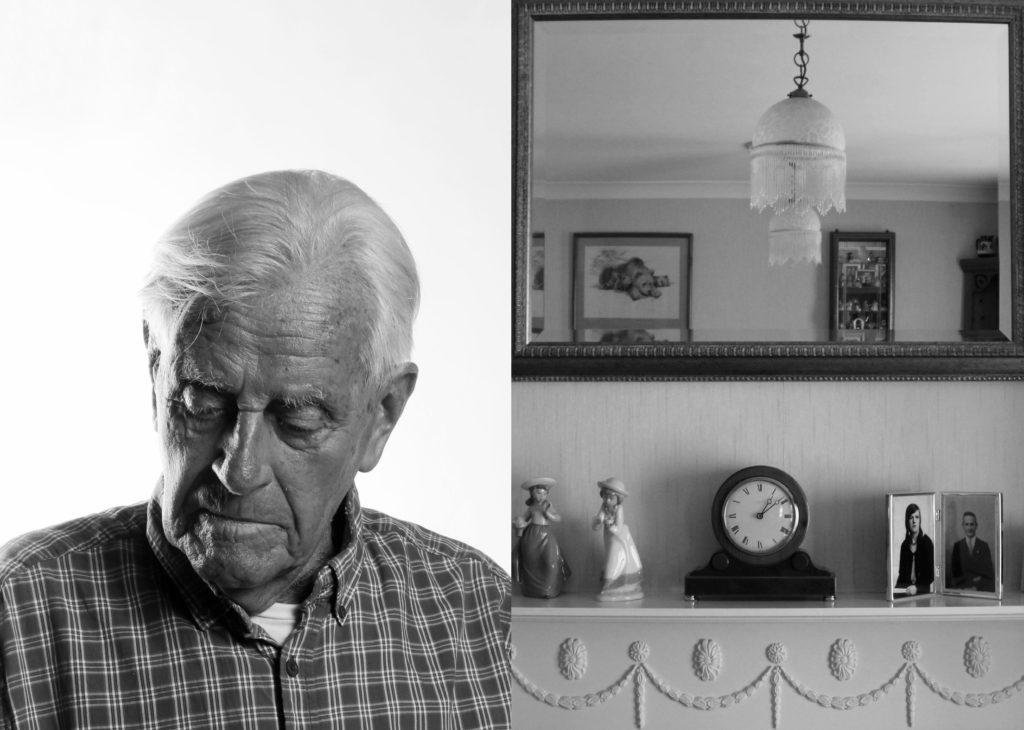
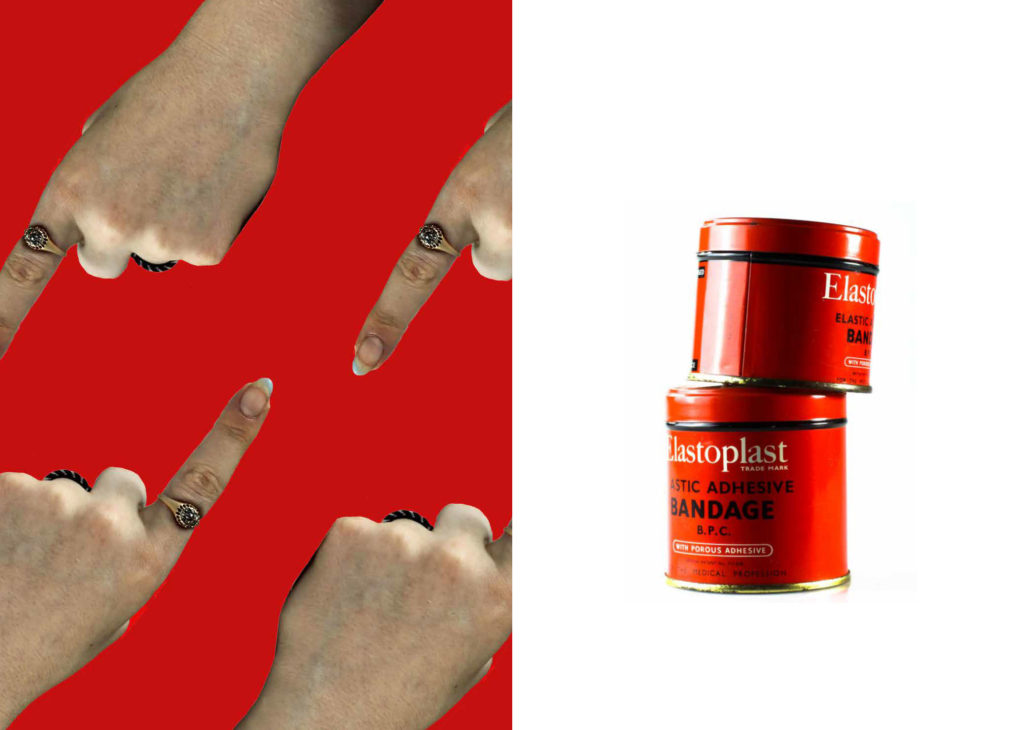



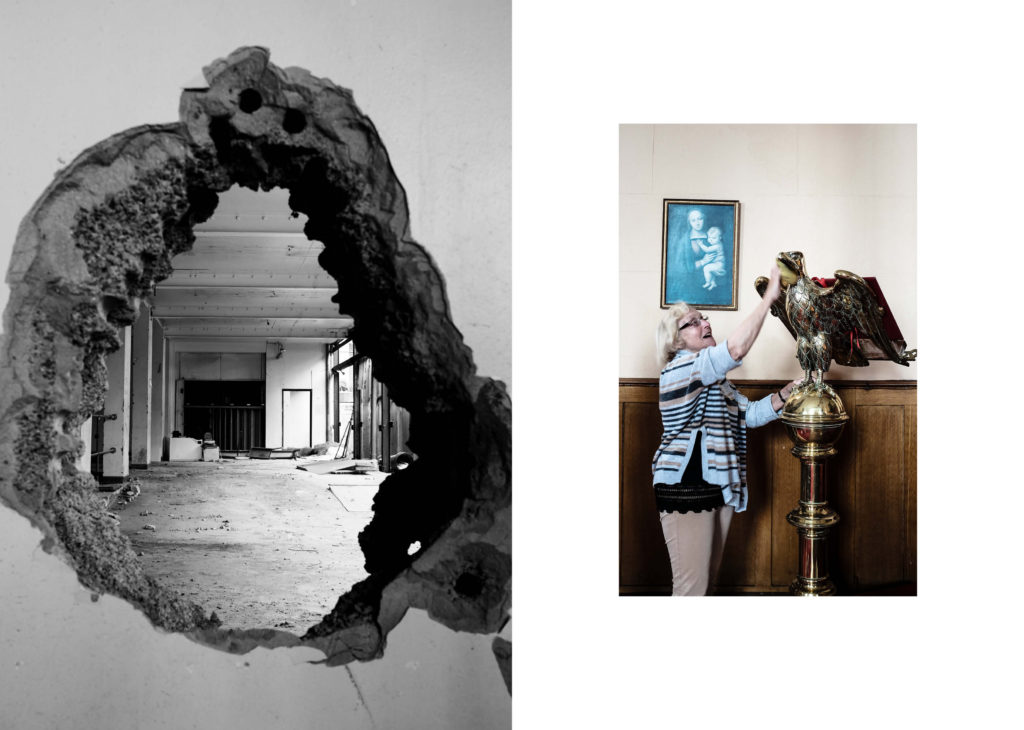
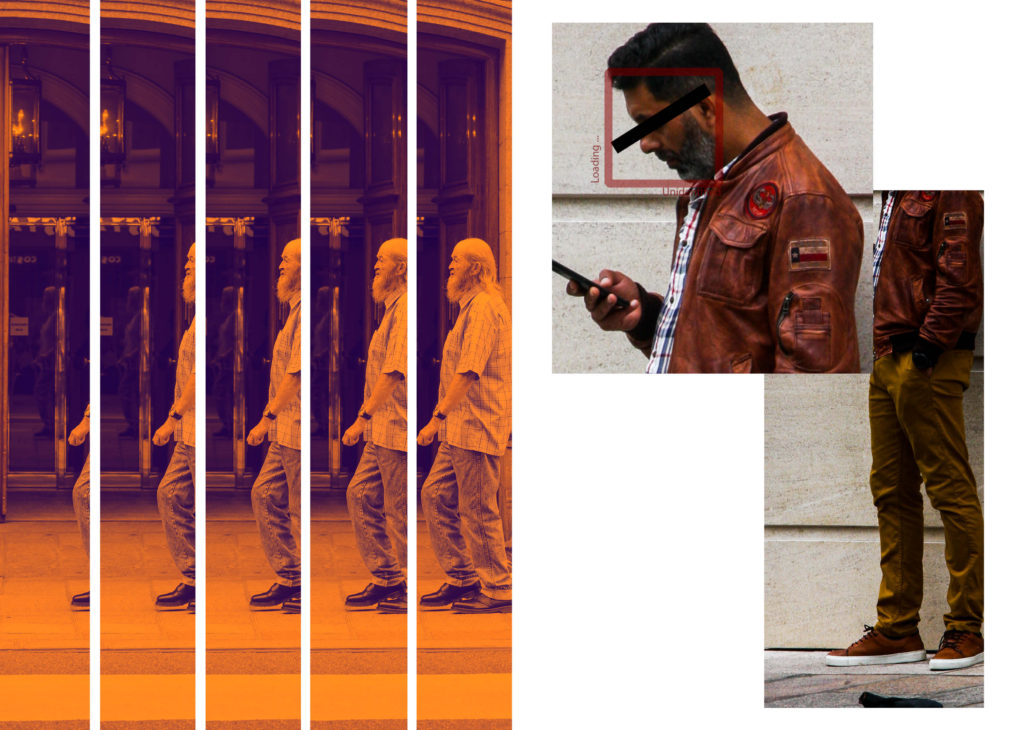
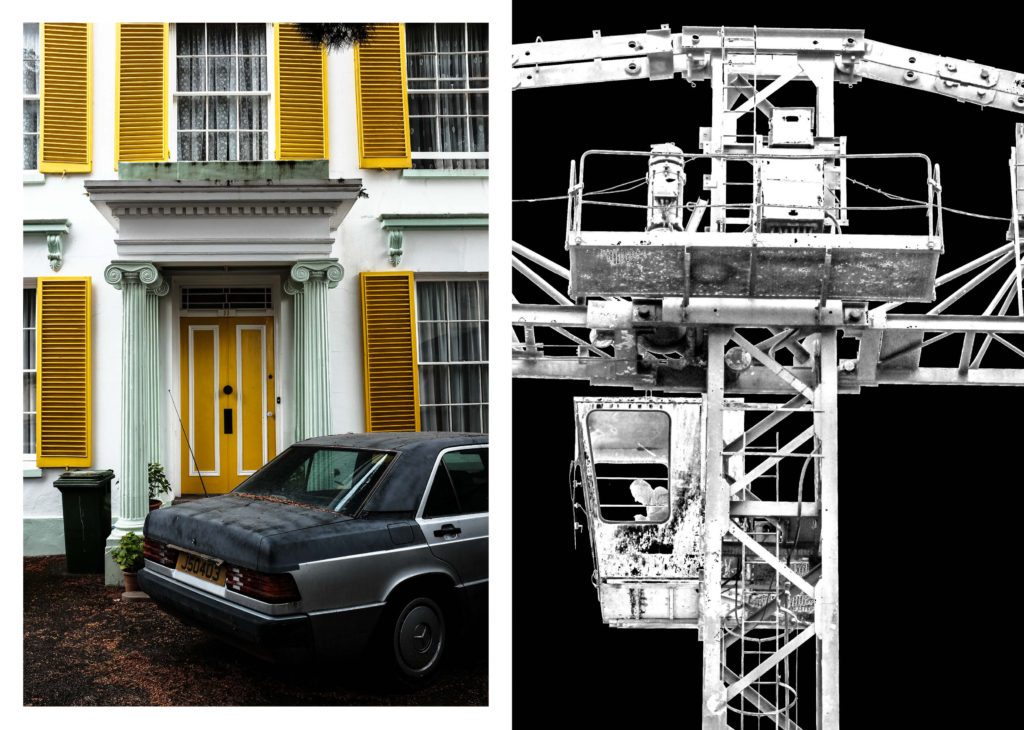



Juxtapose images according to shapes, colours, repetition, object vs portrait
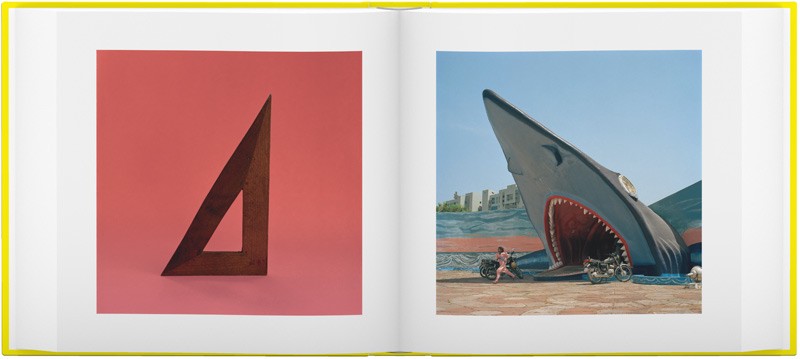
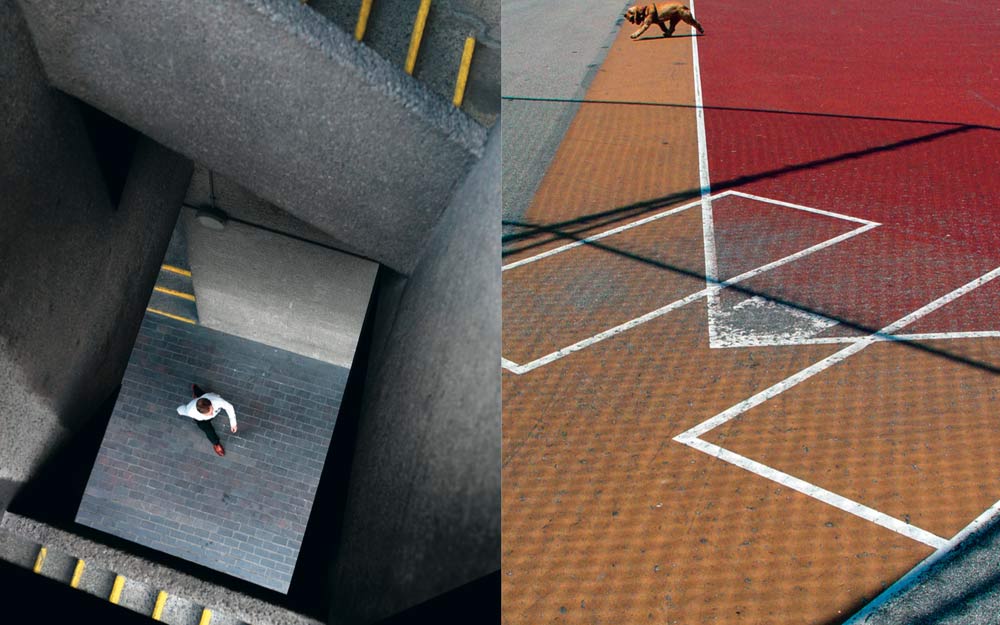

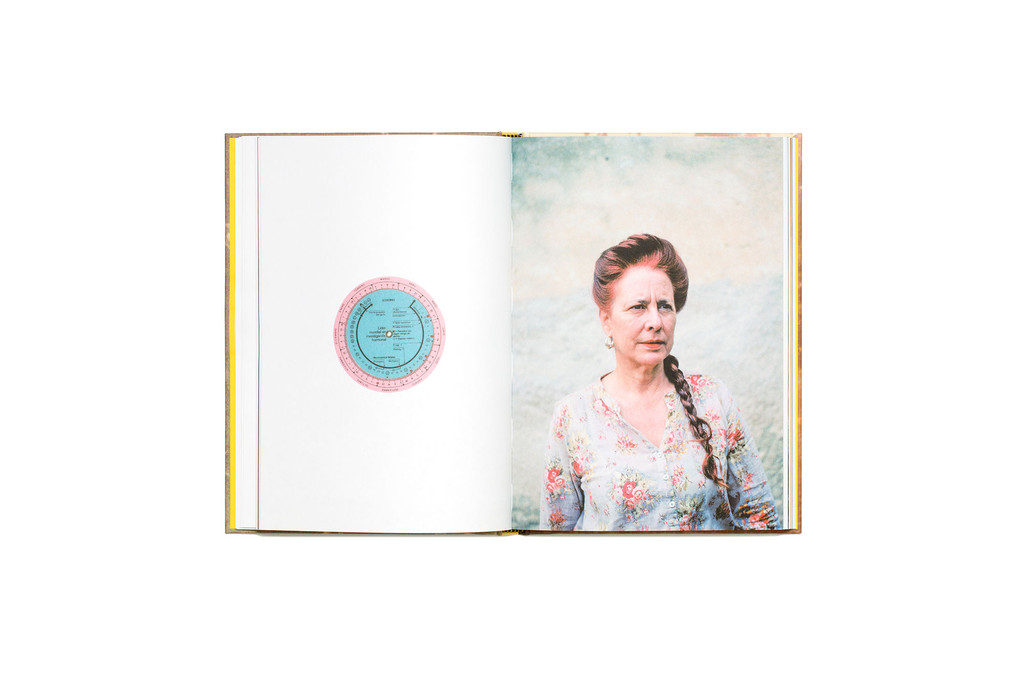
SEQUENCE/ GRID
Henry Mullins: Pages and re-constructed contact-sheets from his portrait albums.
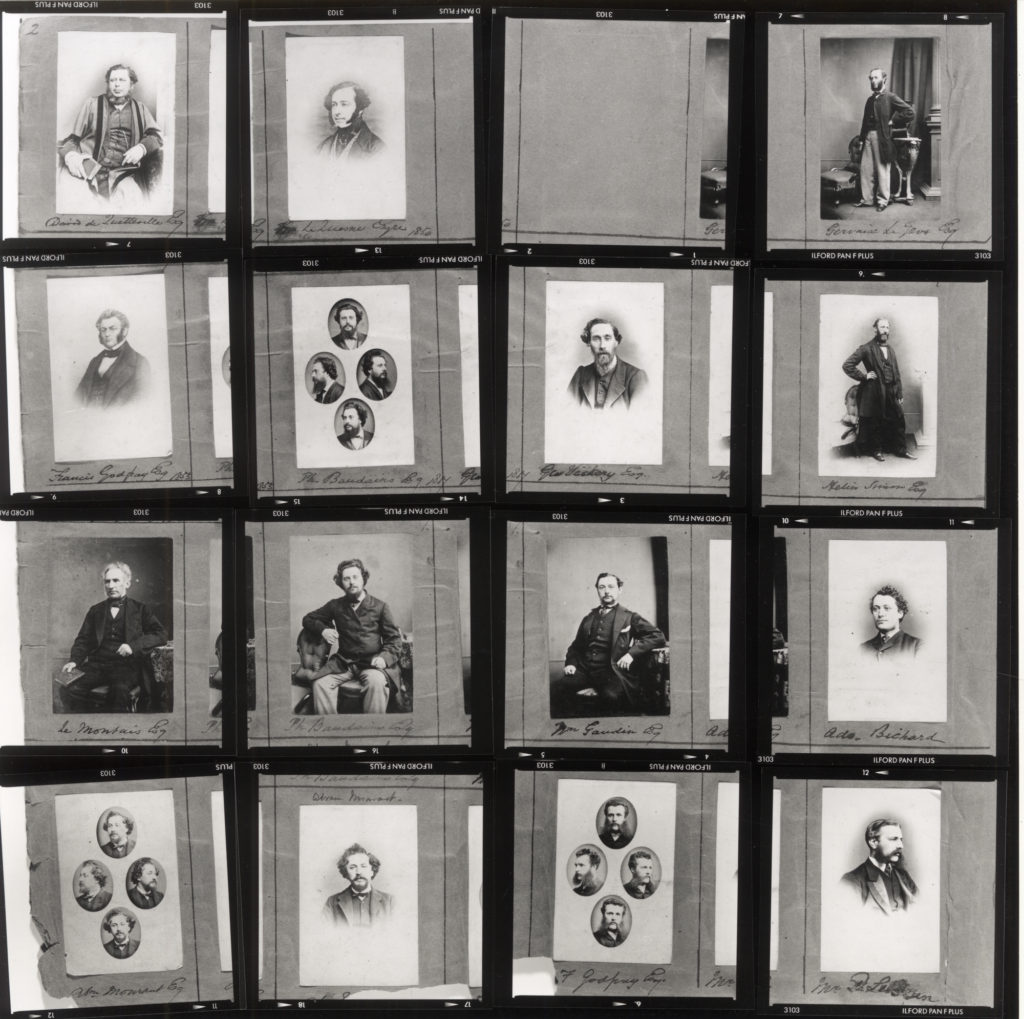
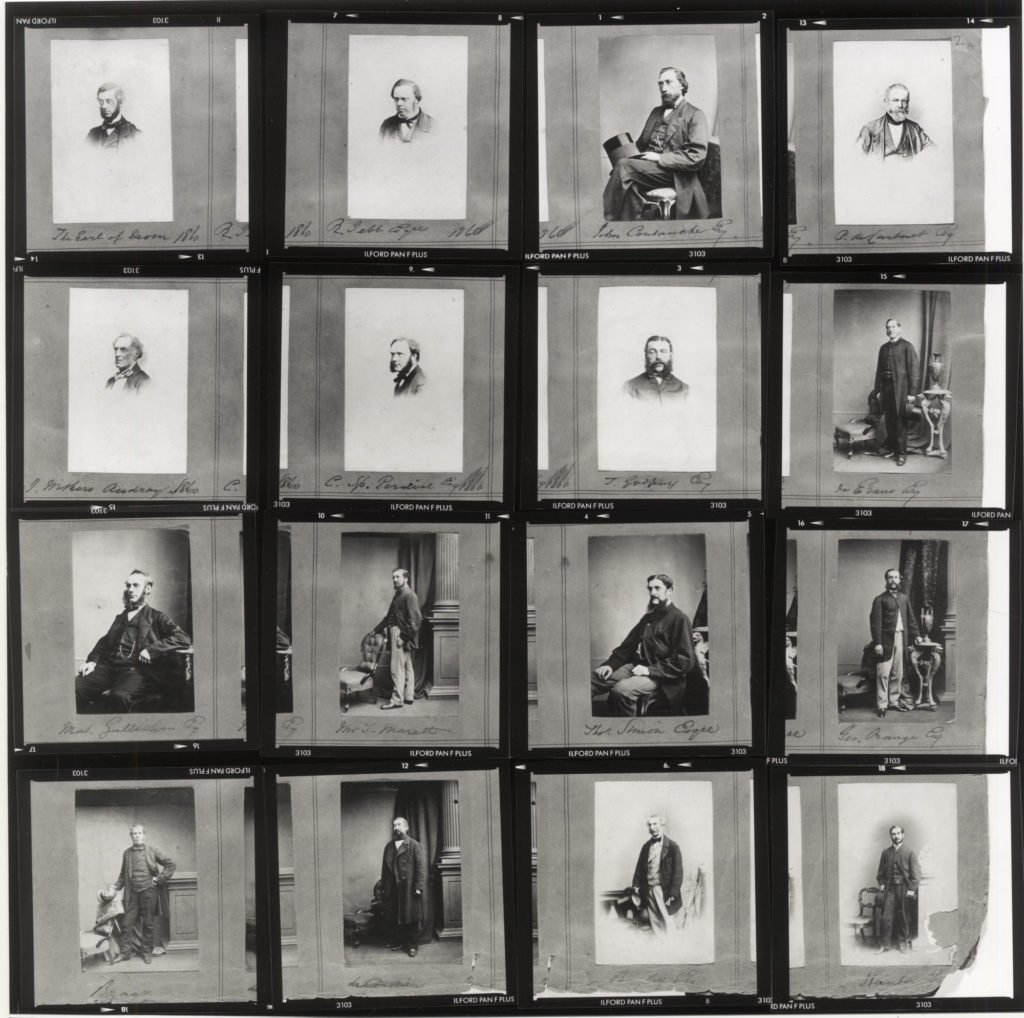


Shannon O’Donnell: That’s Not The Way The River Flows (2019) is a photographic series that playfully explores masculinity and femininity through self-portraits. The work comes from stills taken from moving image of the photographer performing scenes in front of the camera. This project aims to show the inner conflicts that the photographer has with identity and the gendered experience. It reveals the pressures, stereotypes and difficulties faced with growing up in a heavily, yet subtly, gendered society and how that has impacted the acceptance and exploration of the self.
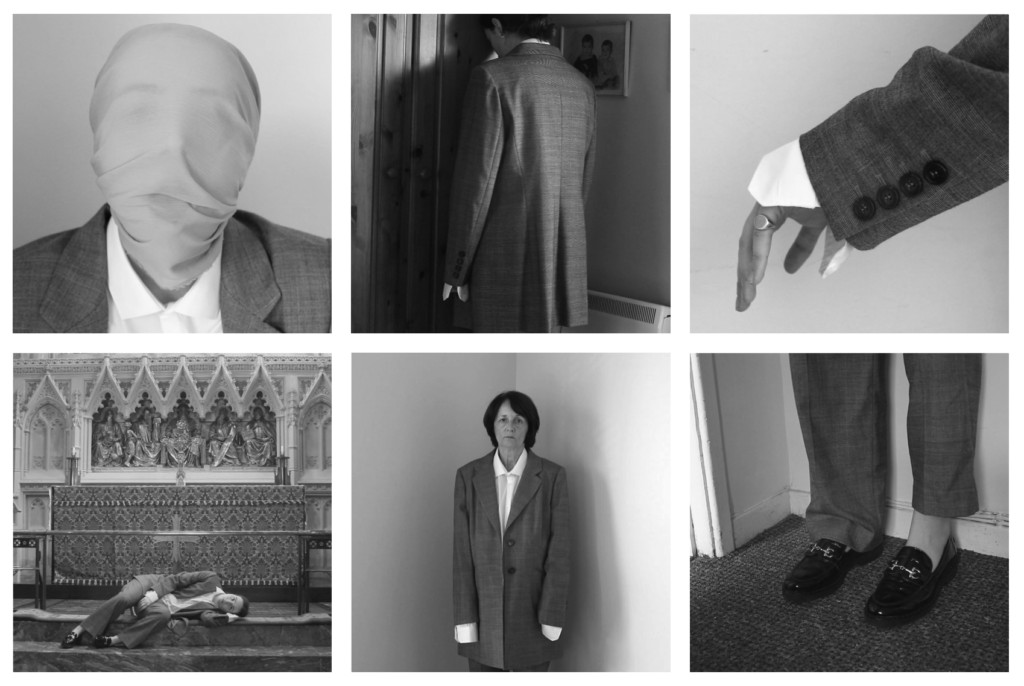
Duane Michals (b. 1932, USA) is one of the great photographic innovators of the last century, widely known for his work with series, multiple exposures, and text. Michals first made significant, creative strides in the field of photography during the 1960s. In an era heavily influenced by photojournalism, Michals manipulated the medium to communicate narratives. The sequences, for which he is widely known, appropriate cinema’s frame-by-frame format. Michals has also incorporated text as a key component in his works. Rather than serving a didactic or explanatory function, his handwritten text adds another dimension to the images’ meaning and gives voice to Michals’s singular musings, which are poetic, tragic, and humorous, often all at once.

Nine gelatin silver prints with hand-applied text
3 3/8 x 5 inches

Seven gelatin silver prints with hand-applied text
3 3/8 x 5 inches (each image)

Five gelatin silver prints with hand-applied text
3 3/8 x 5 inches (each image)
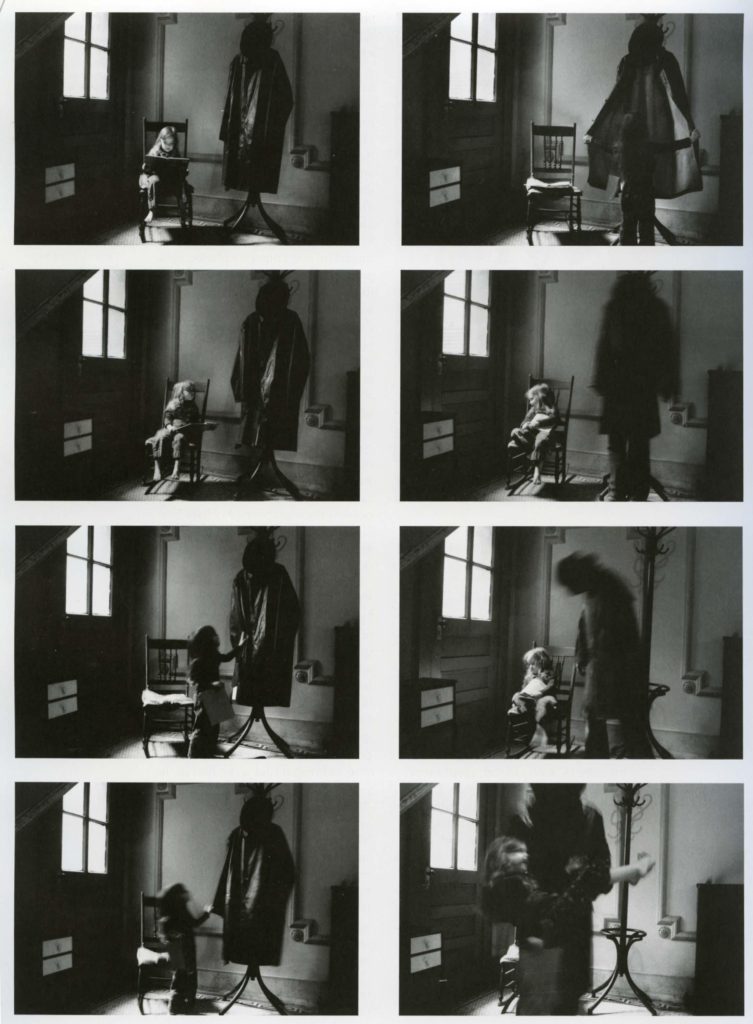
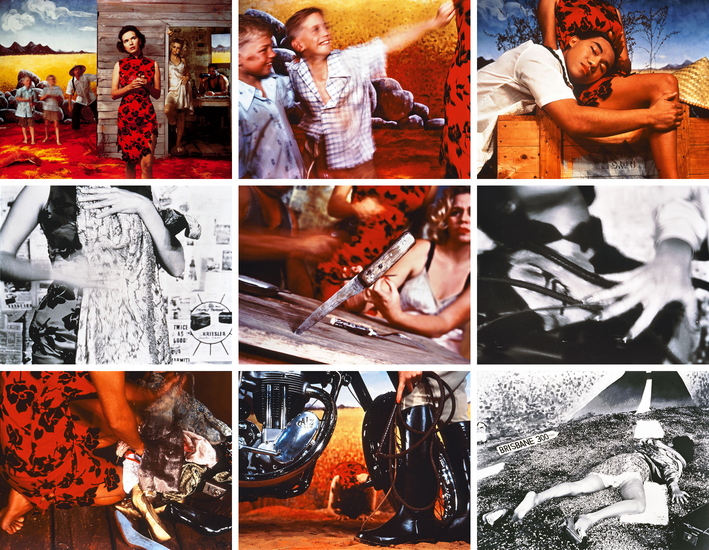
Tracy Moffatt: The nine images in Something More tell an ambiguous tale of a young woman’s longing for ‘something more’, a quest which brings dashed hopes and the loss of innocence. With its staged theatricality and storyboard framing, the series has been described by critic Ingrid Perez as ‘a collection of scenes from a film that was never made’. While the film may never have been made, we recognise its components from a shared cultural memory of B-grade cinema and pulp fiction, from which Moffatt has drawn this melodrama. The ‘scenes’ can be displayed in any order – in pairs, rows or as a grid – and so their storyline is not fixed, although we piece together the arc from naïve country girl to fallen woman abandoned on the roadside in whatever arrangement they take. Moffatt capitalises on the cinematic device of montage, mixing together continuous narrative, flashbacks, cutaways, close-ups and memory or dream sequences, to structure the series, and relies on our knowledge of these devices to make sense and meaning out of the assemblage.
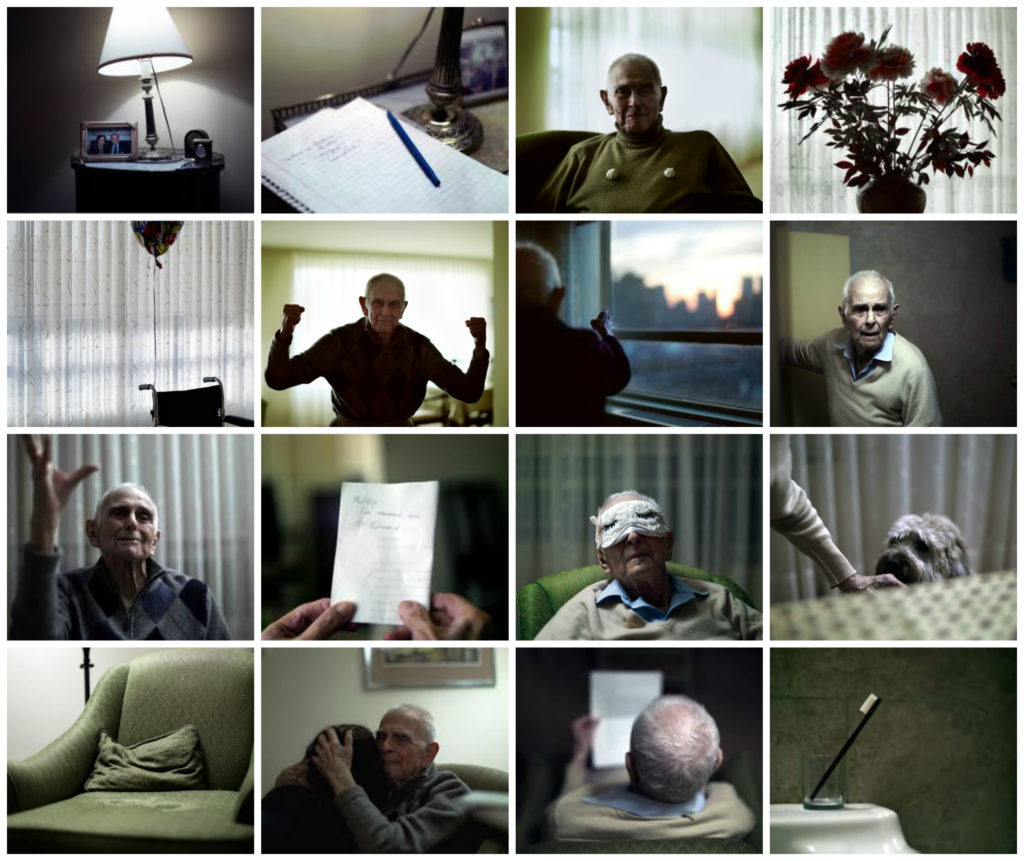
Philip Toledano: DAYS WITH MY FATHER is a son’s photo journal of his aging father’s last years. Following the death of his mother, photographer Phillip Toledano was shocked to learn of the extent of his father’s severe memory loss.
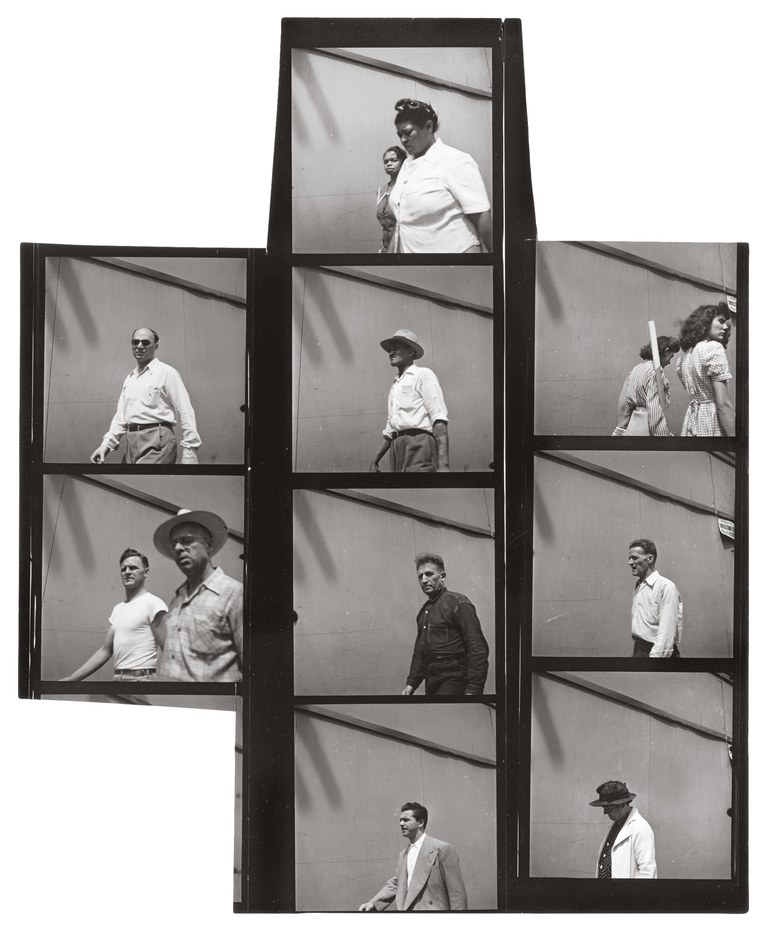
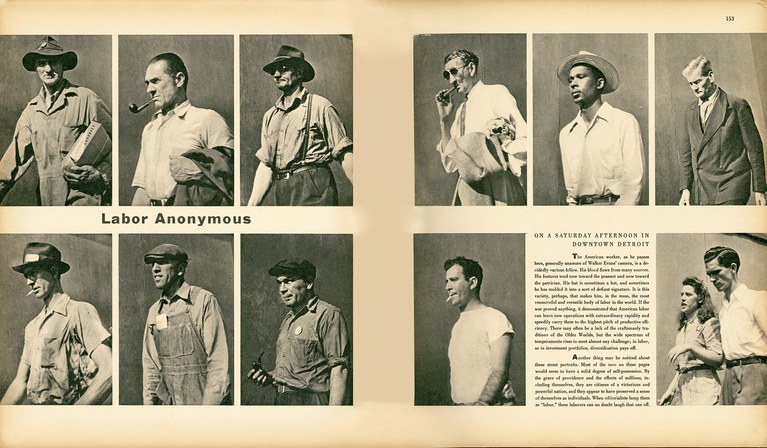
Walker Evans: One of the founding fathers of Documentary Photography Walker Evans used cropping as part of his work. Another pioneer of the photo-essay, W. Eugene Smith also experimented with cropping is his picture-stories
Read more here on Walker Evans and his magazine work and his series Labour Anonymous.

The complete set of 21 offset lithographs, on thin wove paper, with full margins,
all I. various sizes
Hans-Peter Feldmann: (b. 1941 Duesseldorf). The photographic work of Hans-Peter Feldmann began with his own publications in small print-runs between 1968 and 1975. Often using reproductions of photographs from magazines or private snapshots, which he mixed with his own photographs, Feldmann, like Ed Ruscha, undermined the aura of the unique, “authentic” work of art. With his laconic imagery he seeks to break down conventional notions of art.
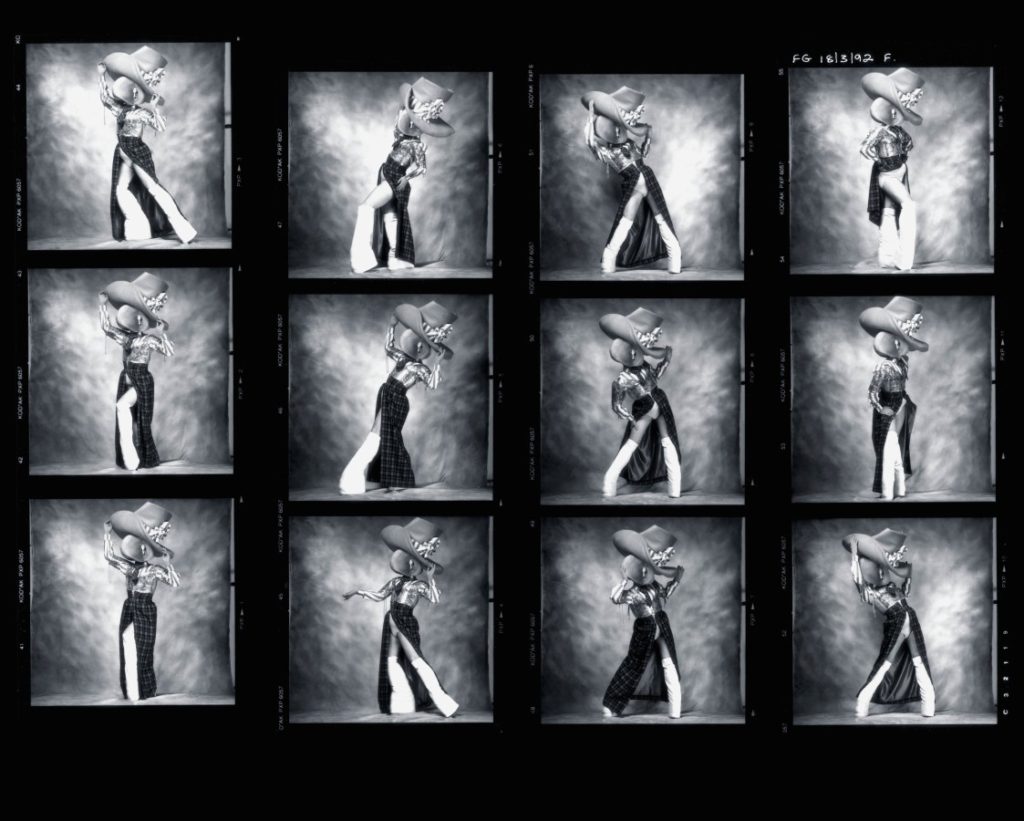
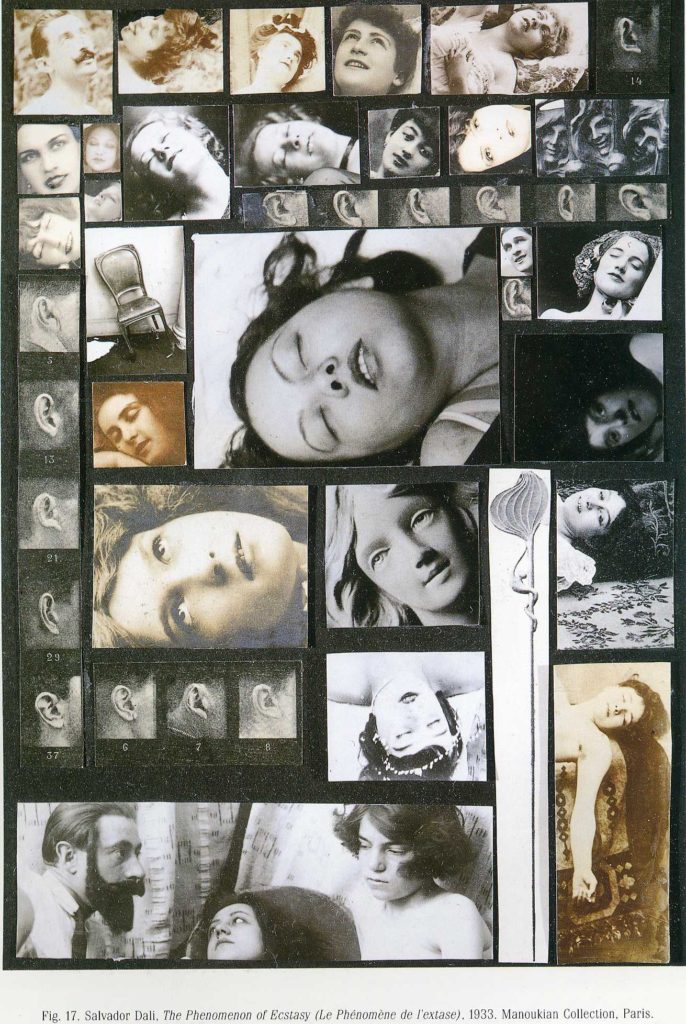
PHOTO-MONTAGE
Photomontage is the process and the result of making a composite photograph by cutting, gluing, rearranging and overlapping two or more photographs into a new image.
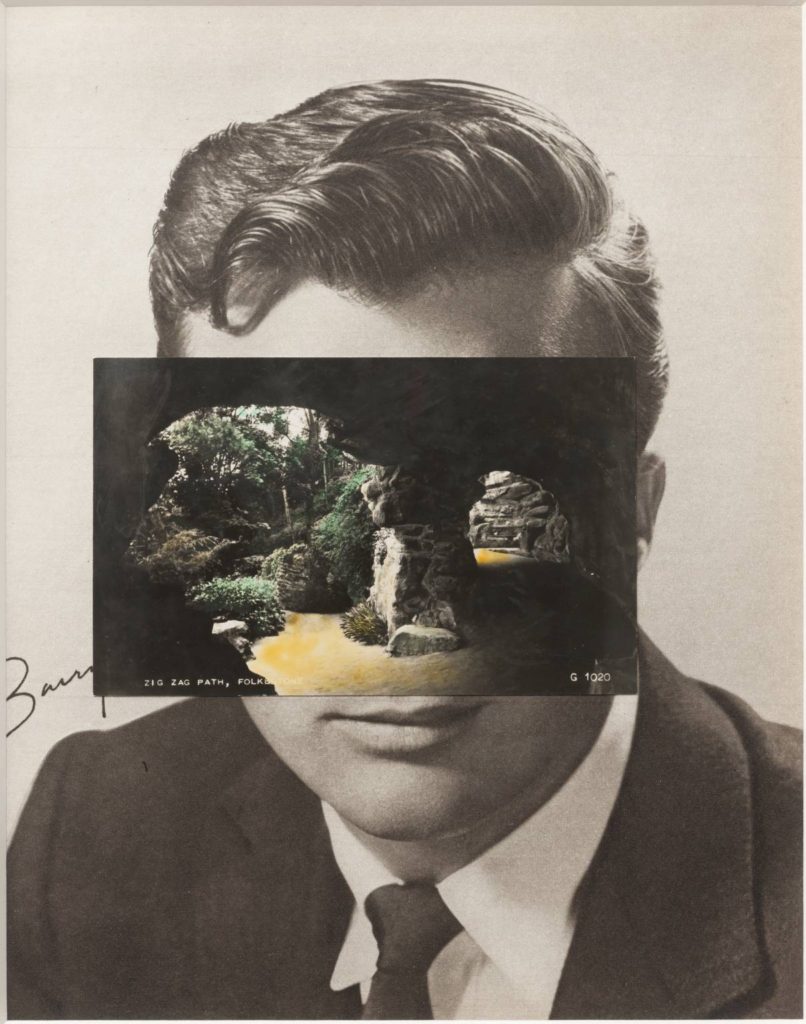
John Stezaker: Is a British artist who is fascinated by the lure of images. Taking classic movie stills, vintage postcards and book illustrations, Stezaker makes collages to give old images a new meaning. By adjusting, inverting and slicing separate pictures together to create unique new works of art, Stezaker explores the subversive force of found images. Stezaker’s famous Mask series fuses the profiles of glamorous sitters with caves, hamlets, or waterfalls, making for images of eerie beauty.
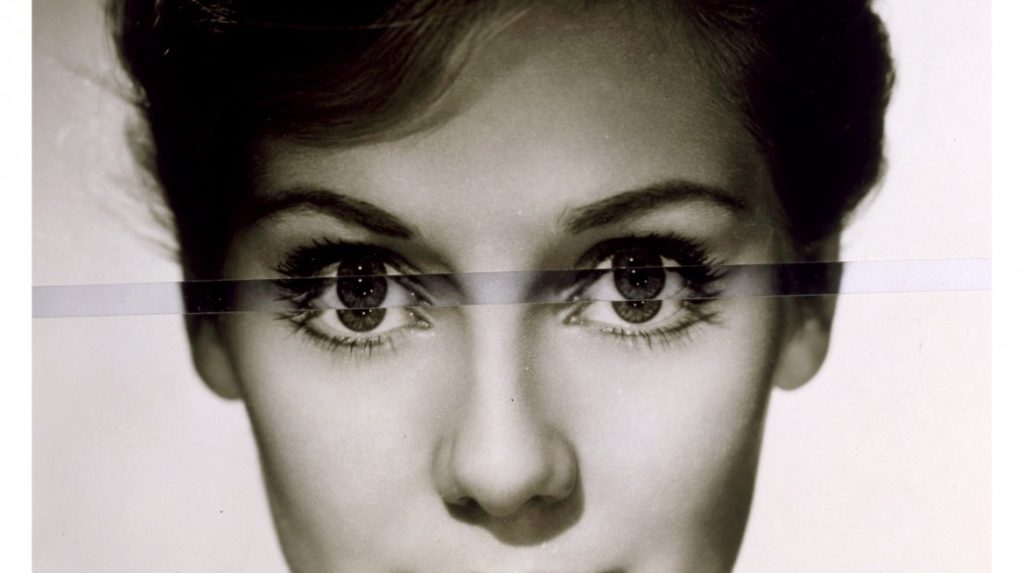
His ‘Dark Star’ series turns publicity portraits into cut-out silhouettes, creating an ambiguous presence in the place of the absent celebrity. Stezaker’s way of giving old images a new context reaches its height in the found images of his Third Person Archive: the artist has removed delicate, haunting figures from the margins of obsolete travel illustrations. Presented as images on their own, they now take the centre stage of our attention


Thomas Sauvin and Kensuke Koike: ‘No More, No Less’
In 2015, French artist Thomas Sauvin acquired an album produced in the early 1980s by an unknown Shanghai University photography student. This volume was given a second life through the expert hands of Kensuke Koike, a Japanese artist based in Venice whose practice combines collage and found photography. The series, “No More, No Less”, born from the encounter between Koike and Sauvin, includes new silver prints made from the album’s original negatives. These prints were then submitted to Koike’s sharp imagination, who, with a simple blade and adhesive tape, deconstructs and reinvents the images. However, these purely manual interventions all respect one single formal rule: nothing is removed, nothing is added, “No More, No Less”. In such a context that blends freedom and constraint, Koike and Sauvin meticulously explore the possibilities of an image only made up of itself.

